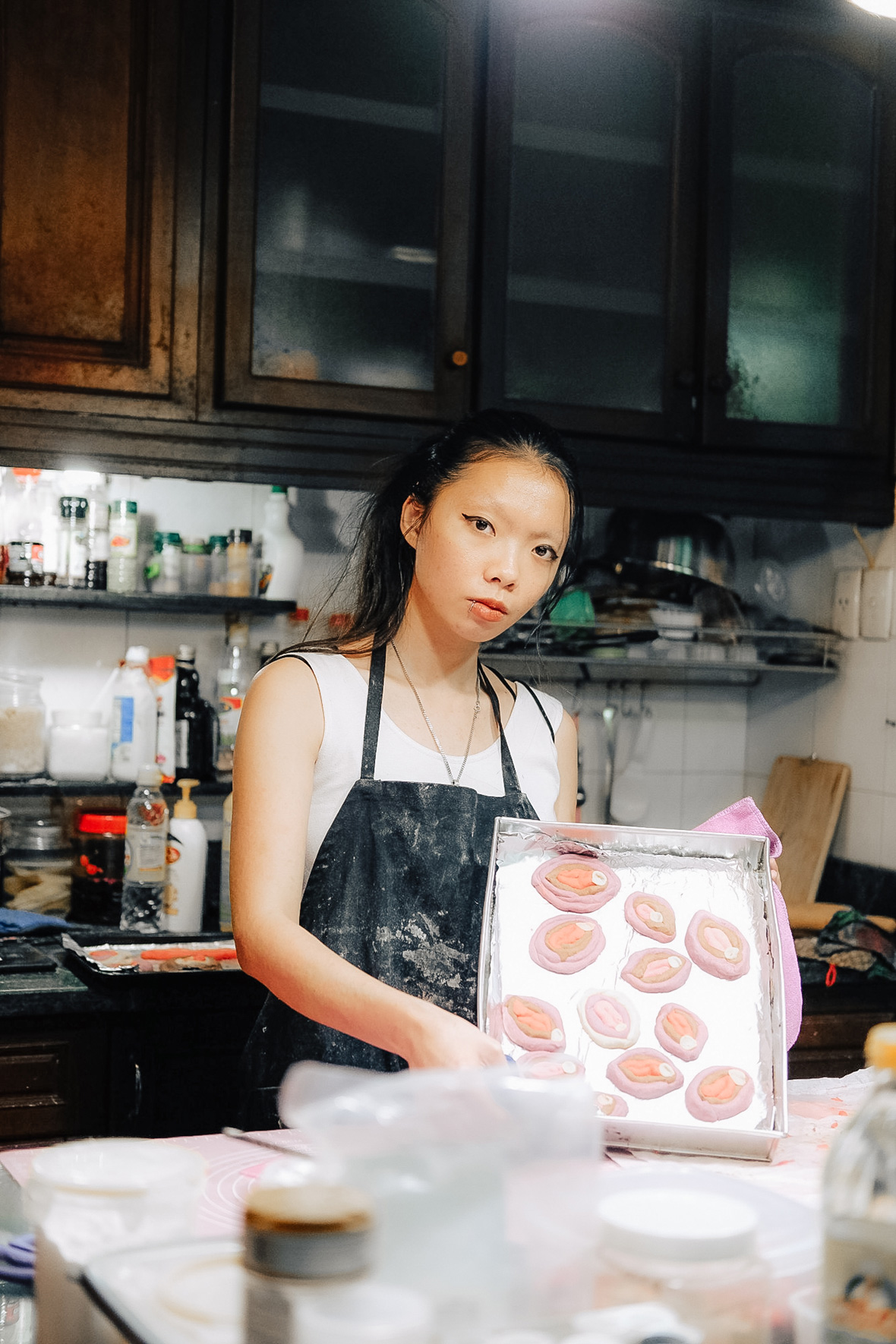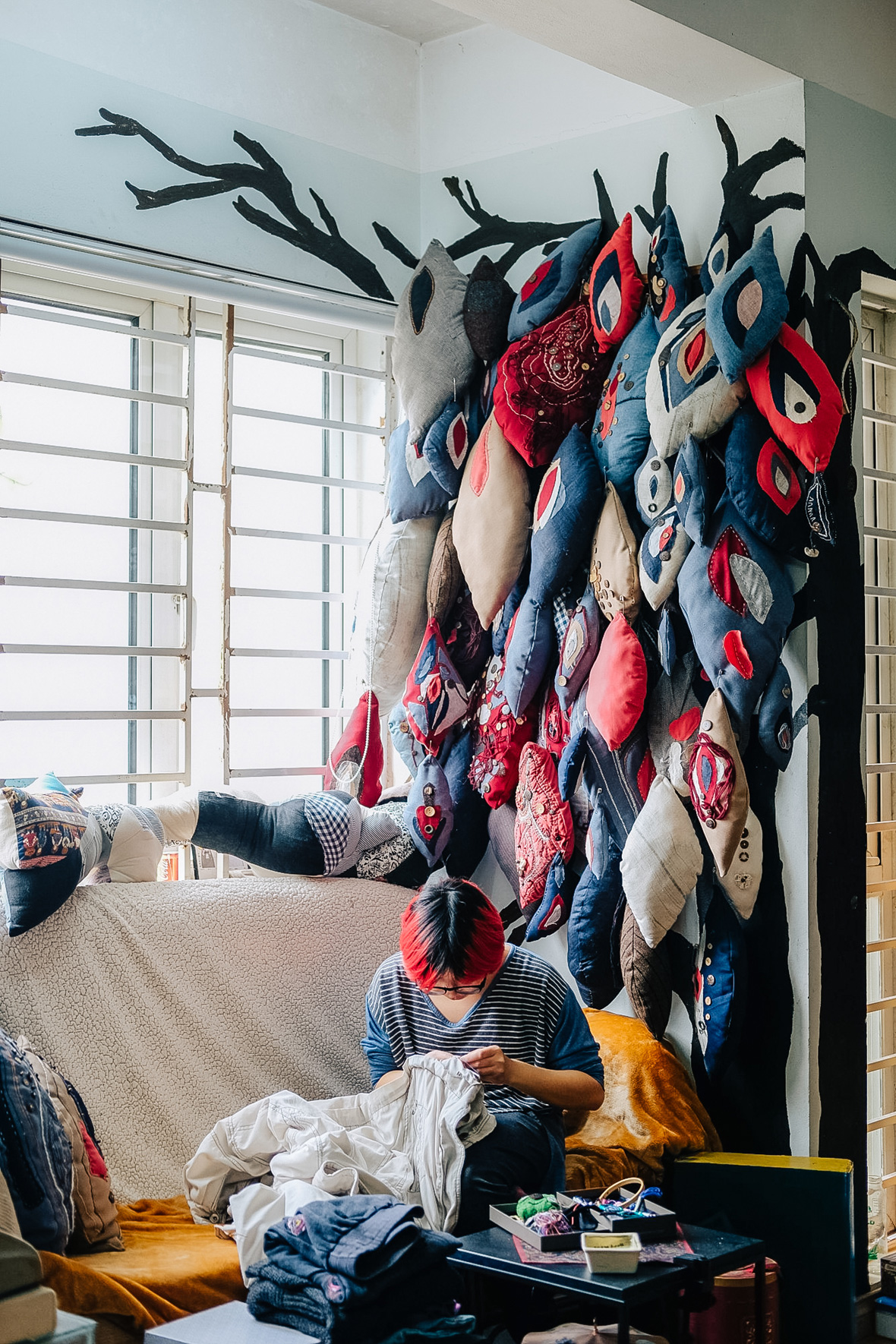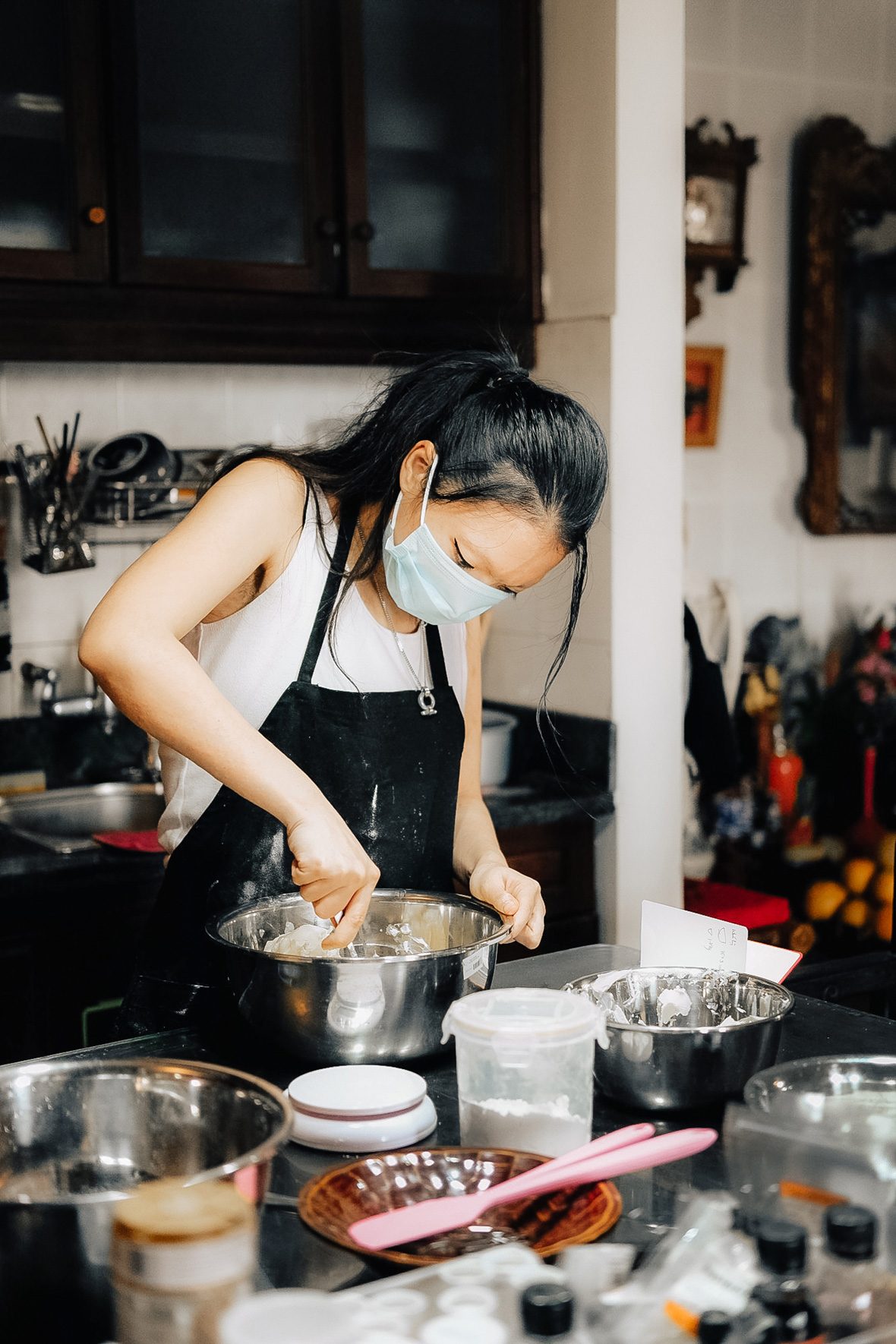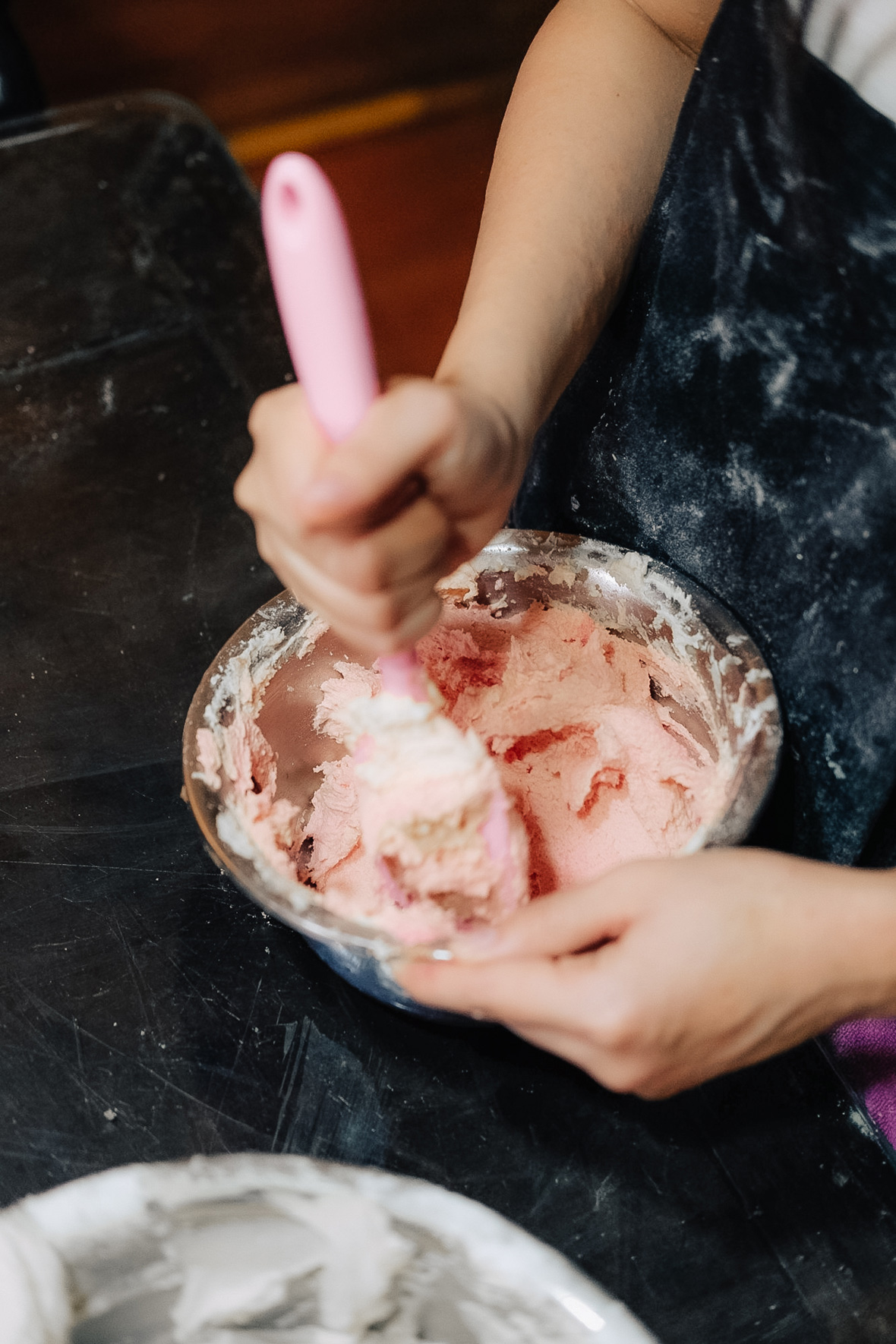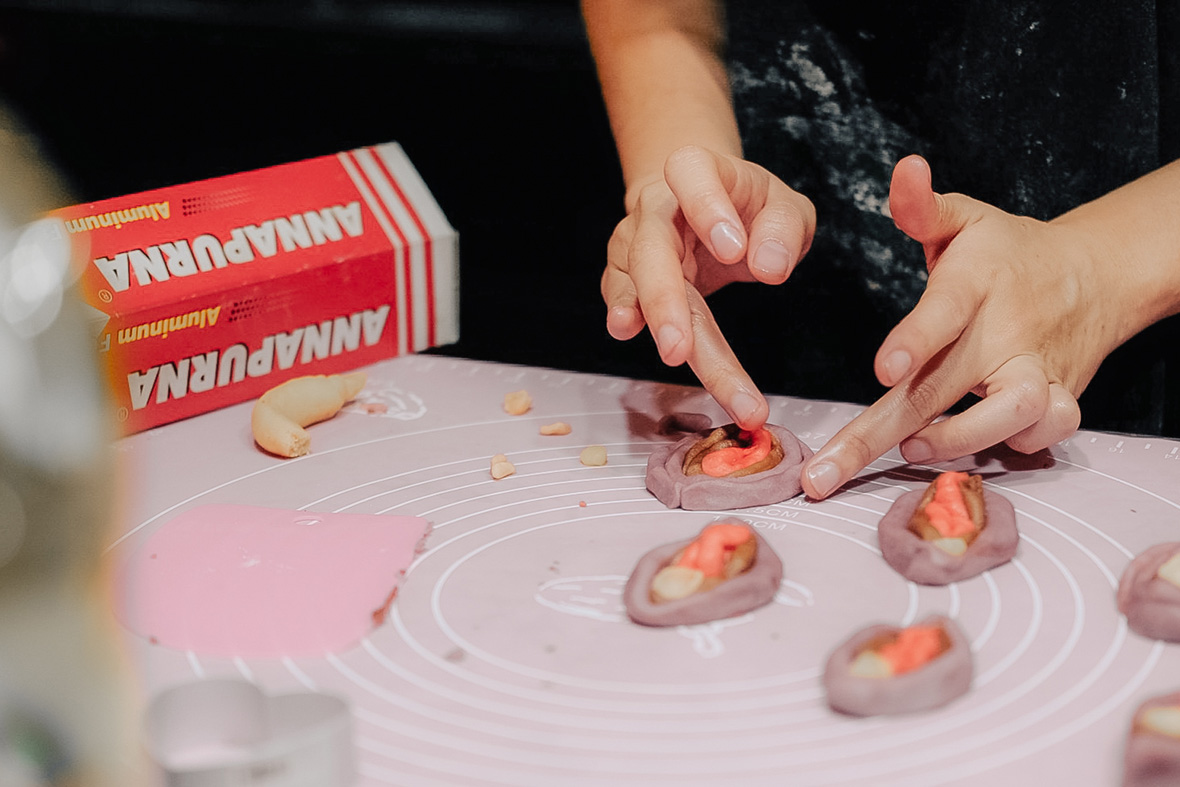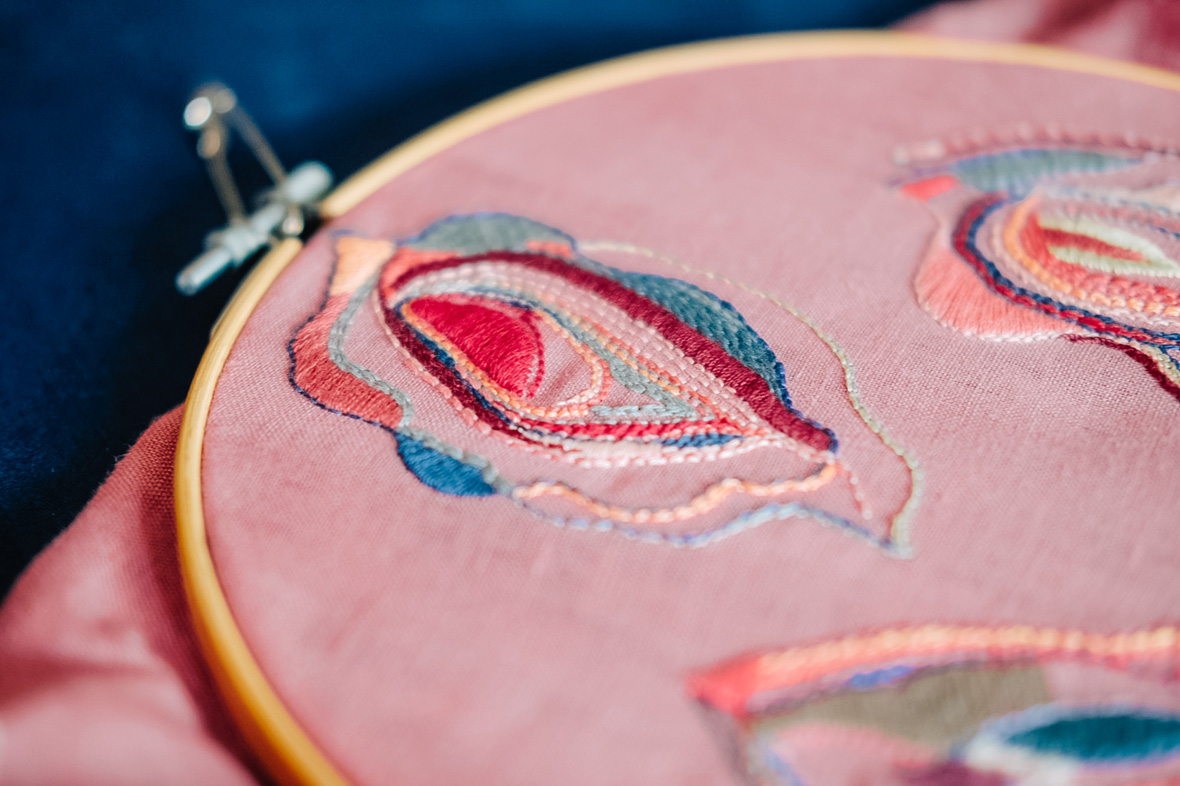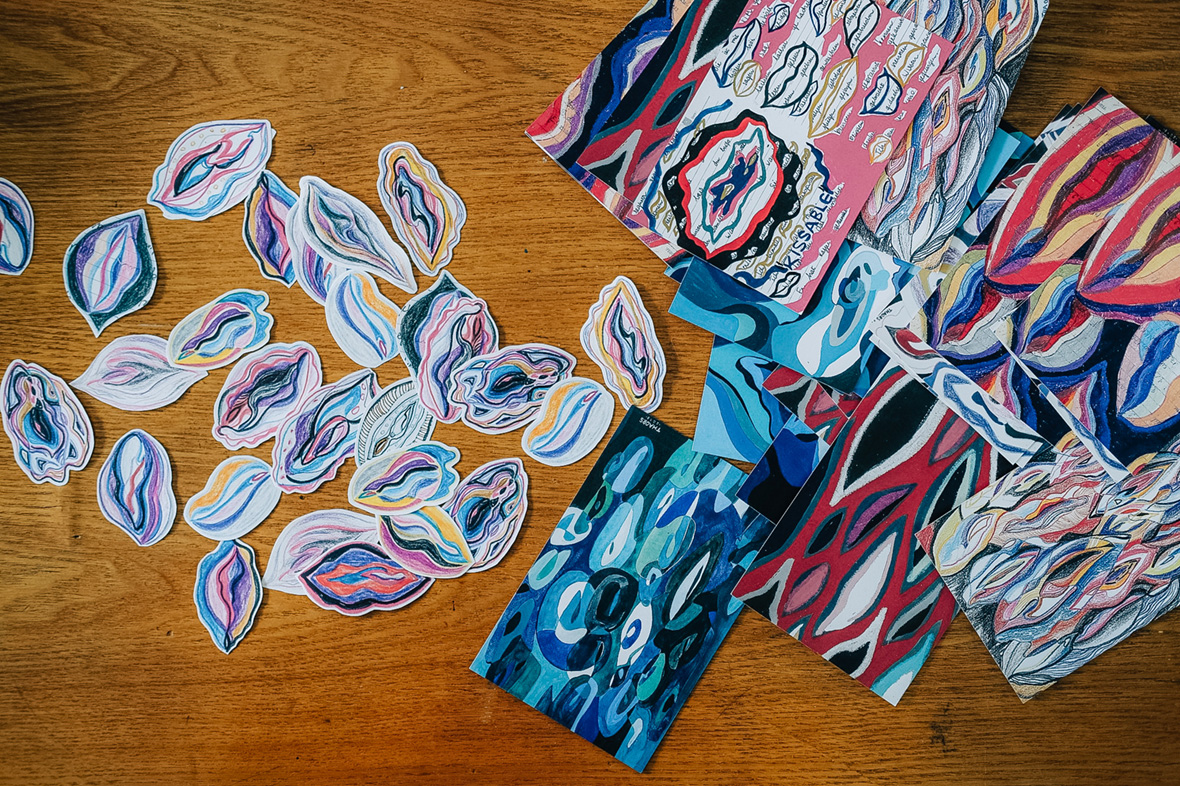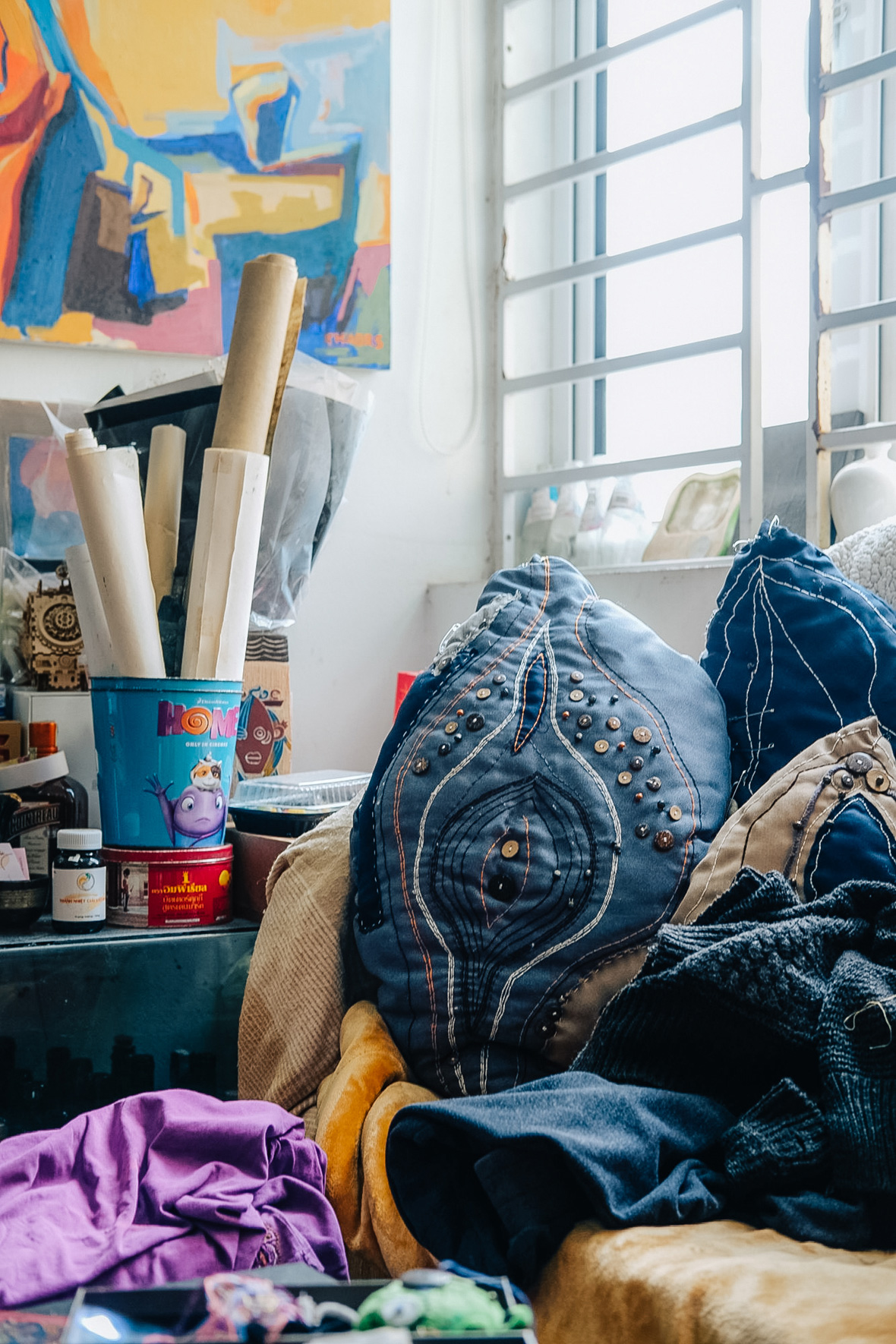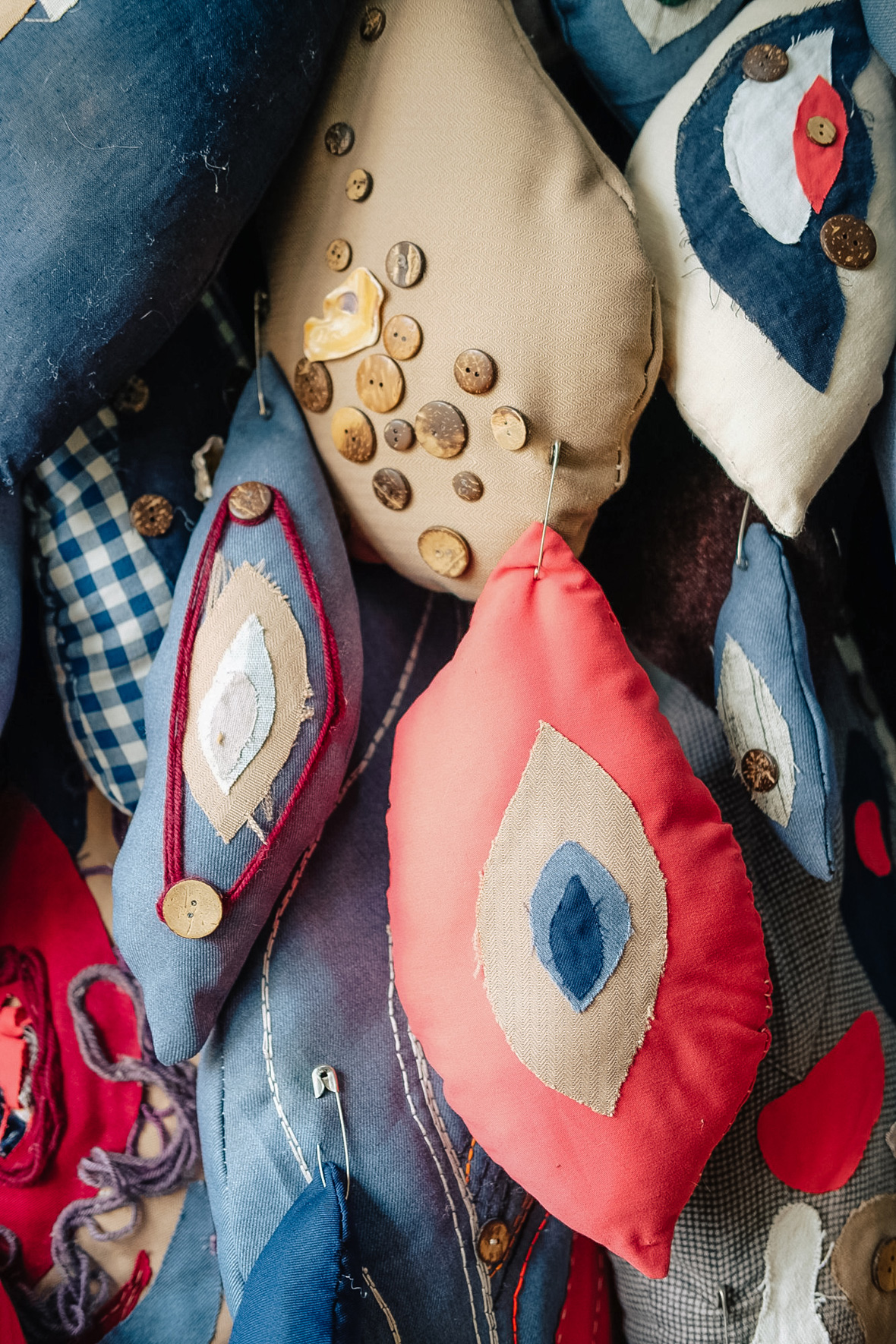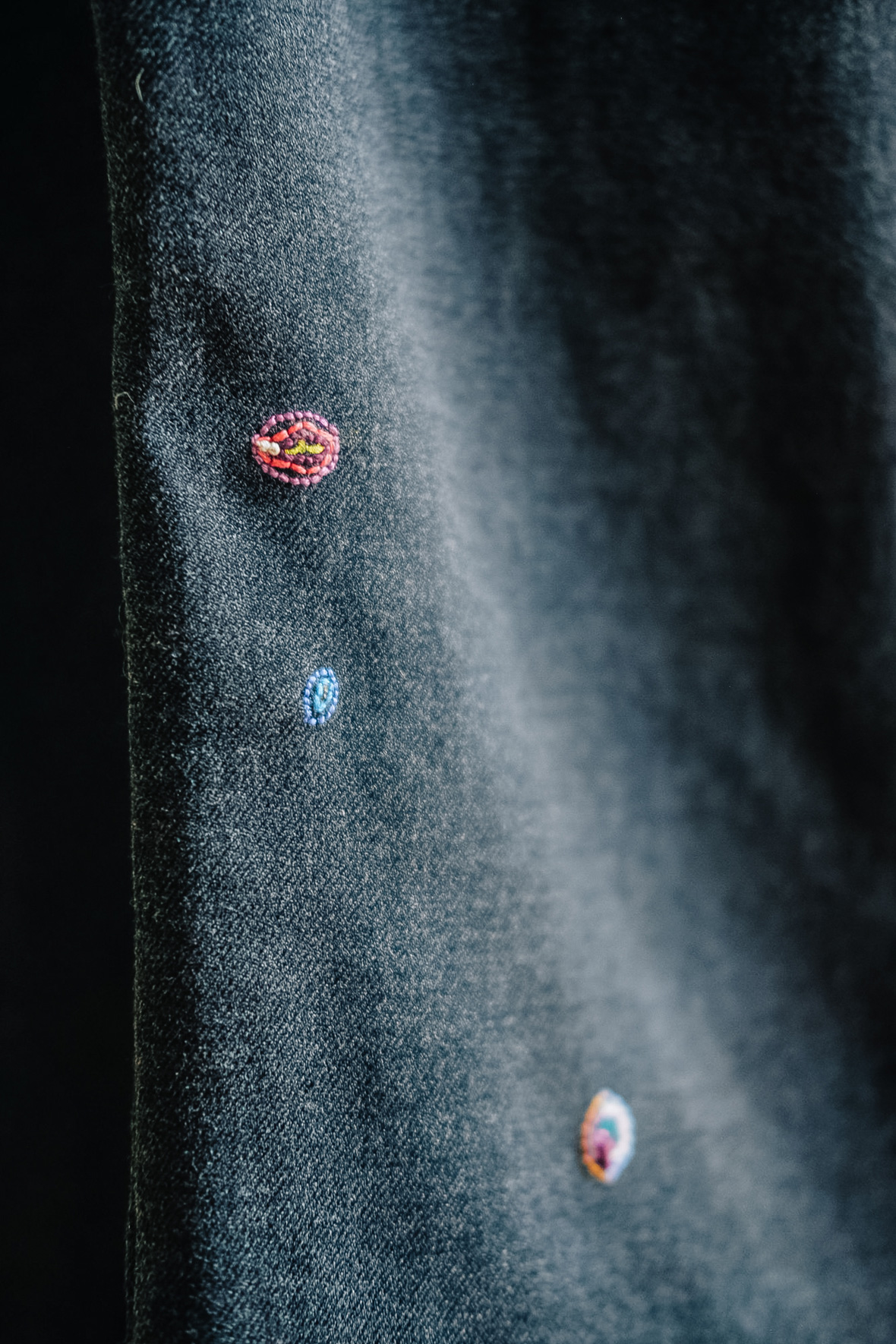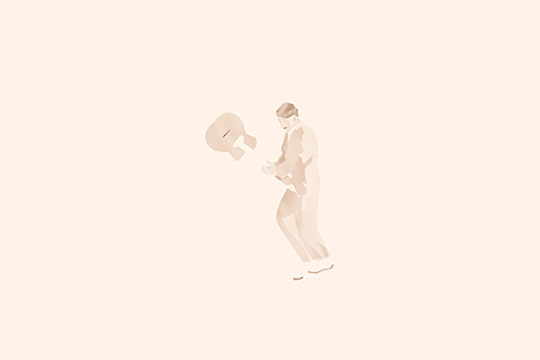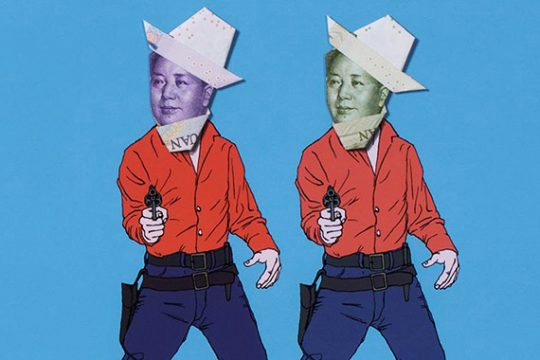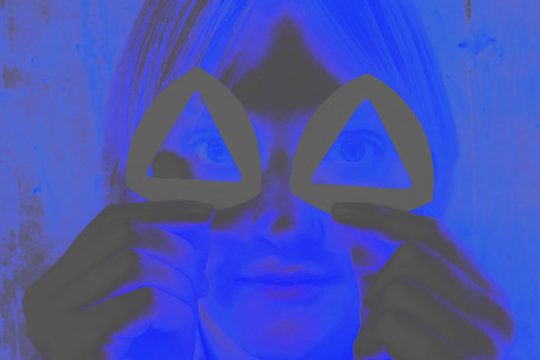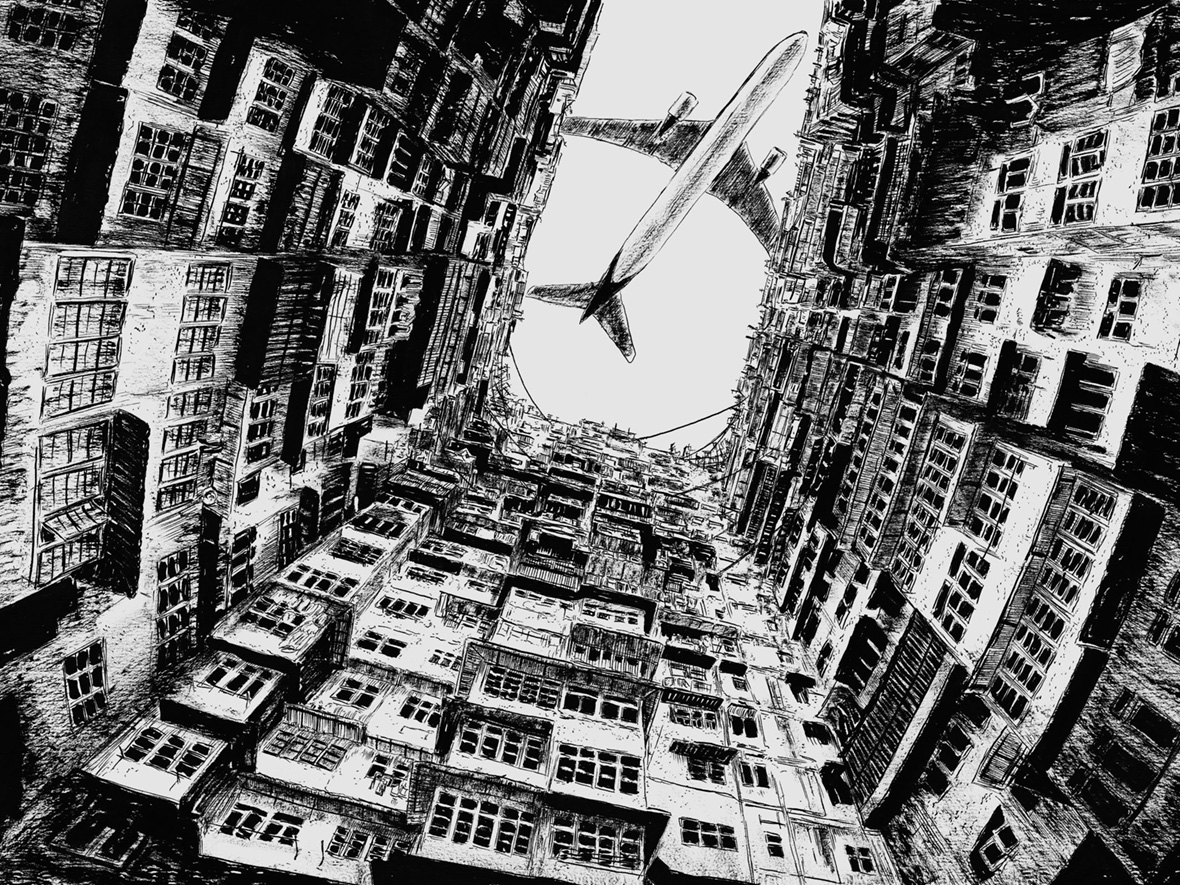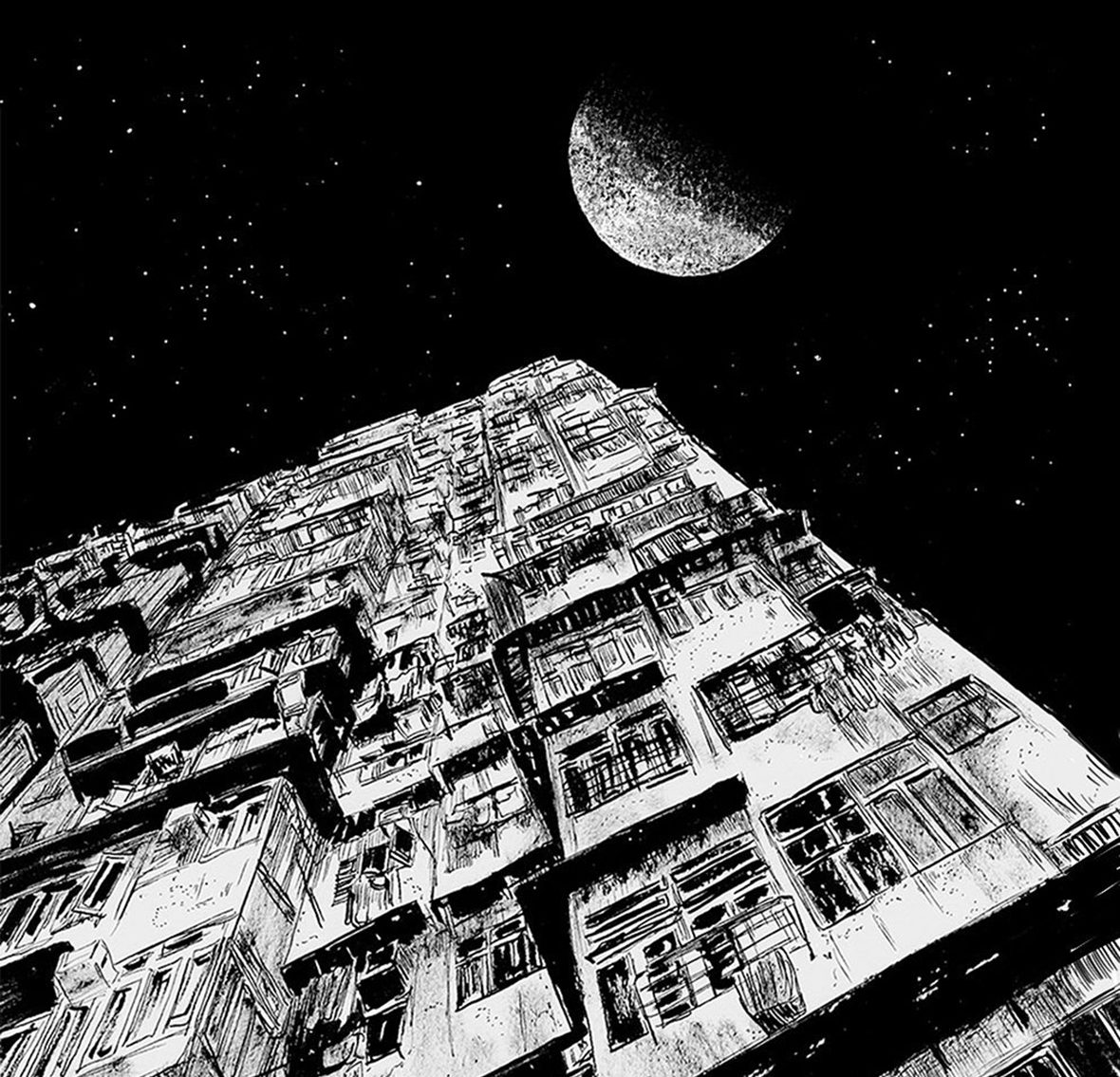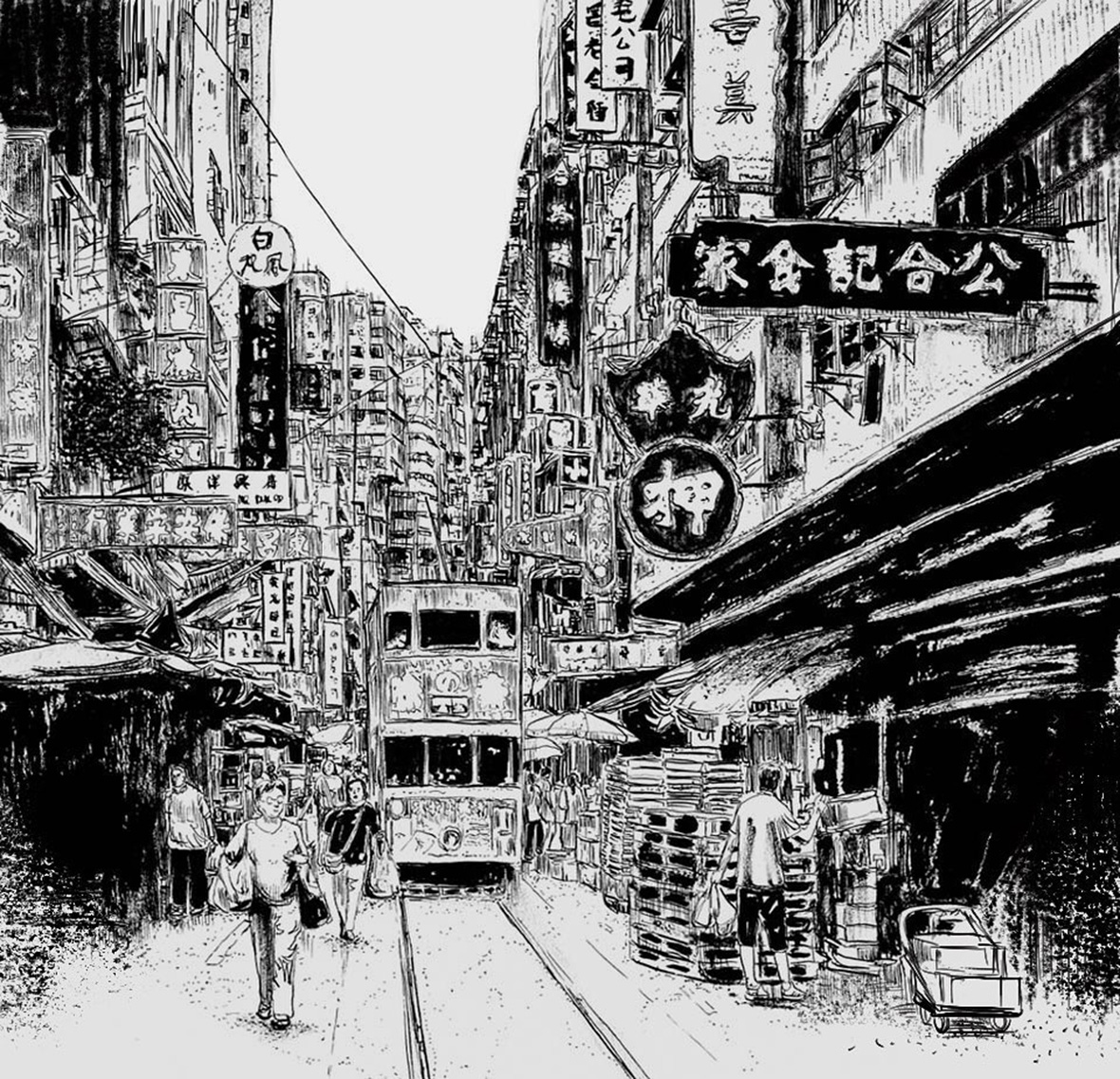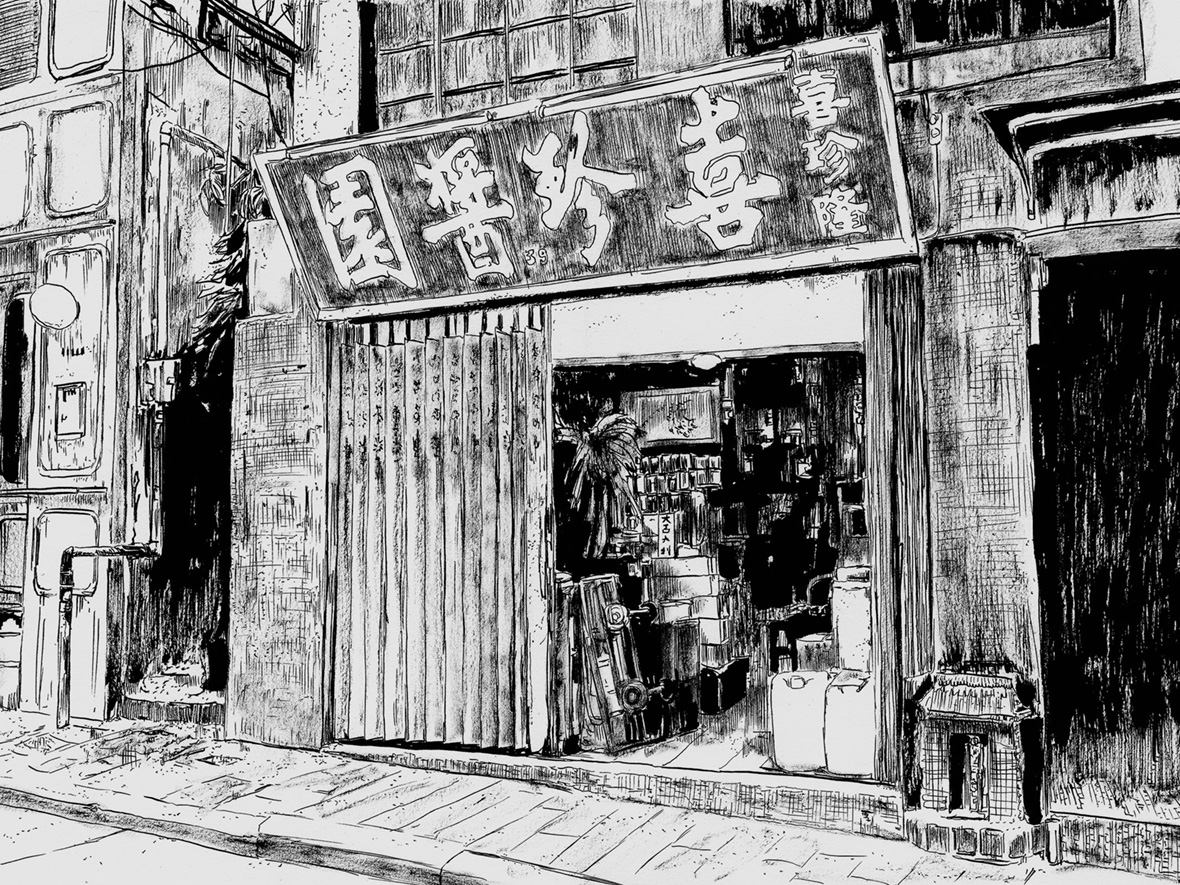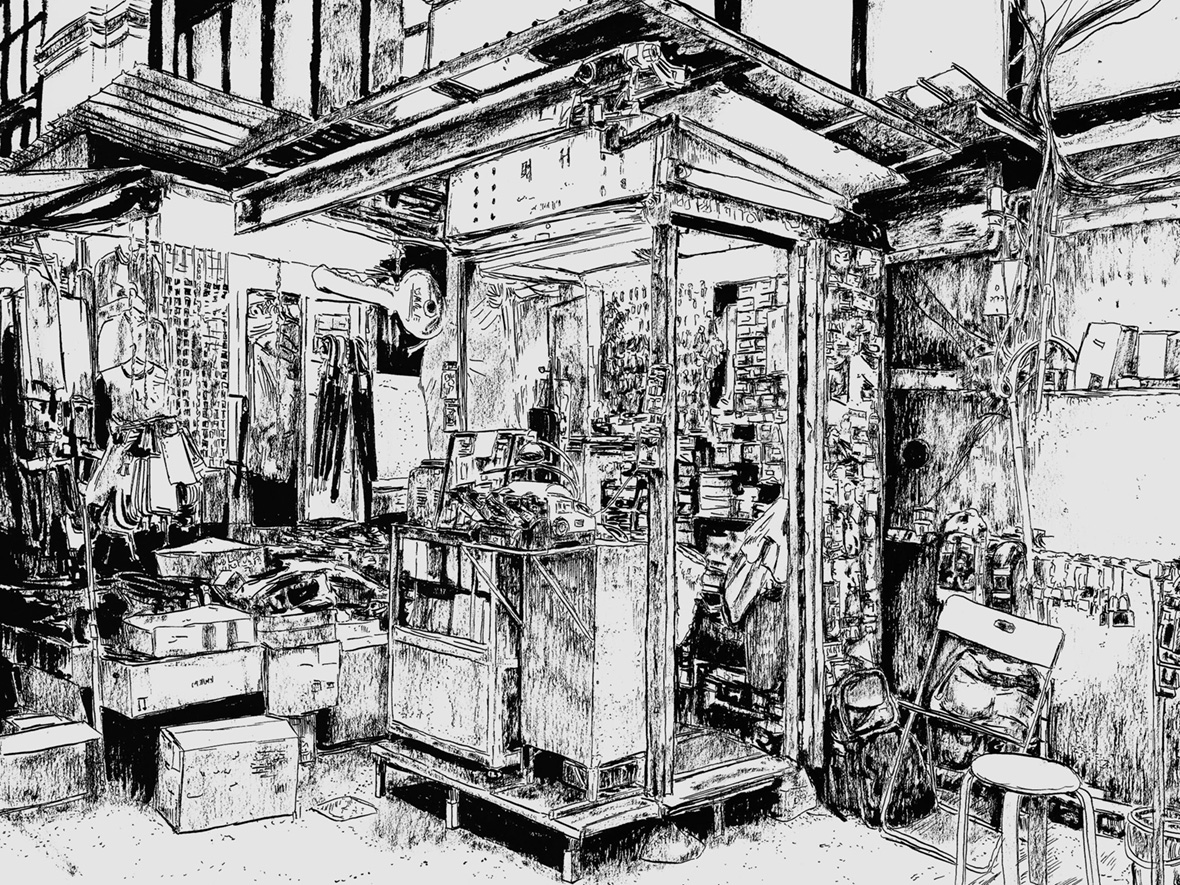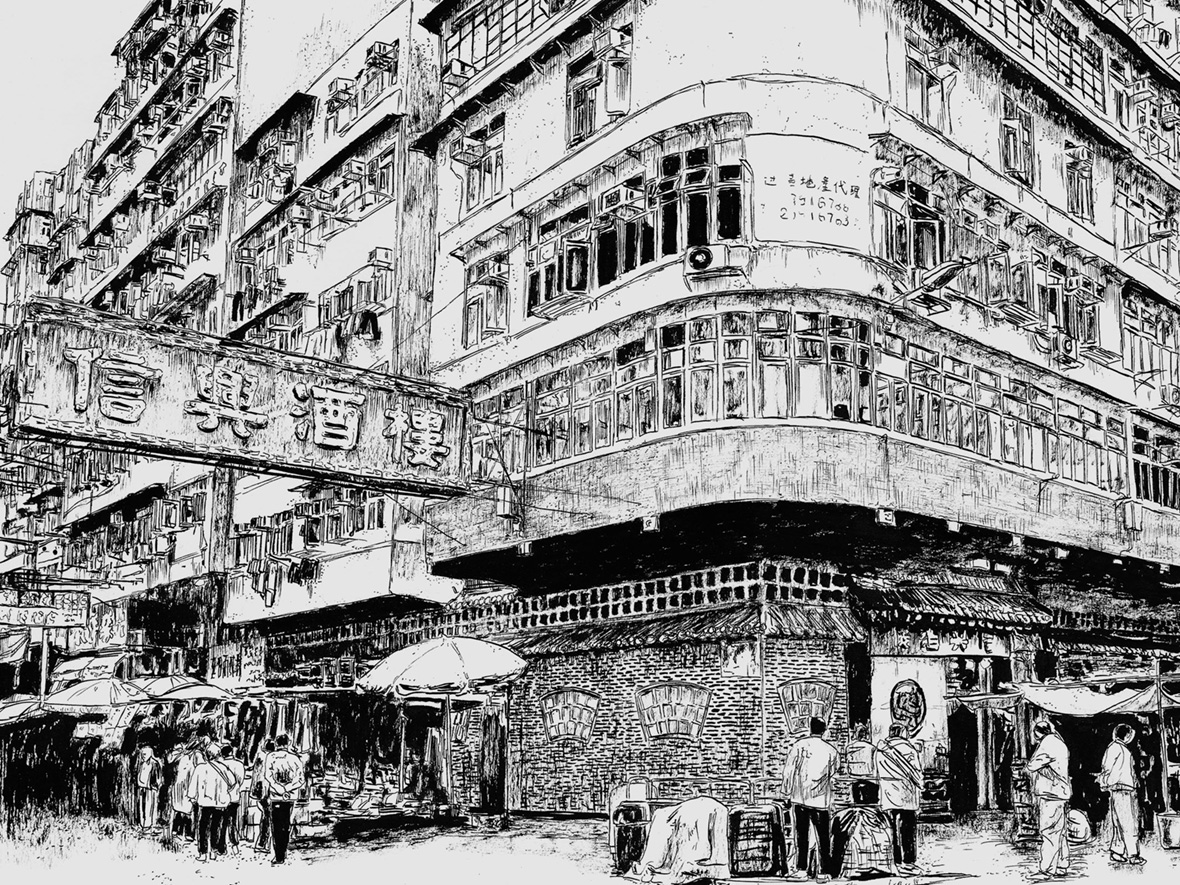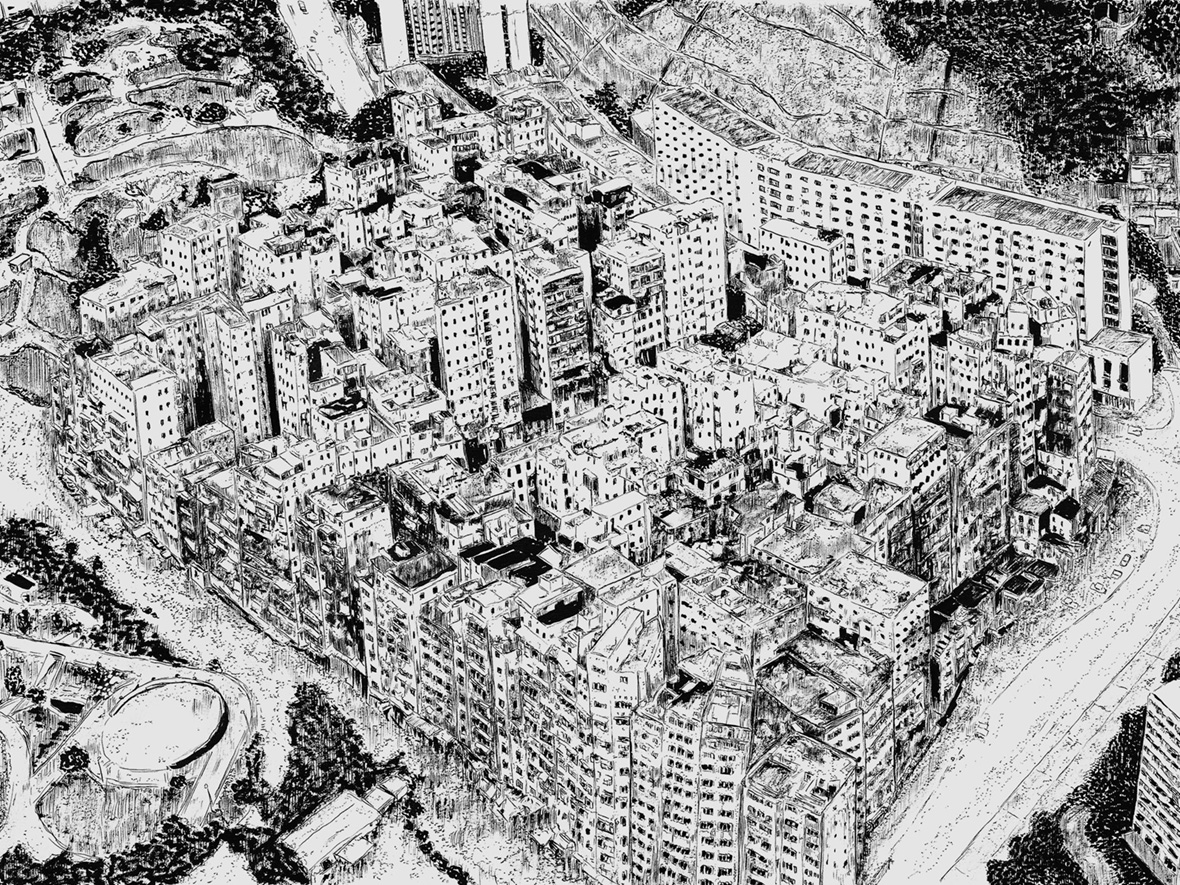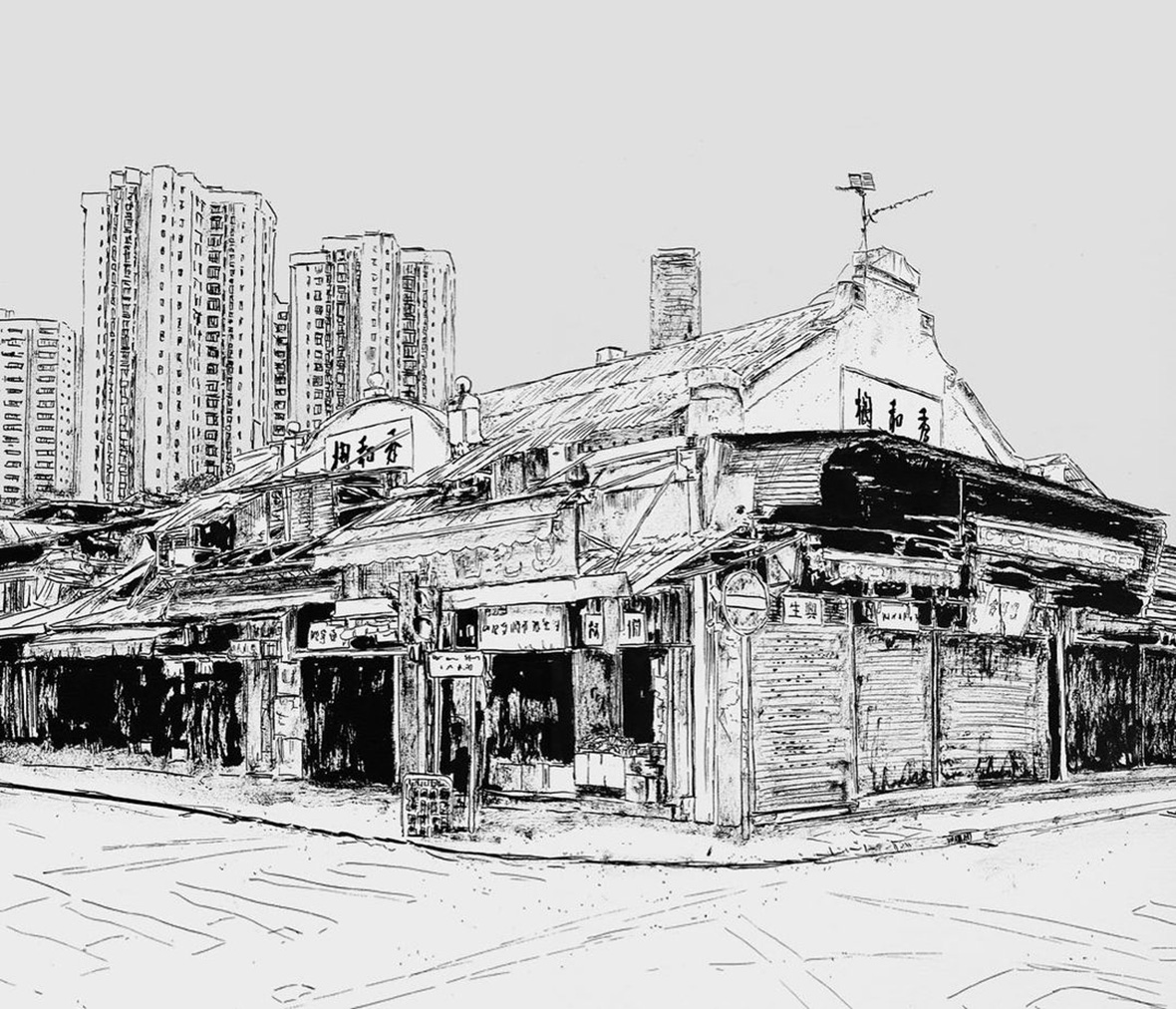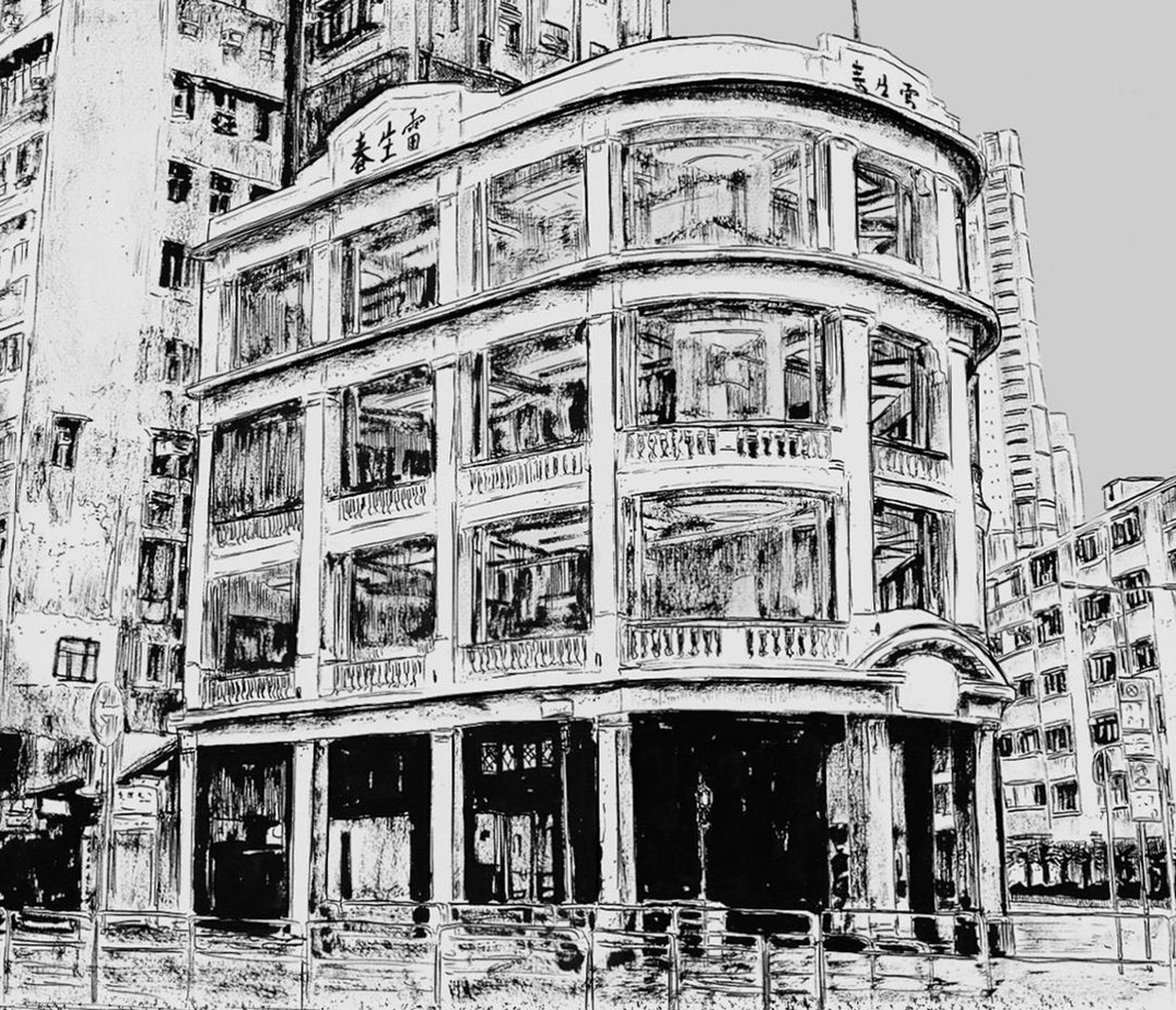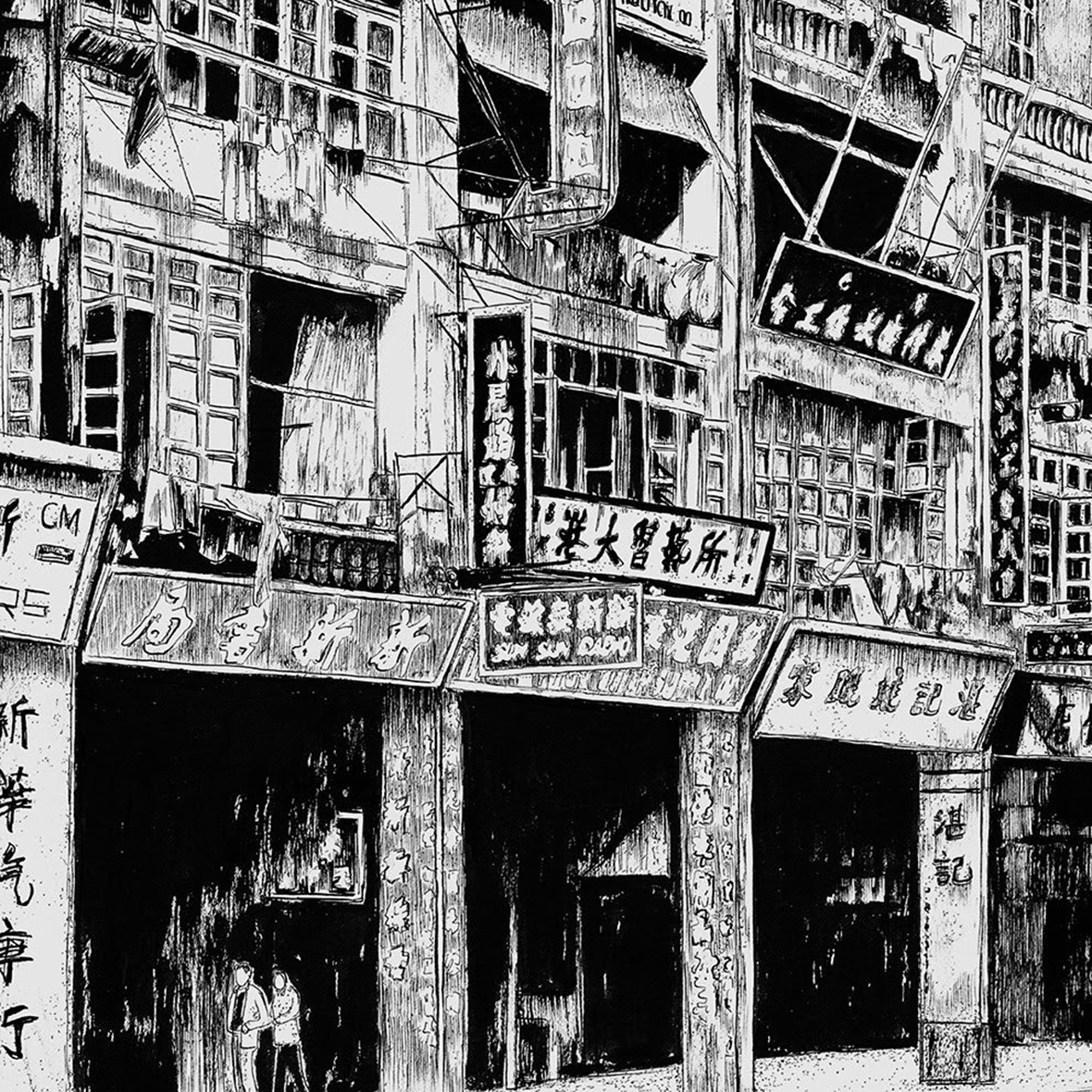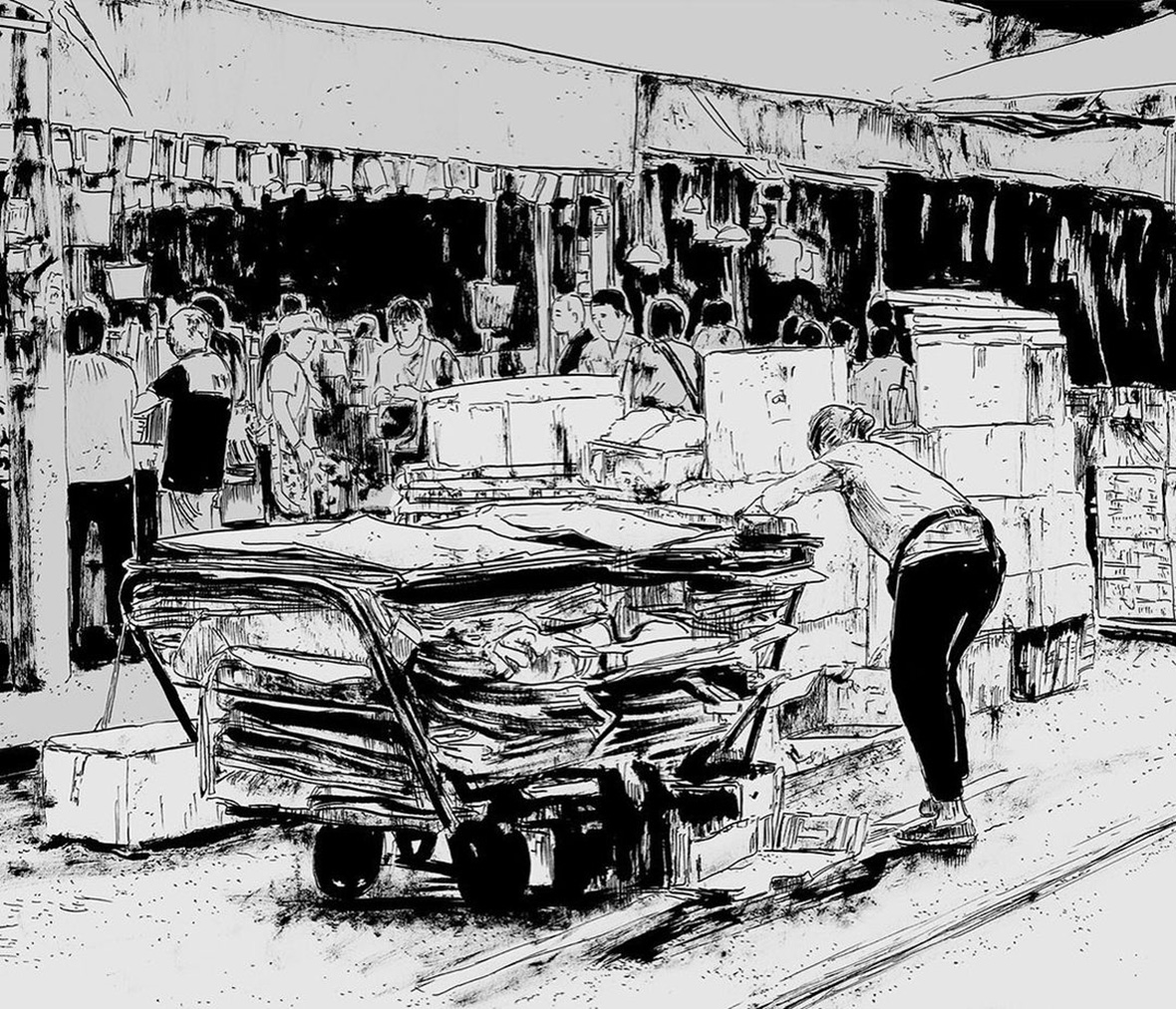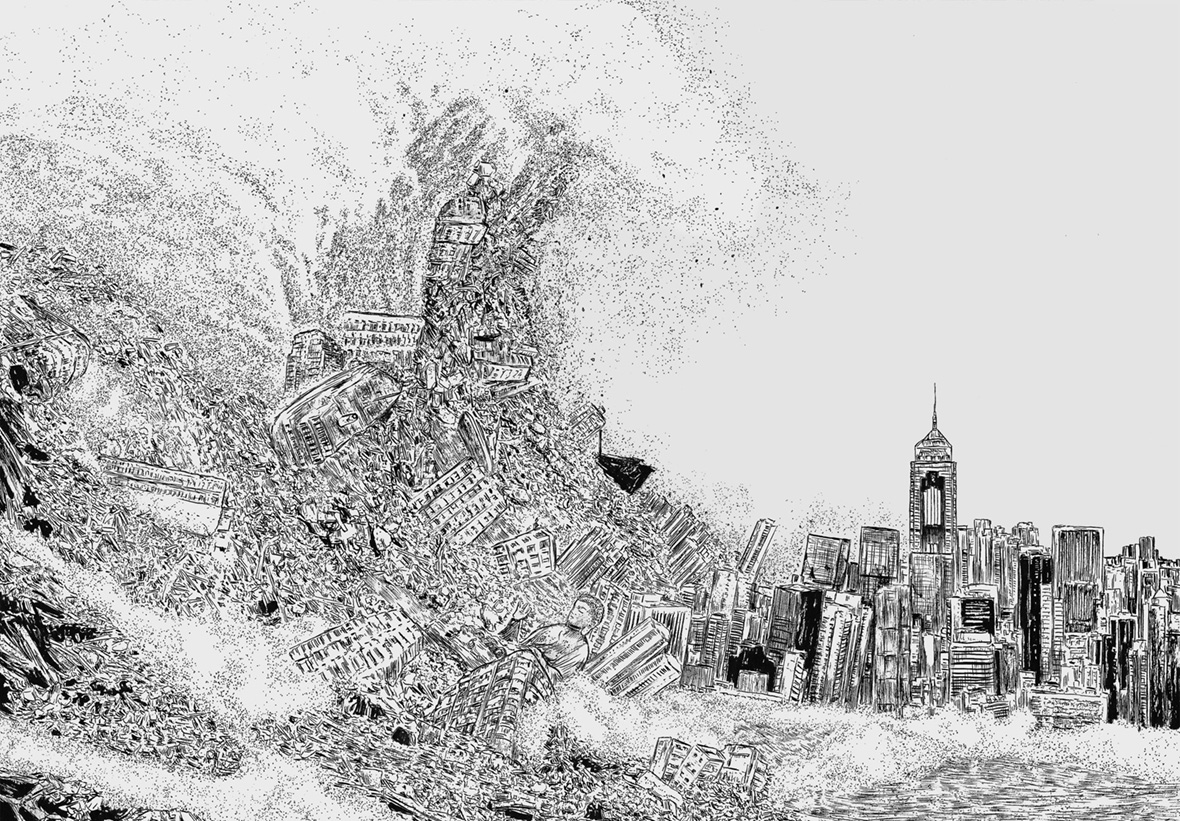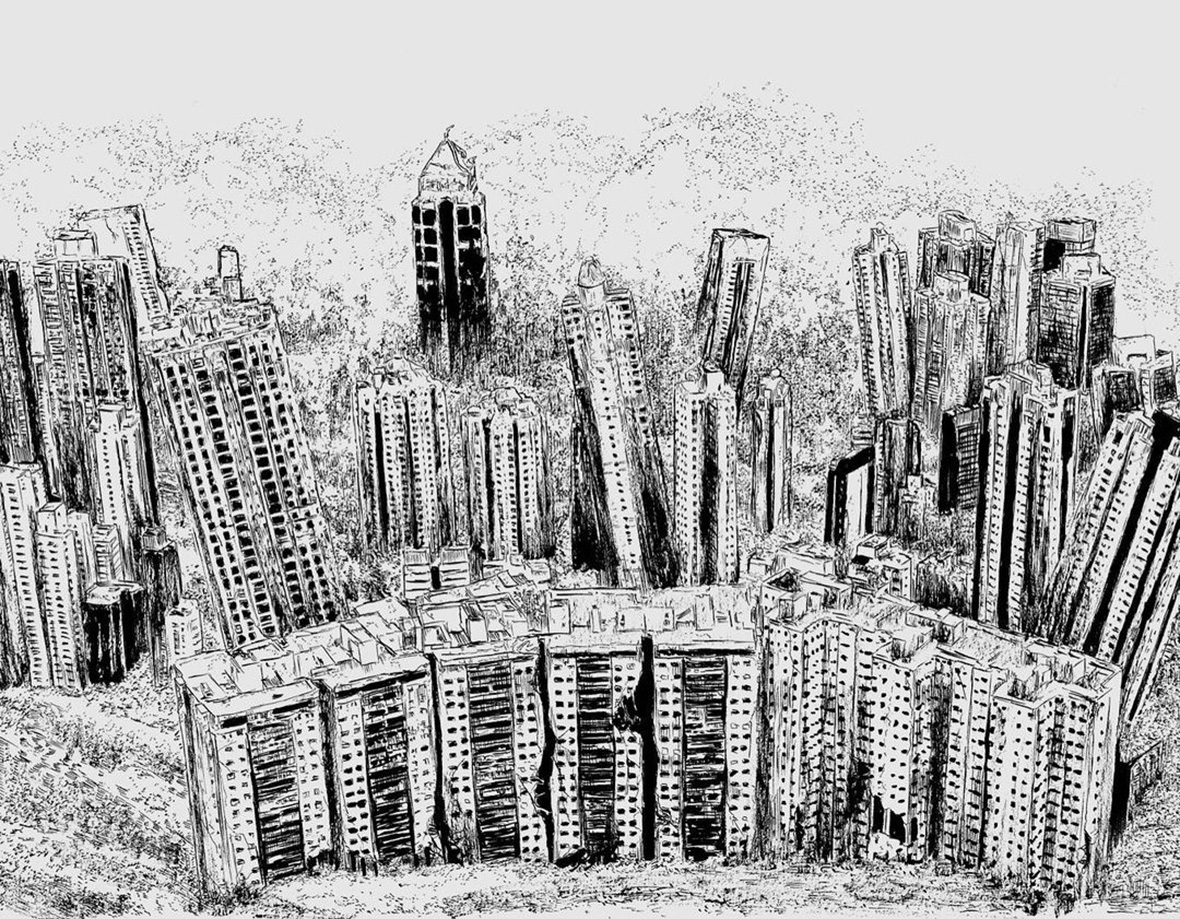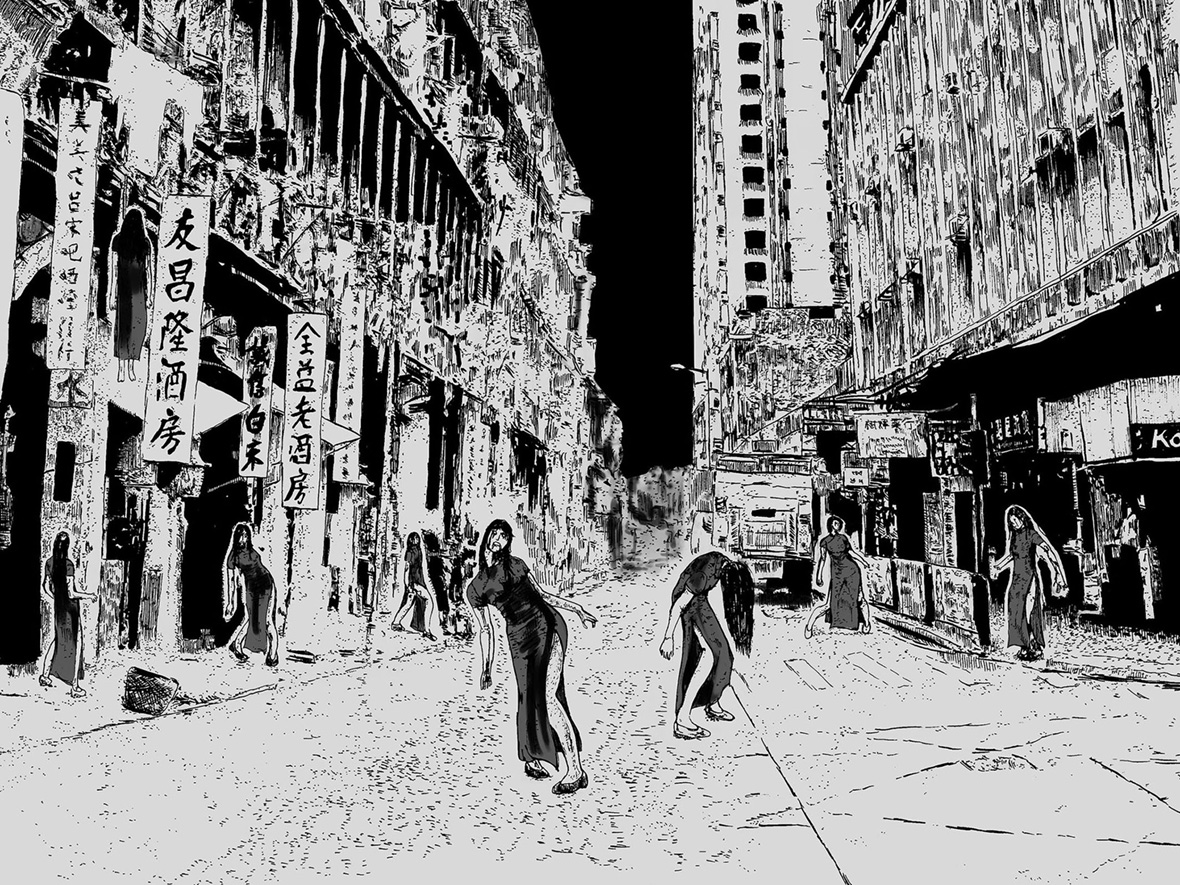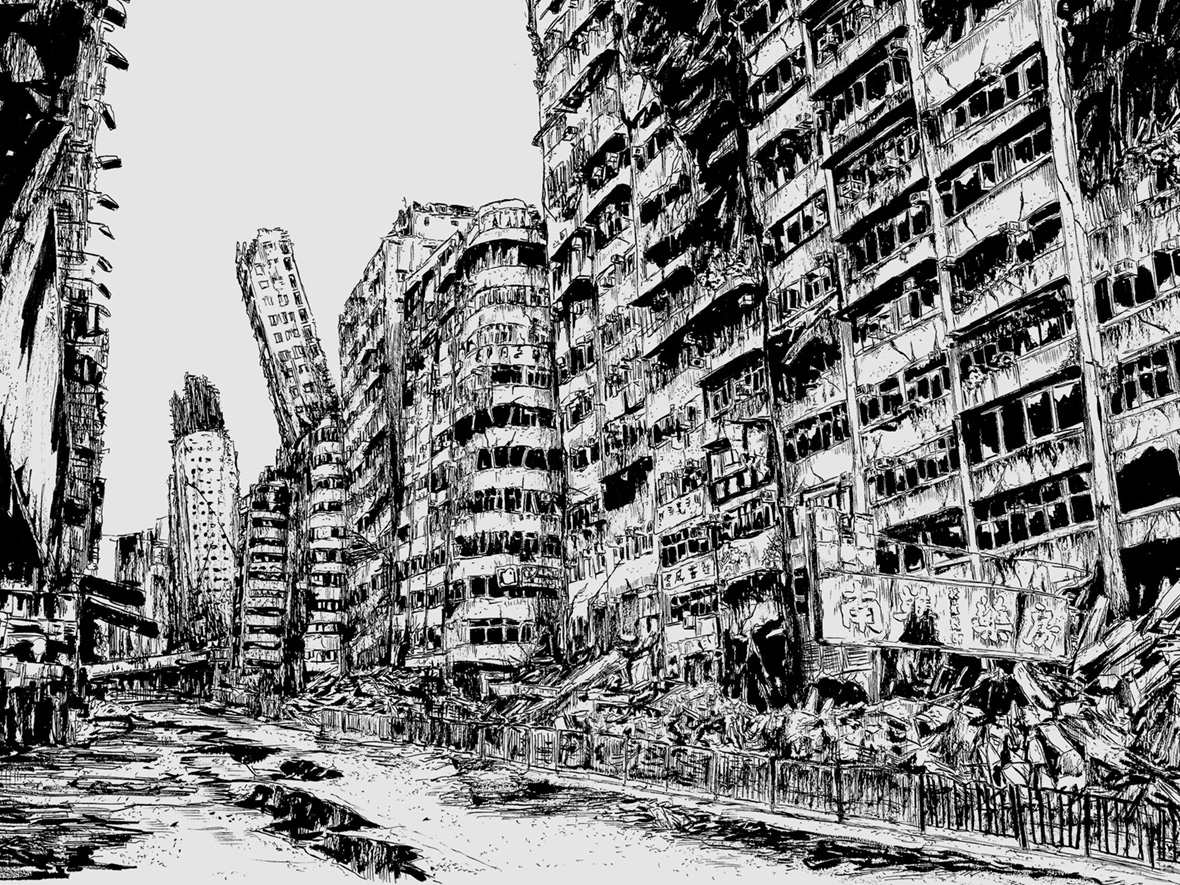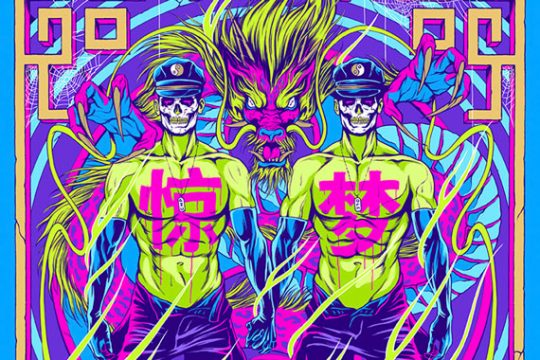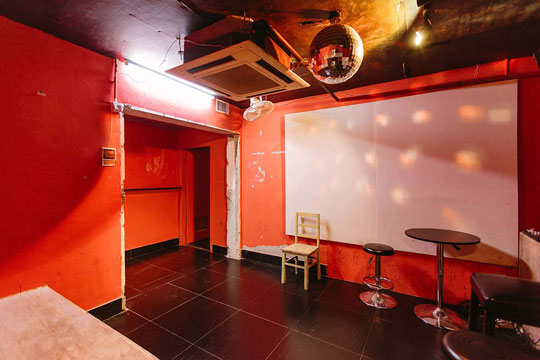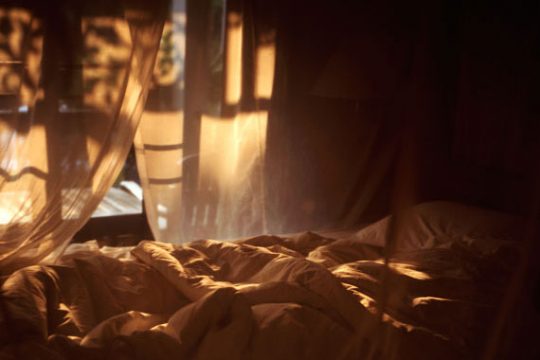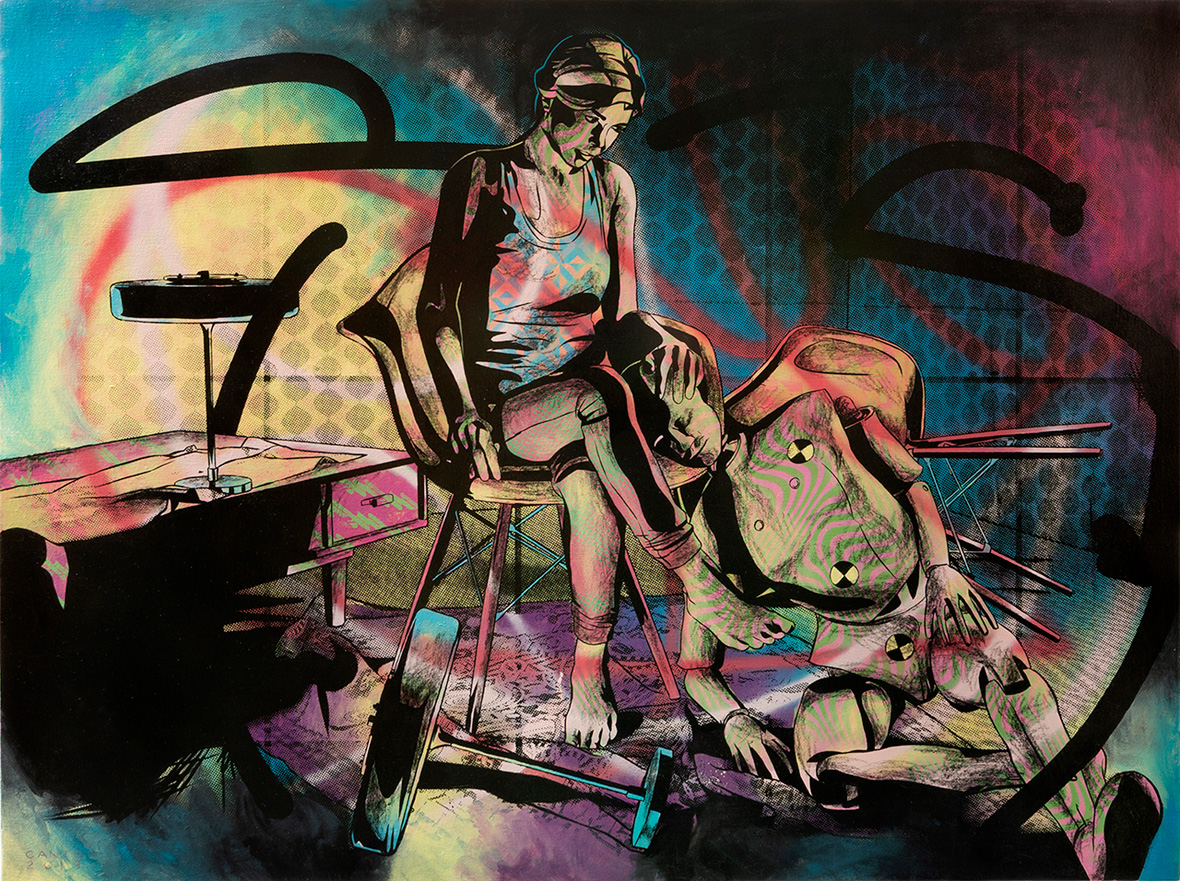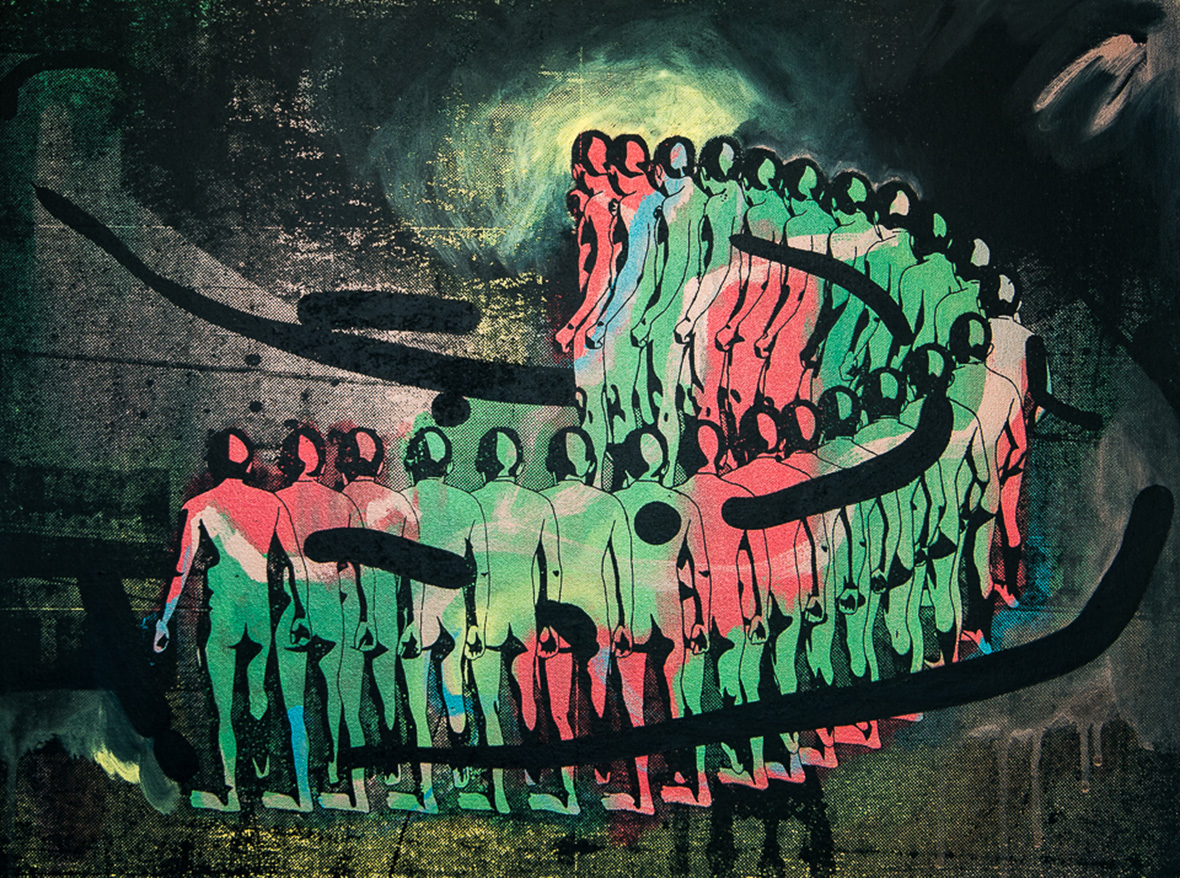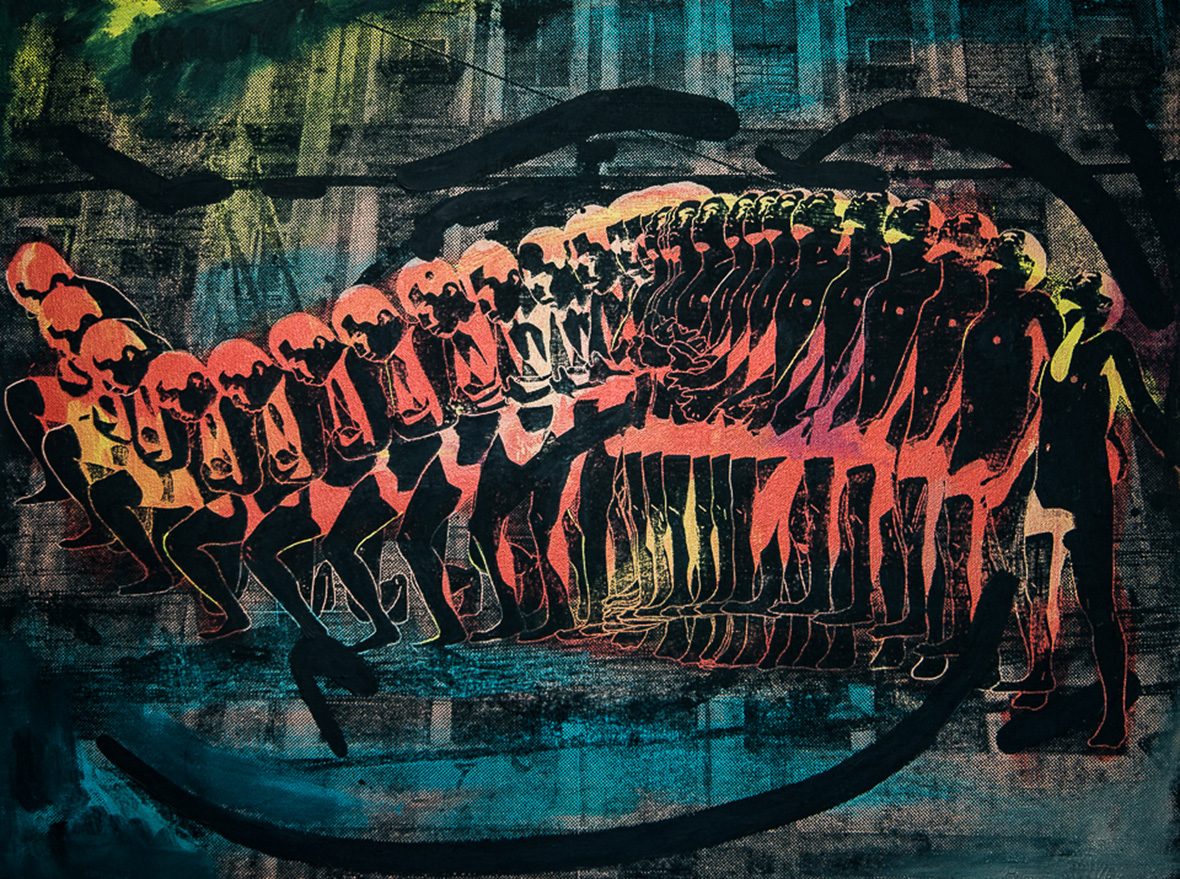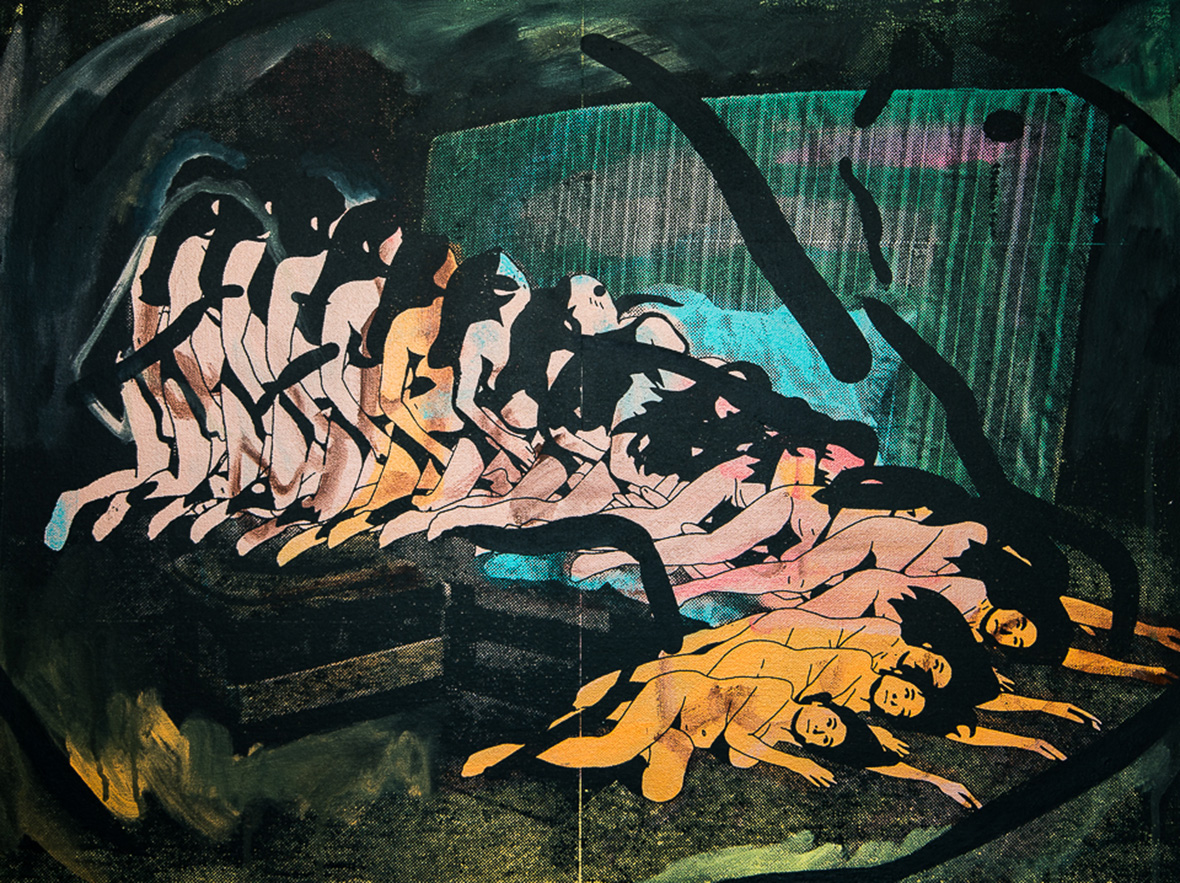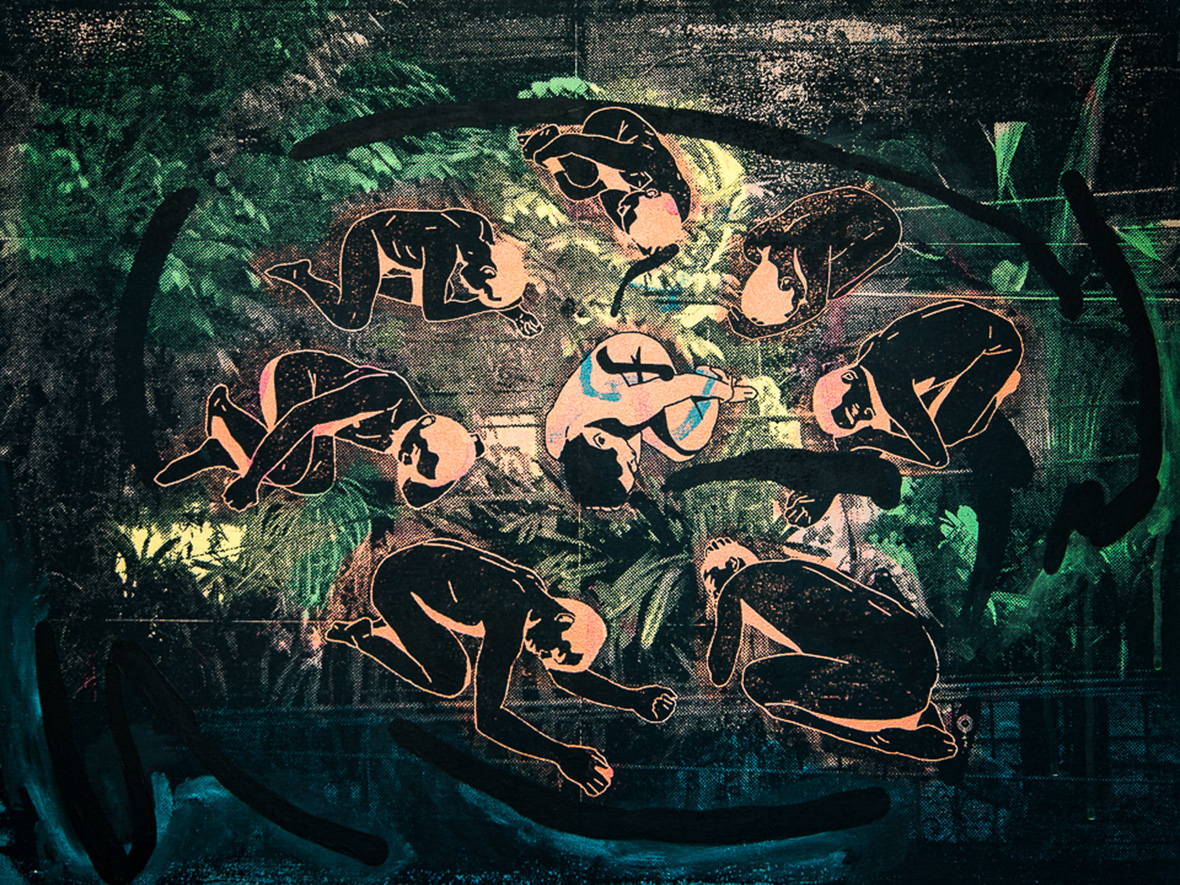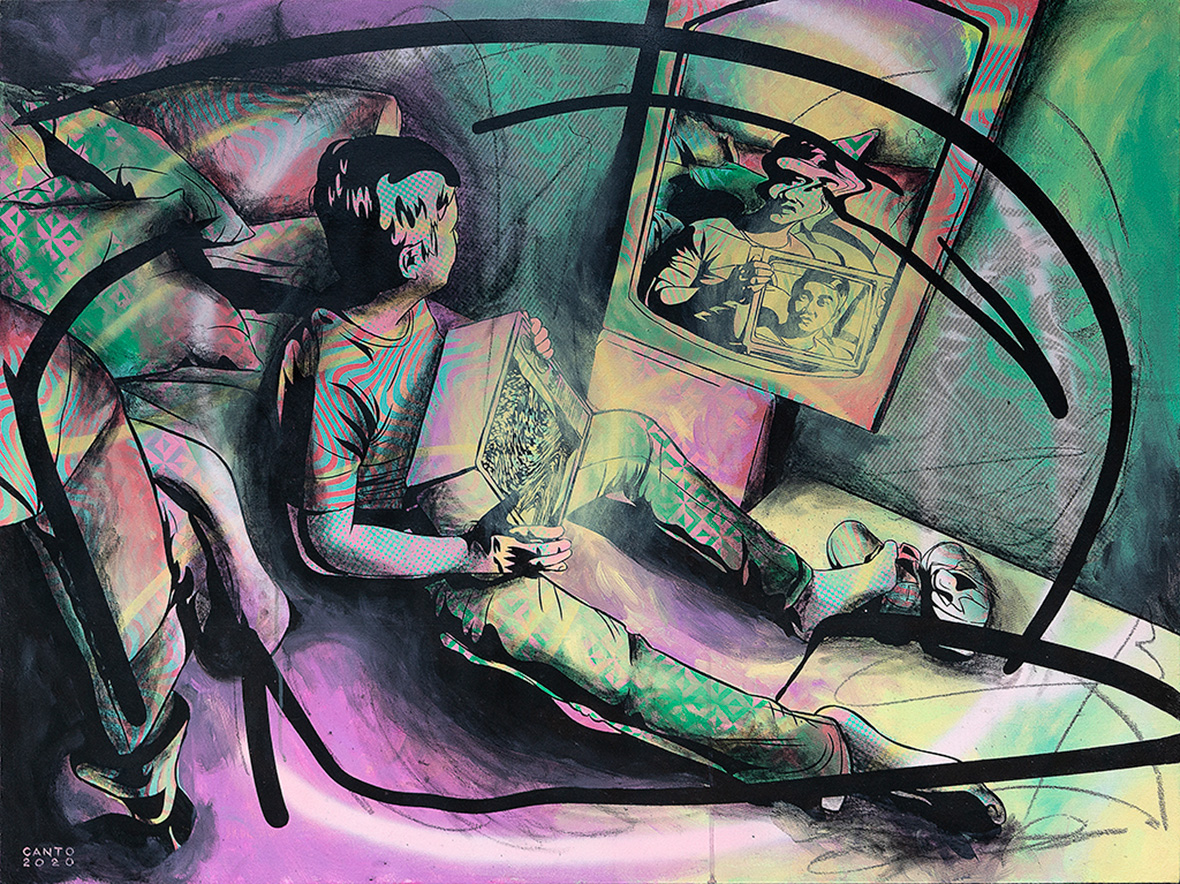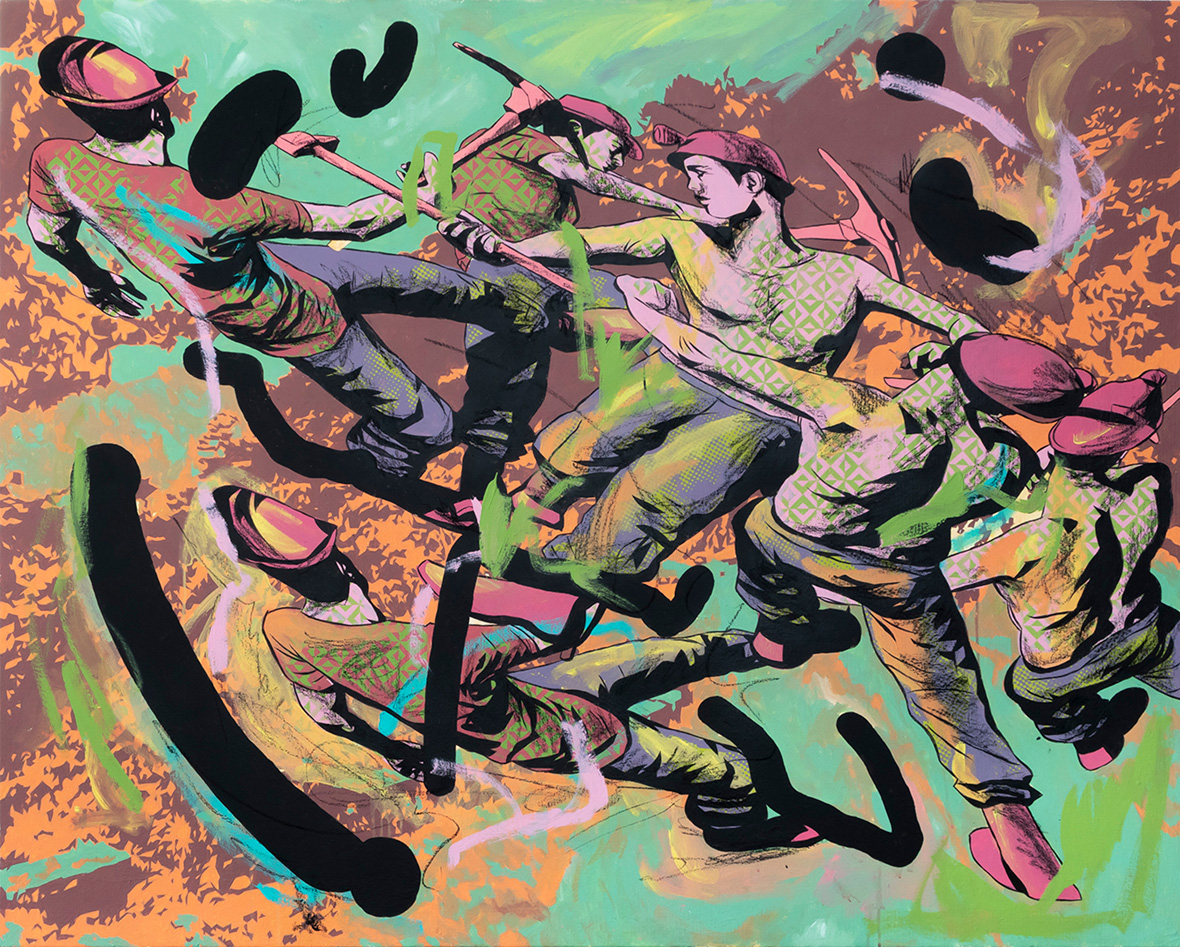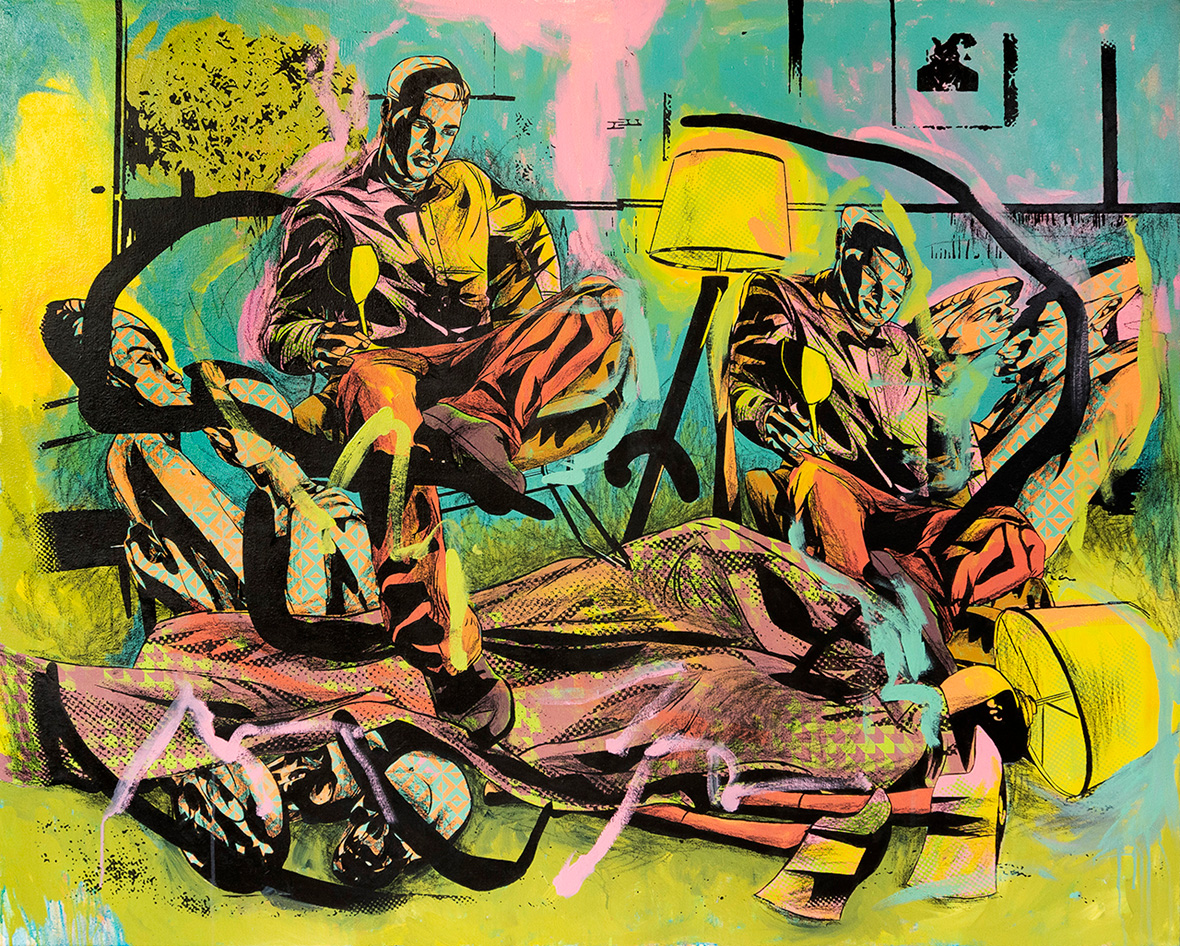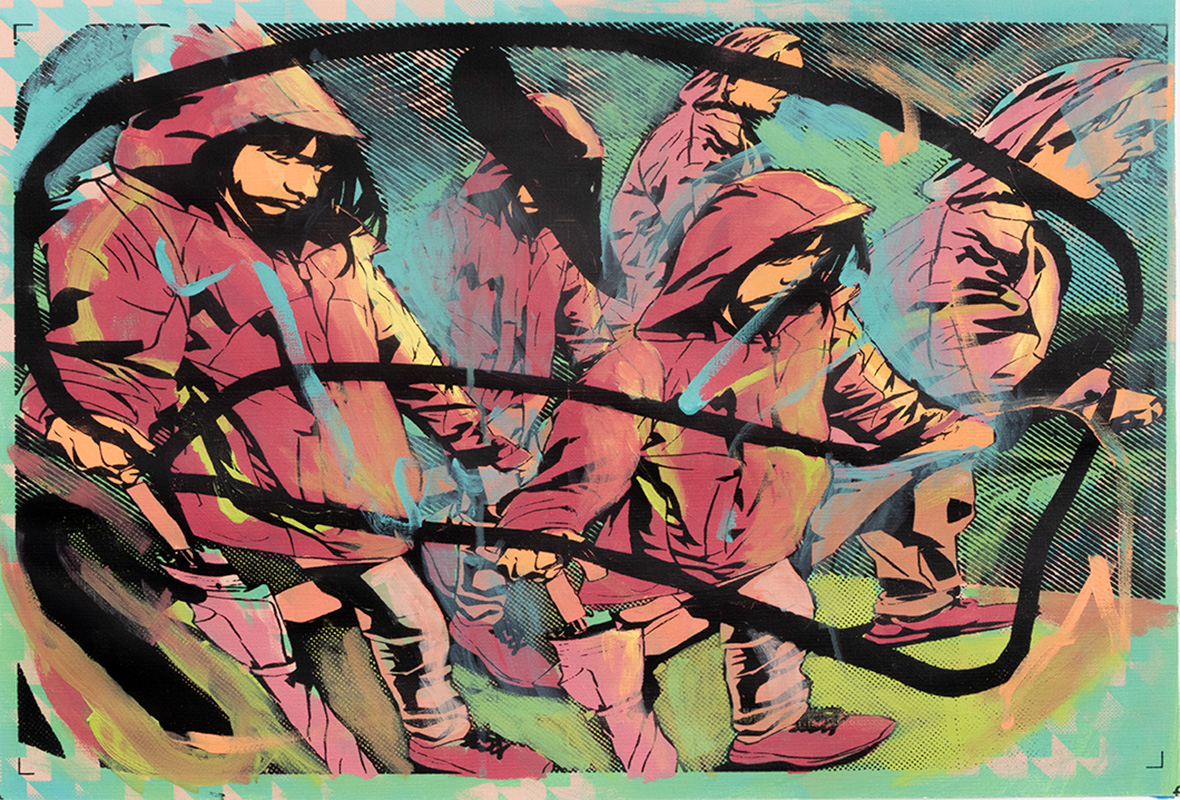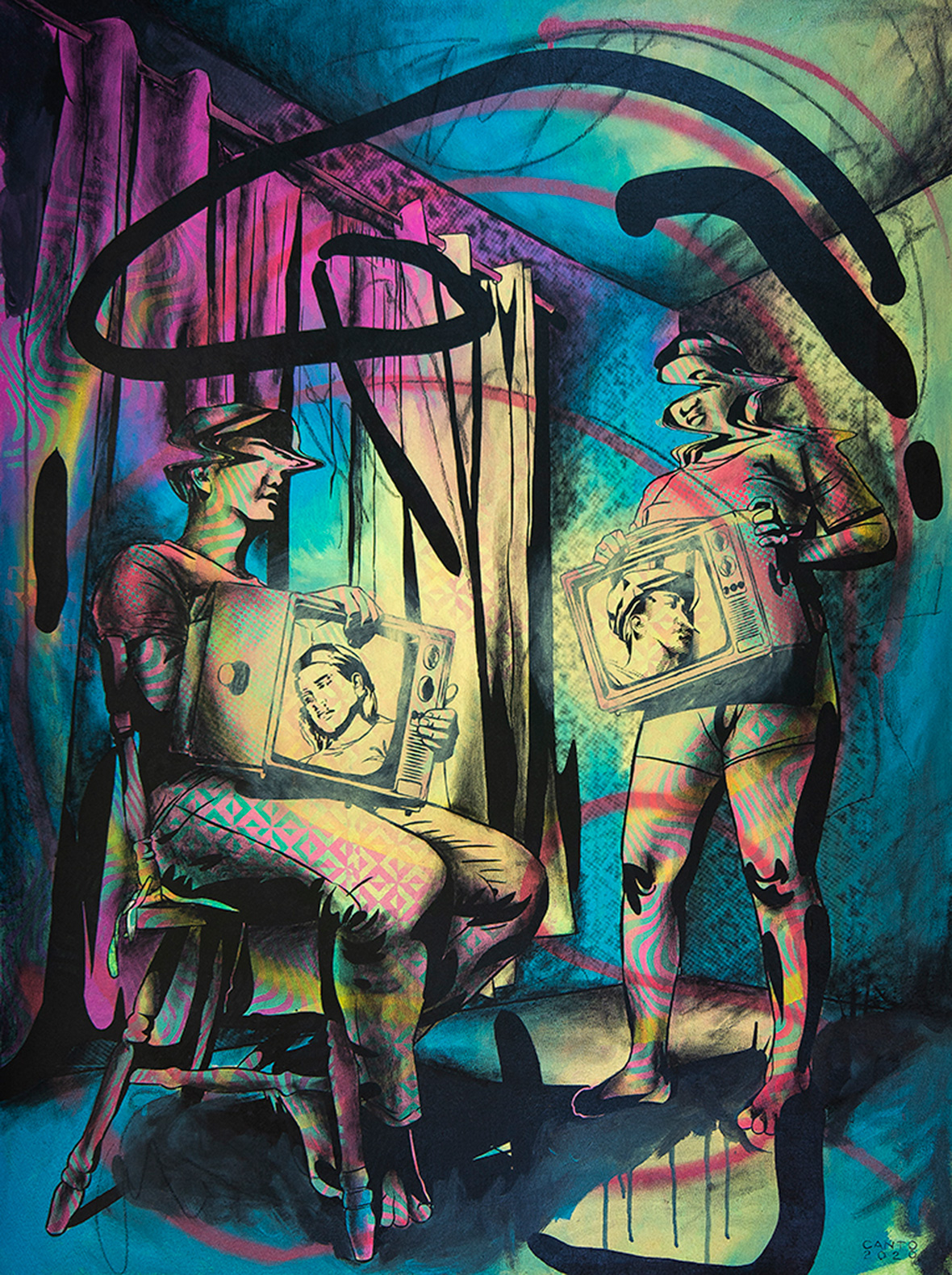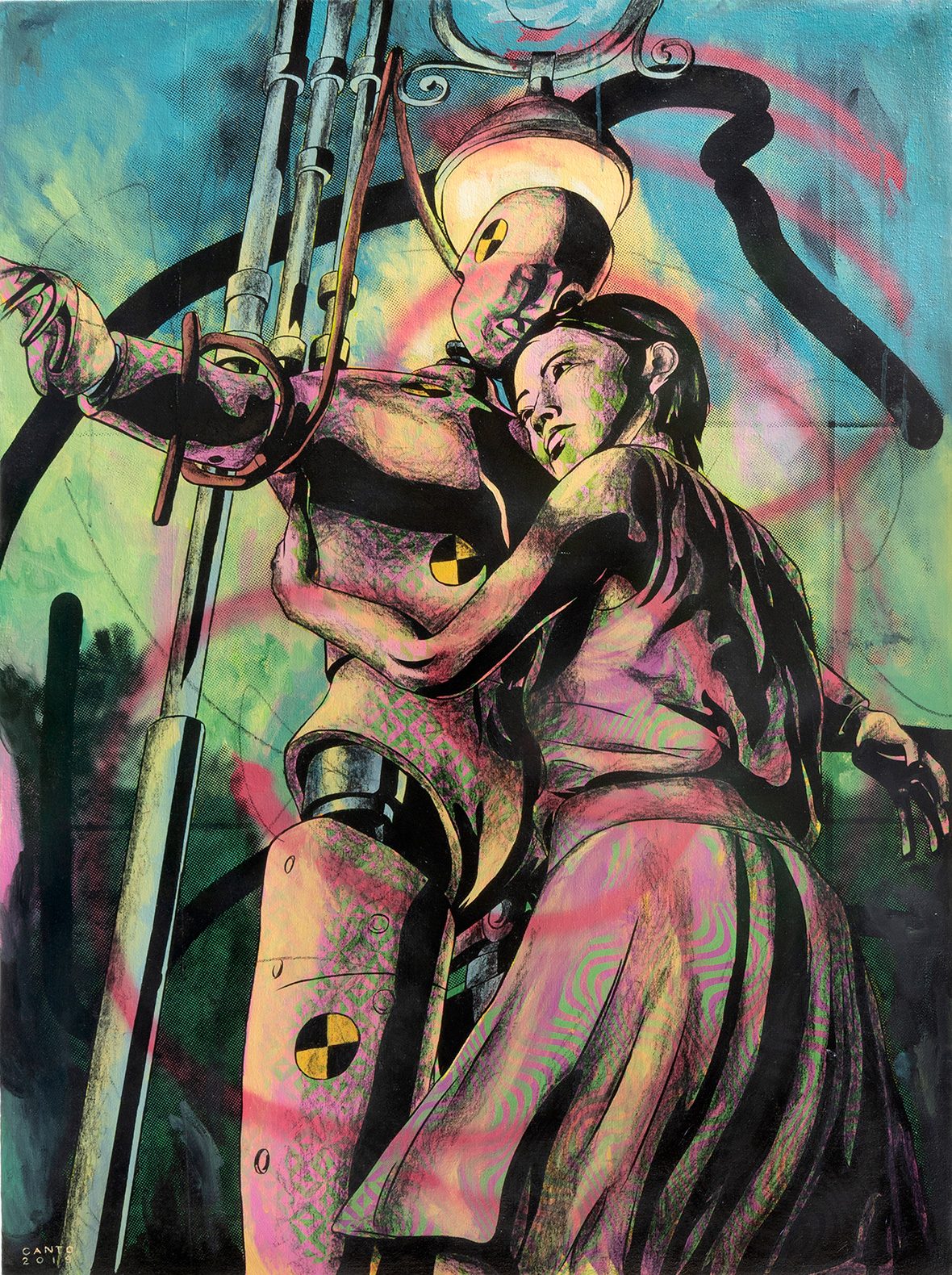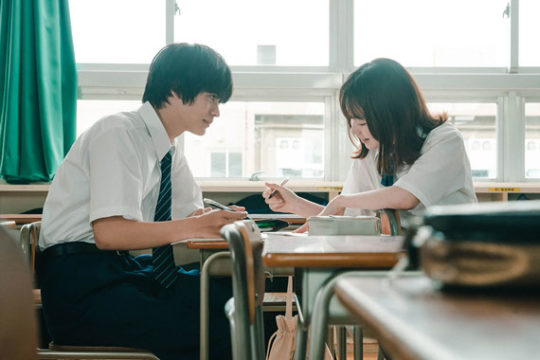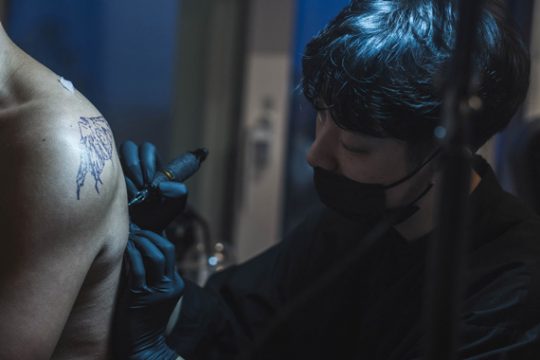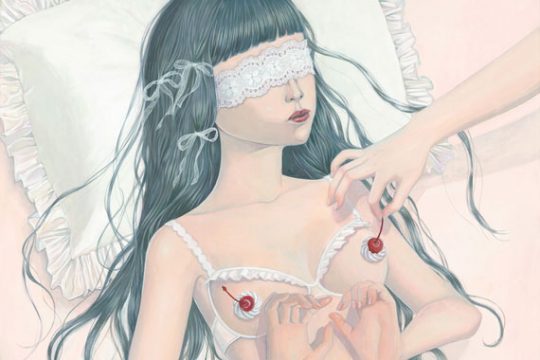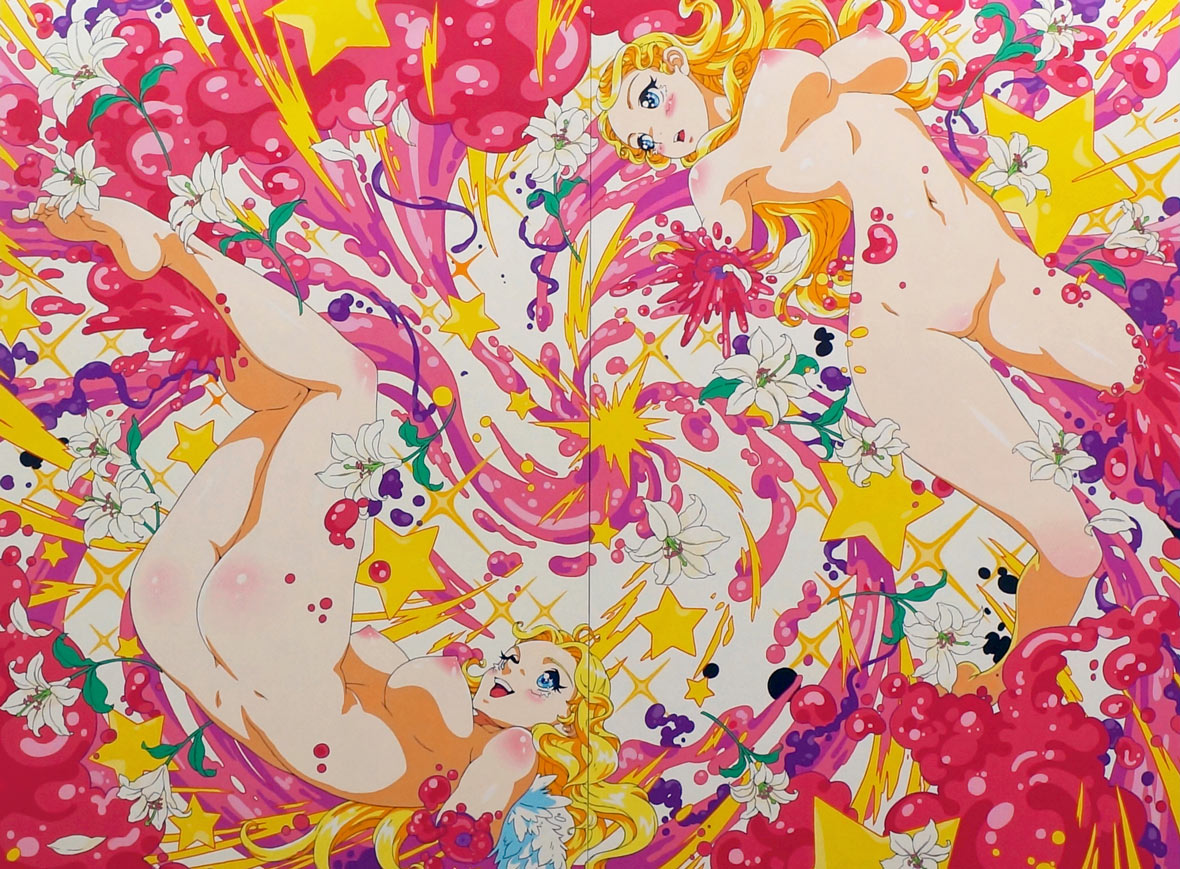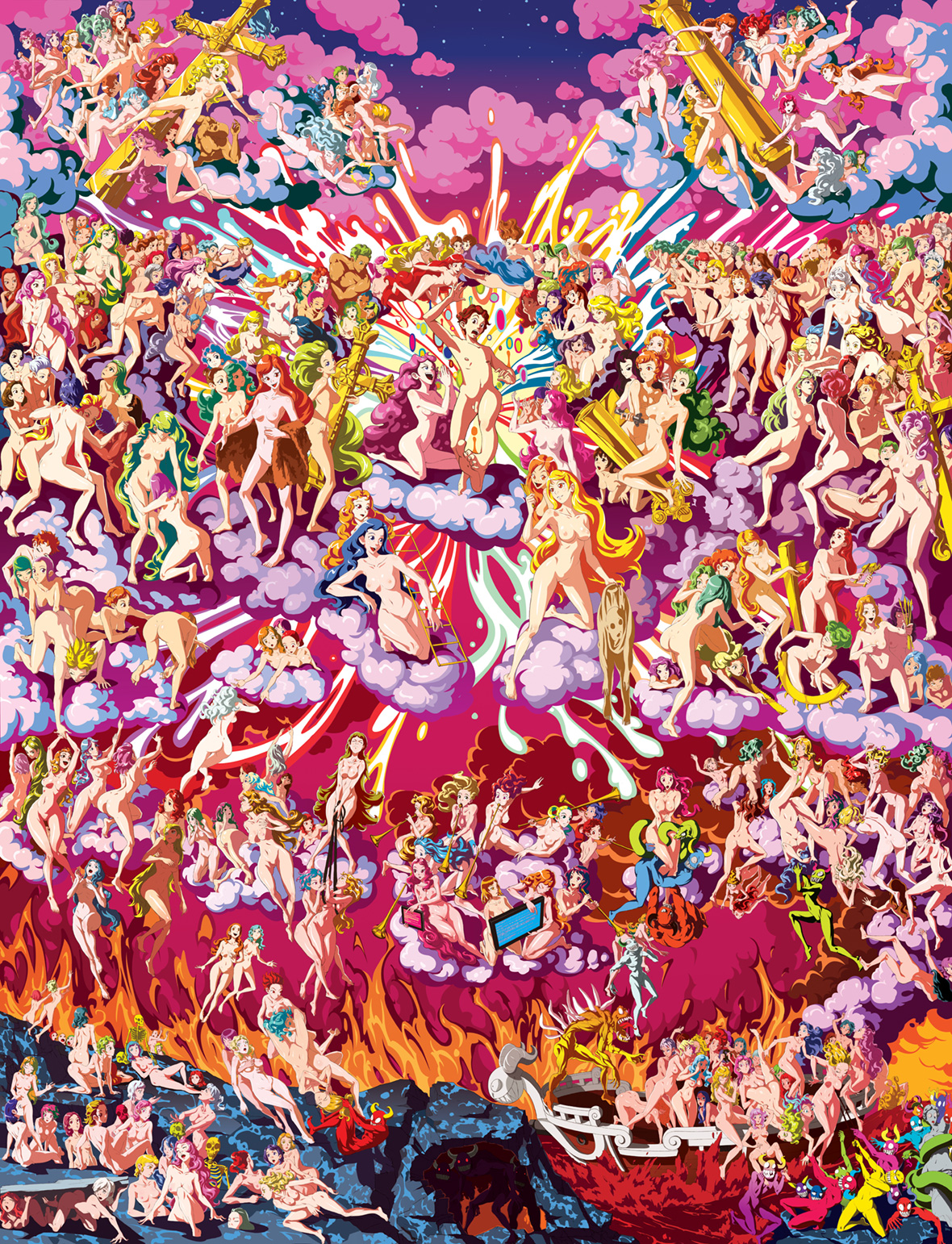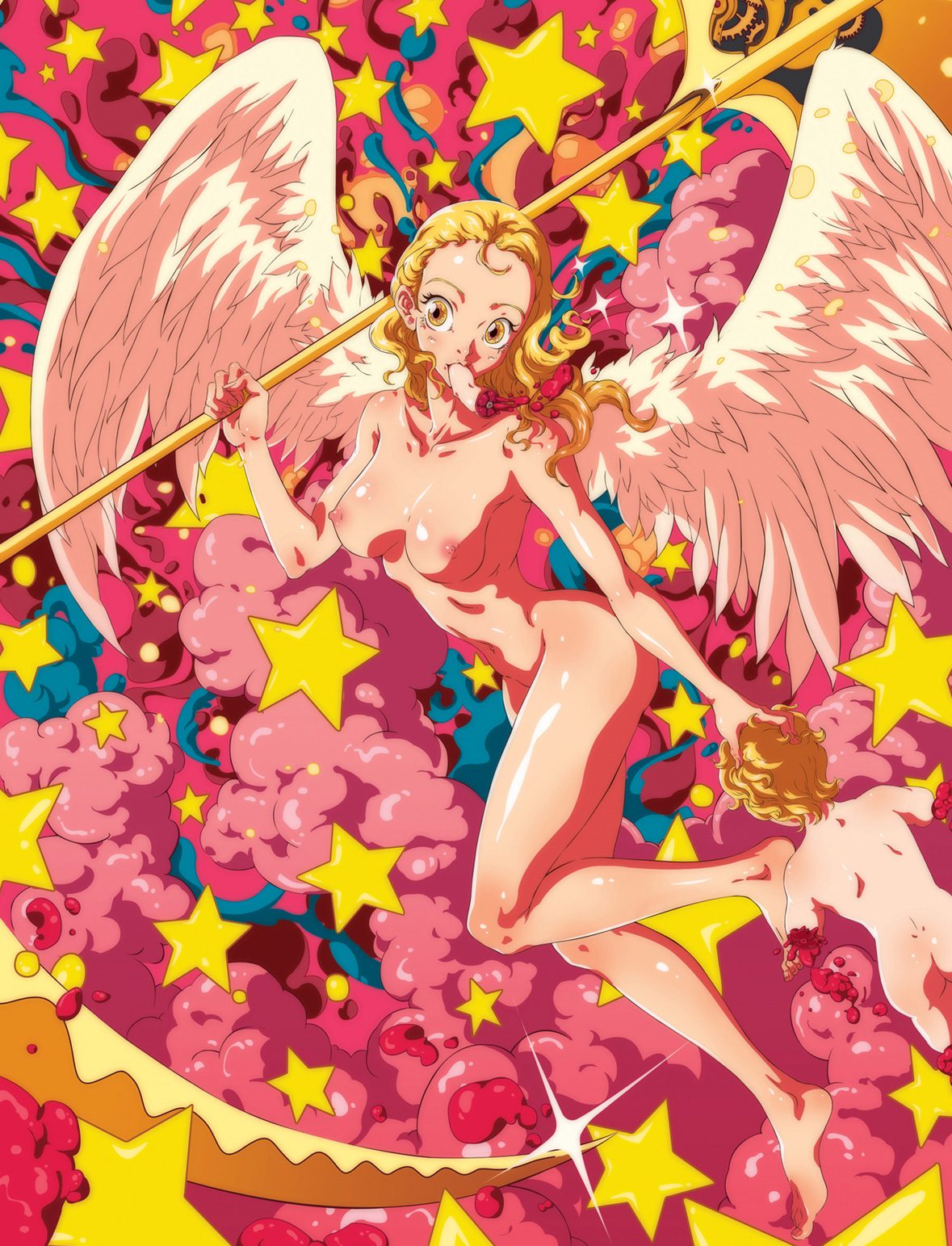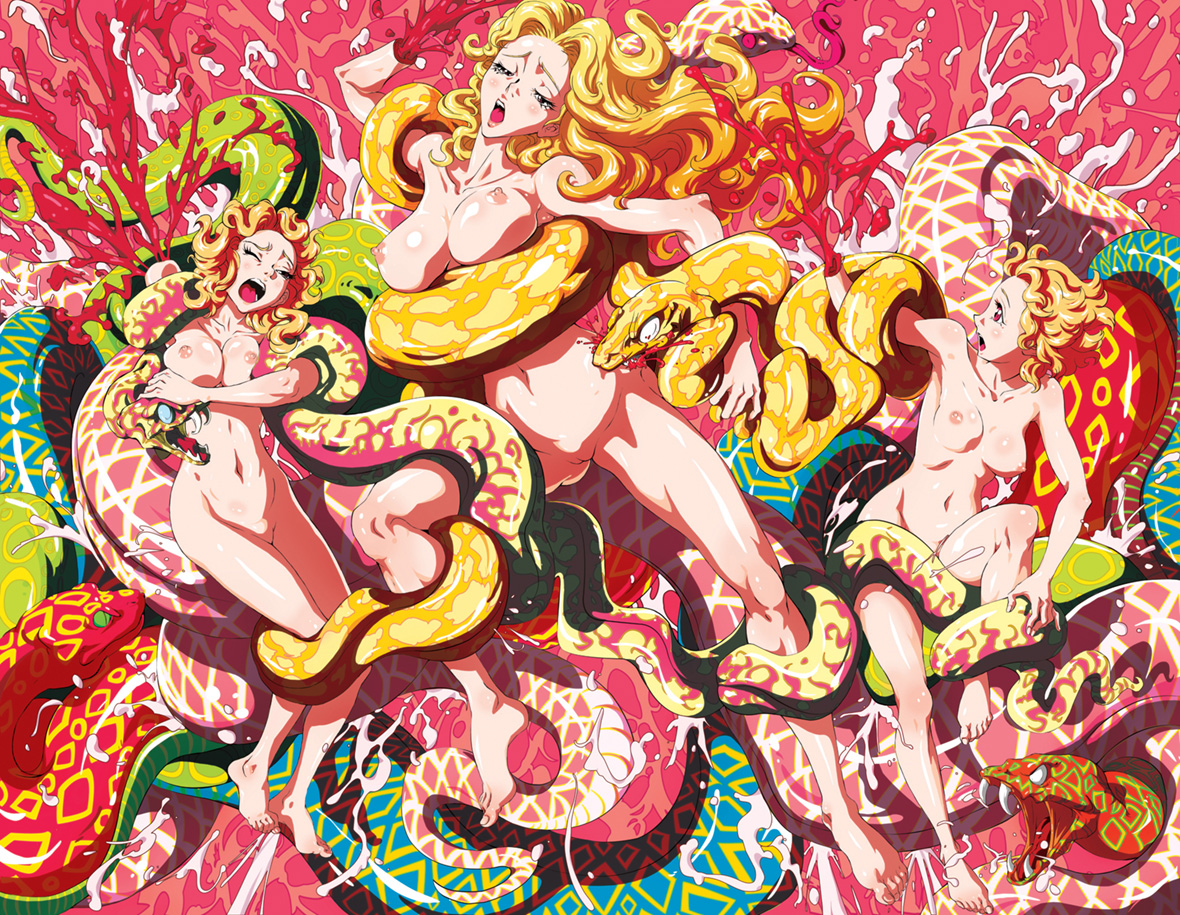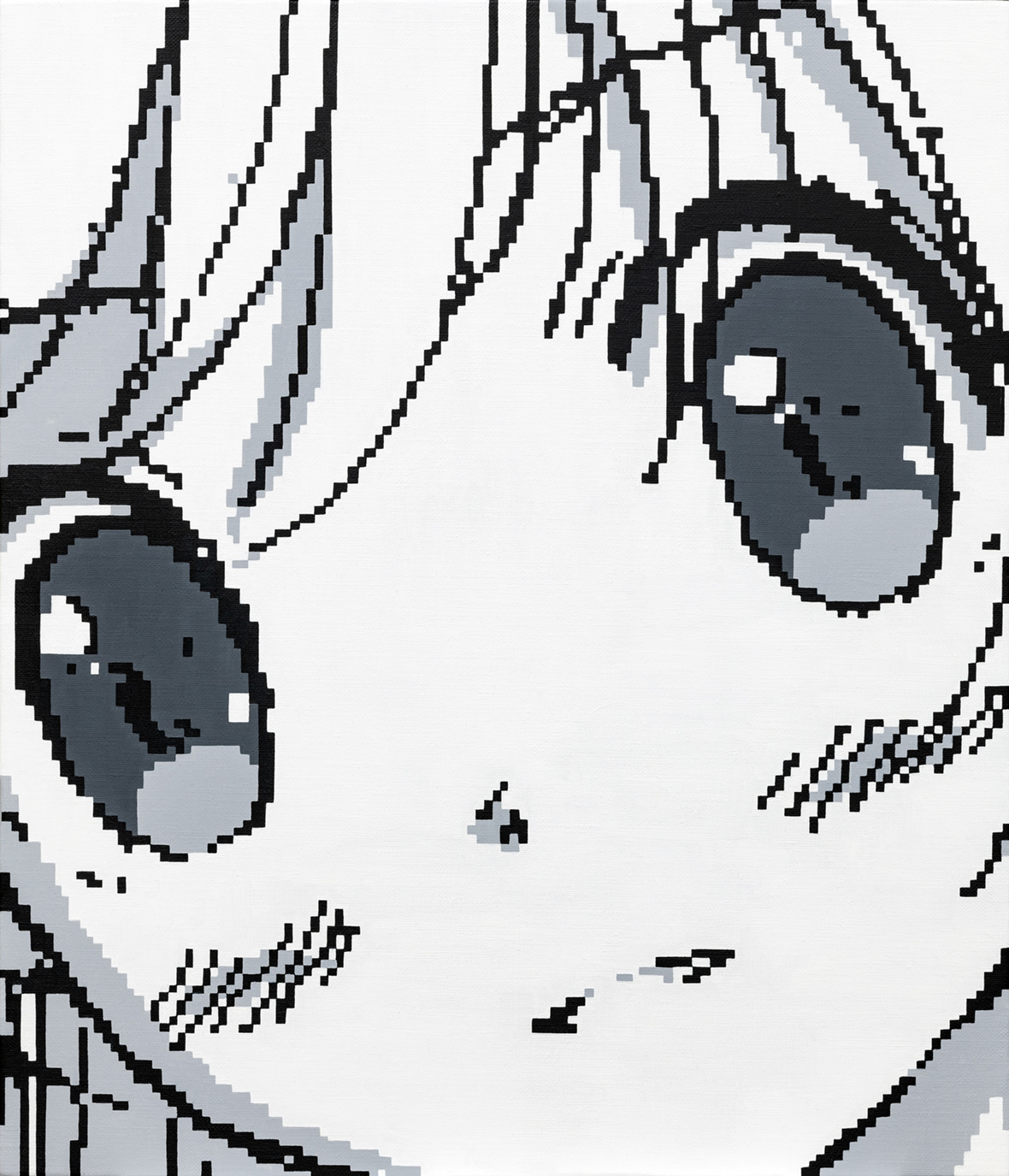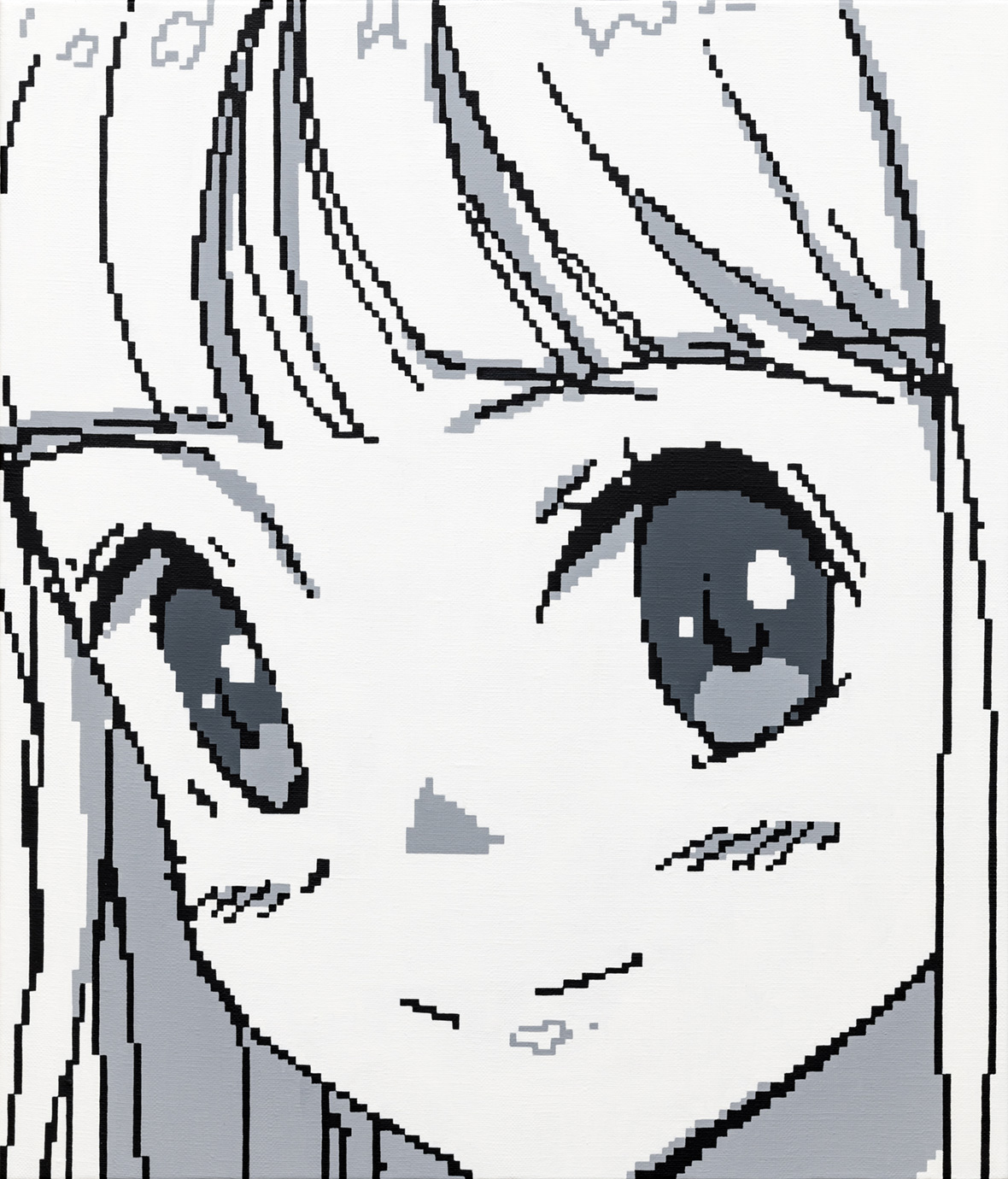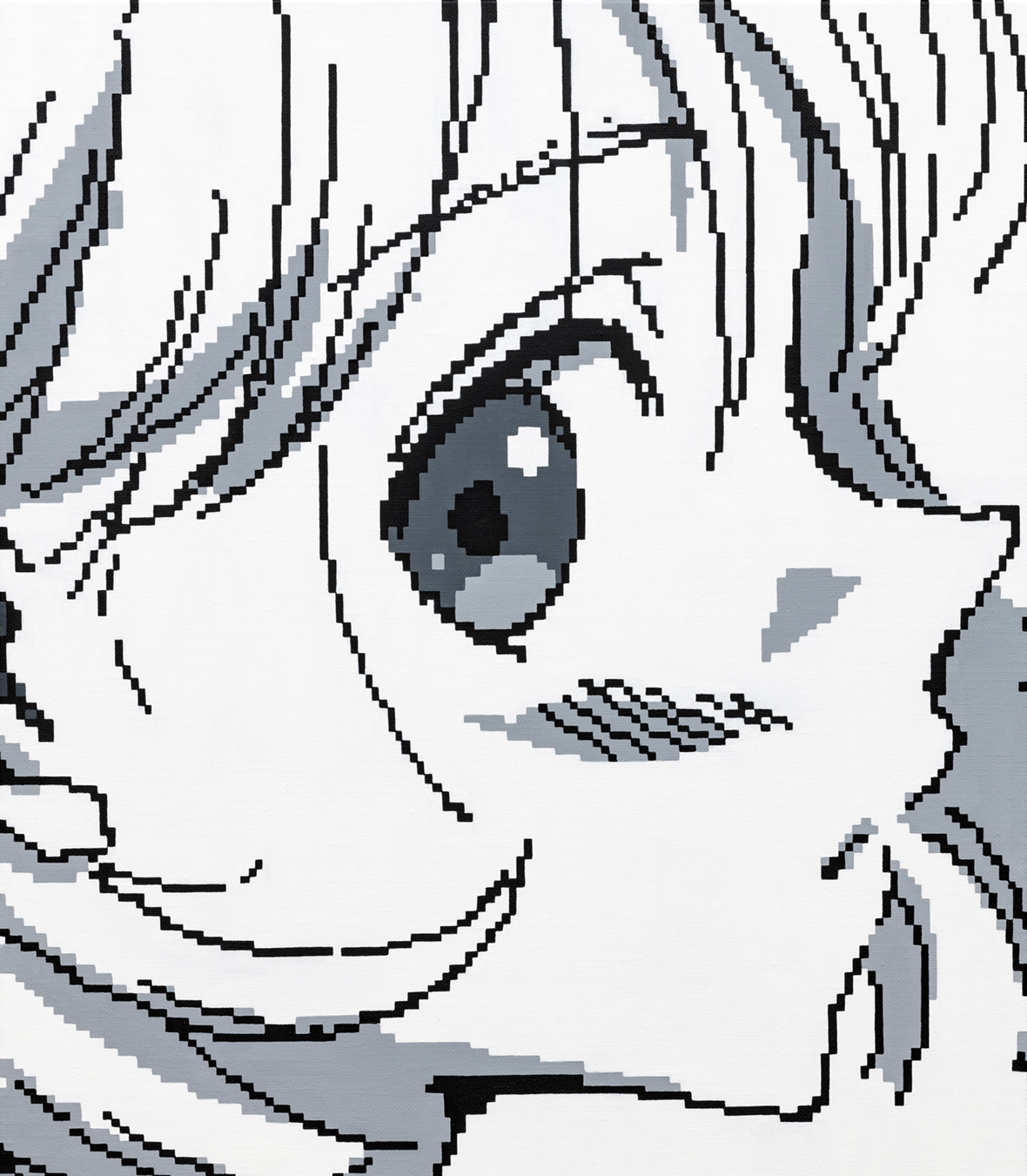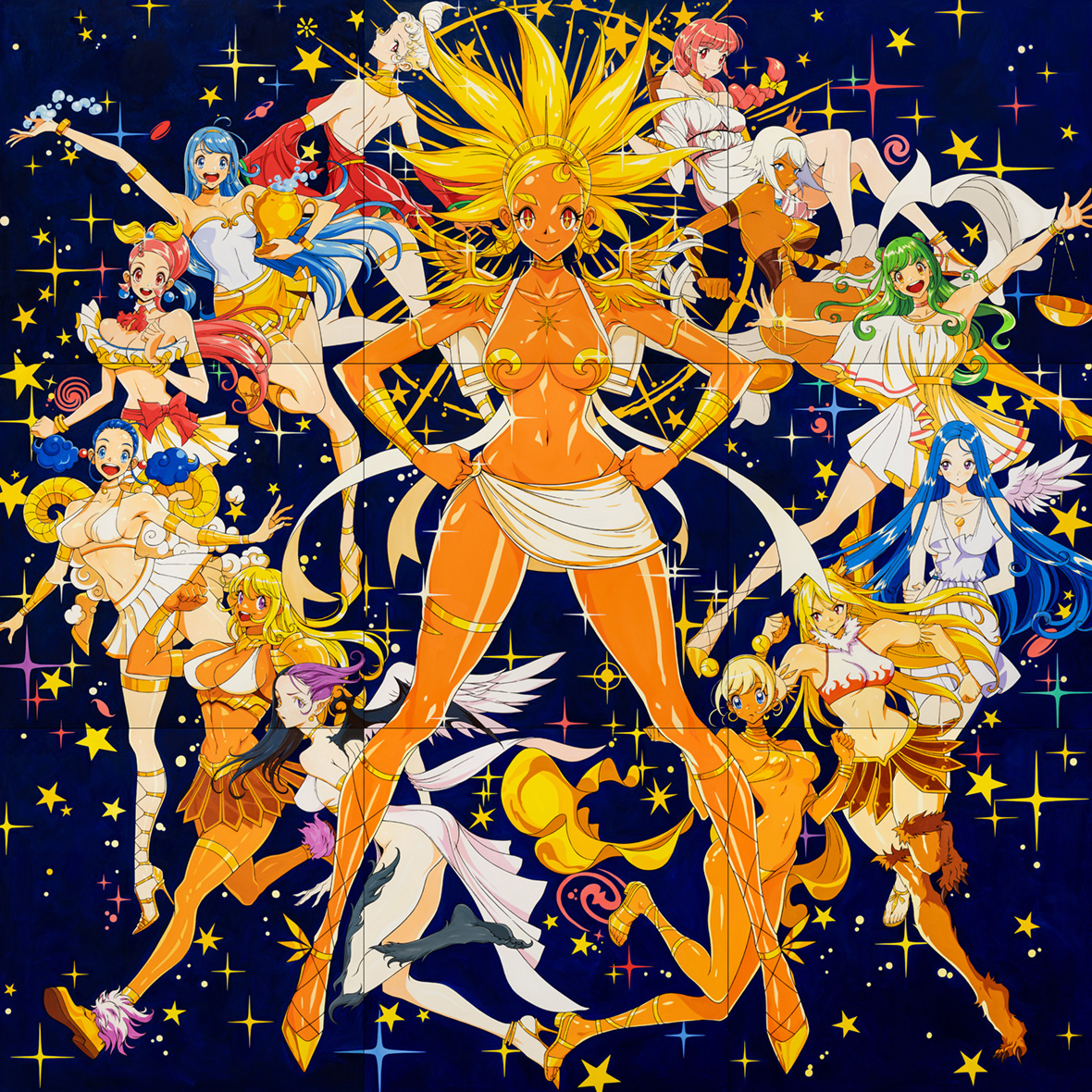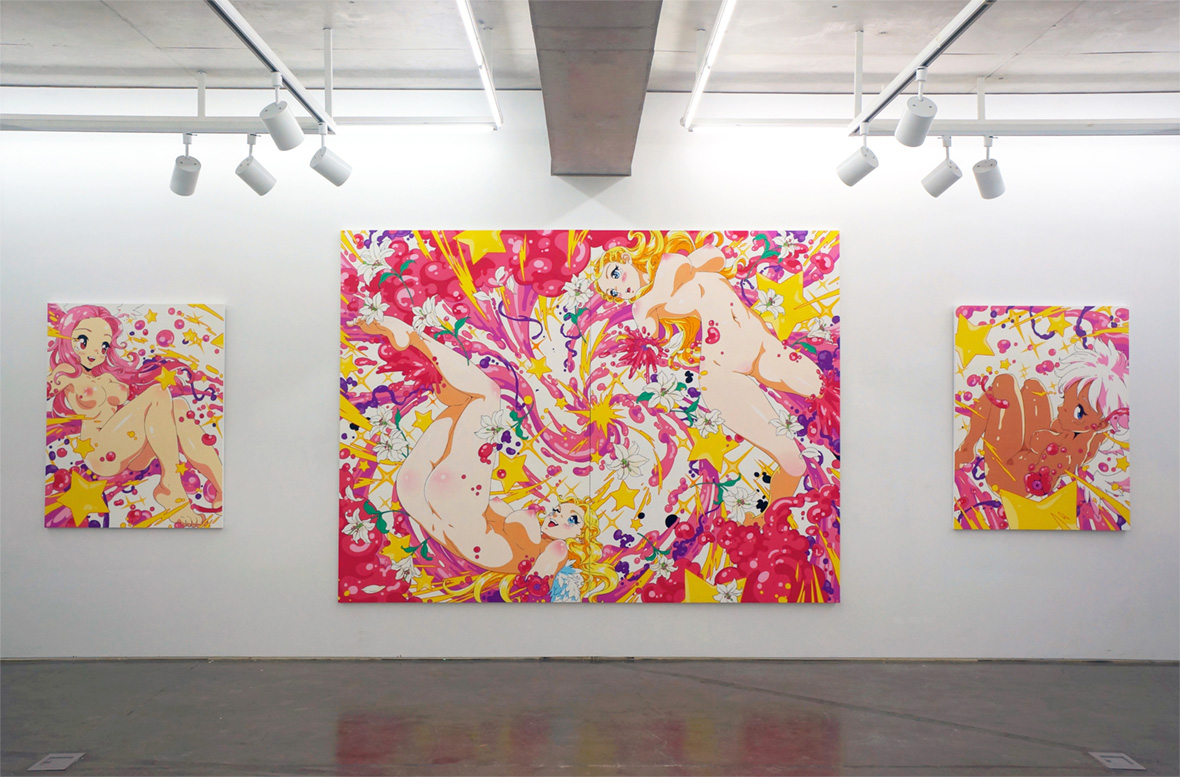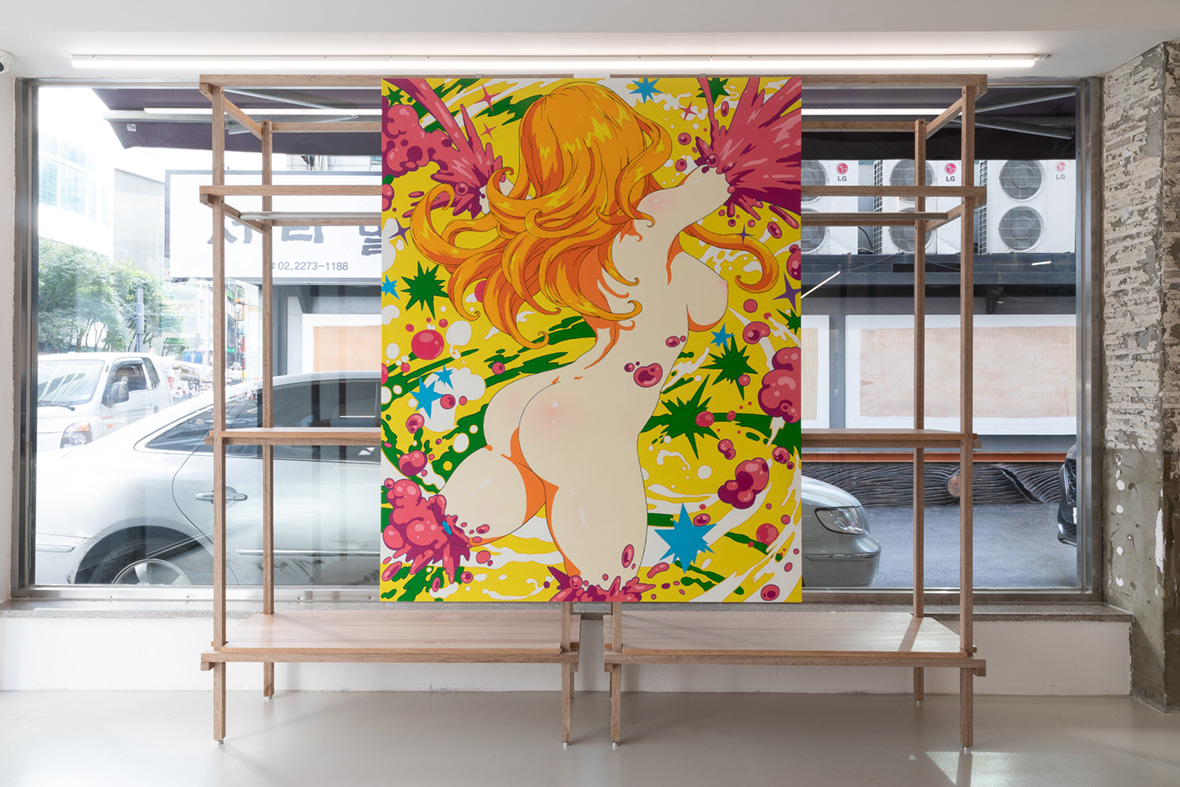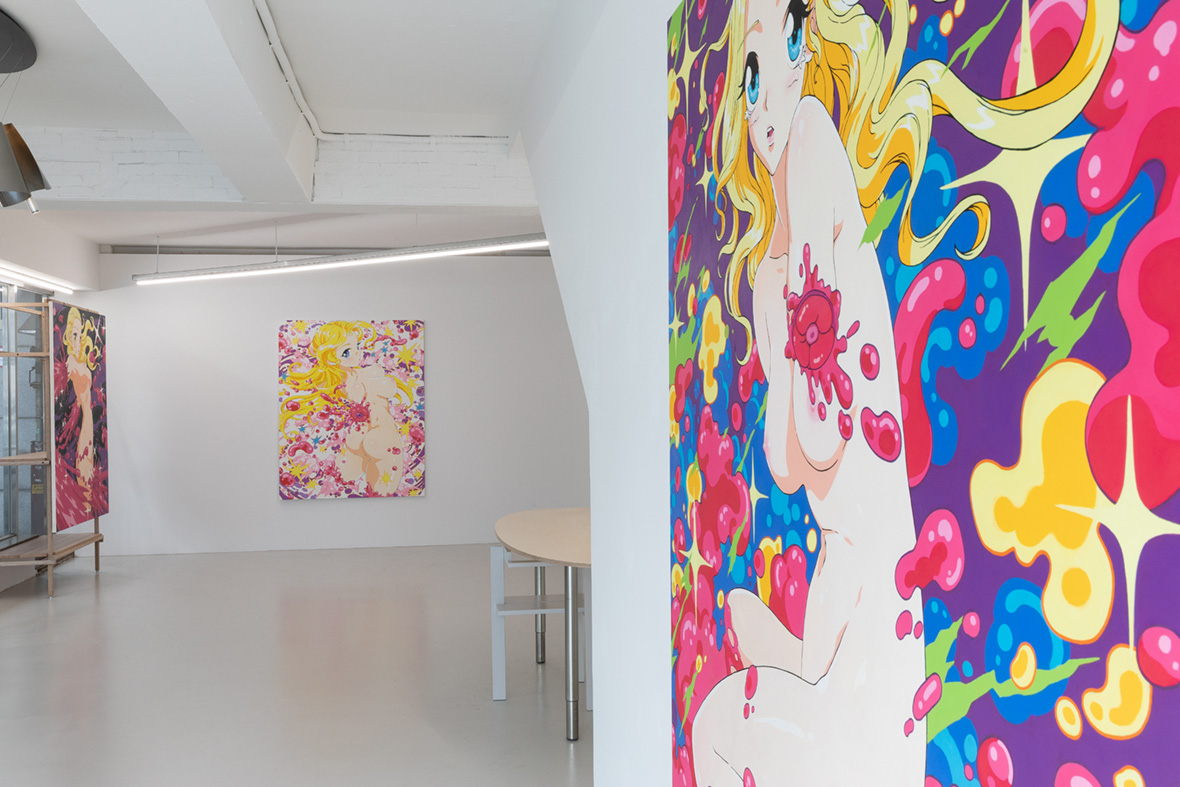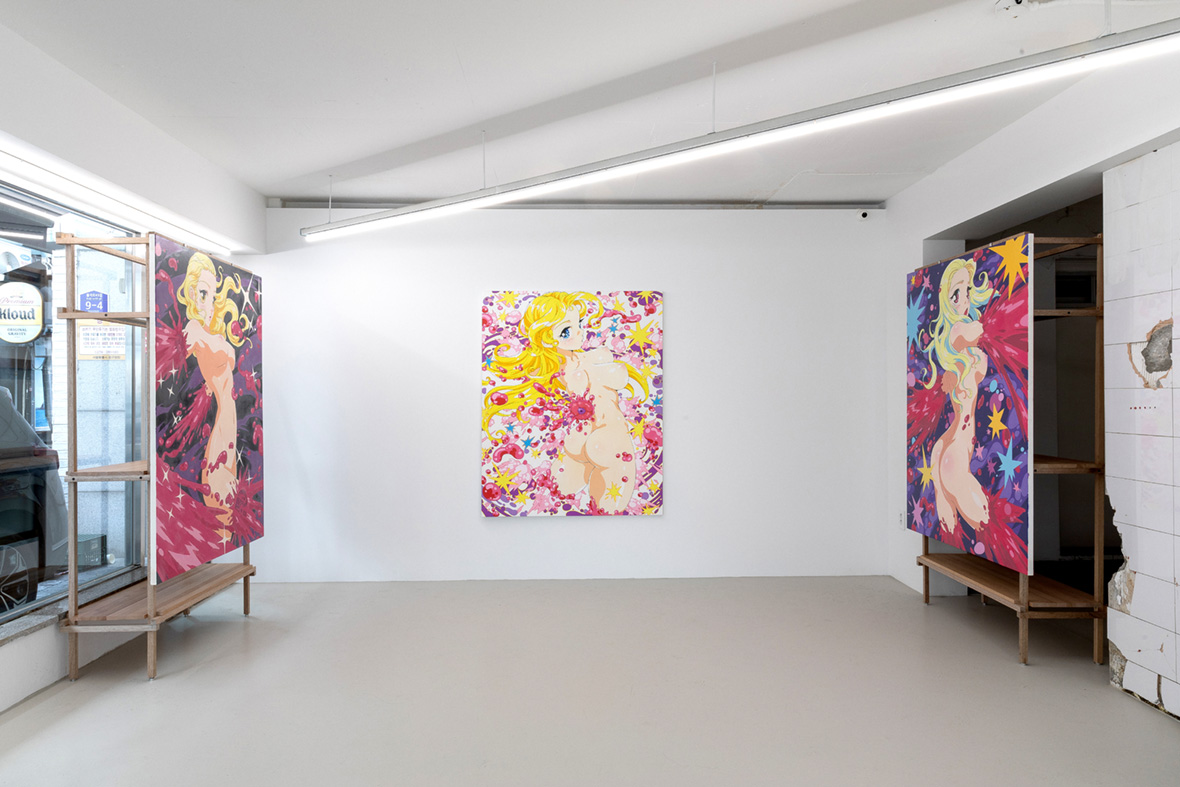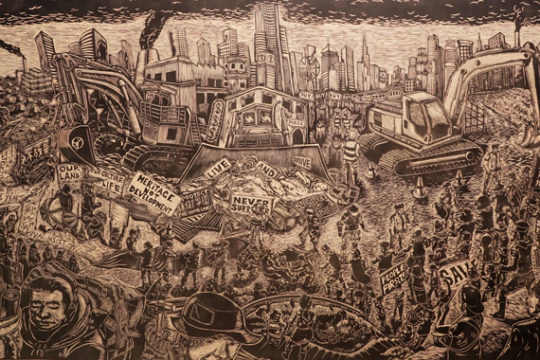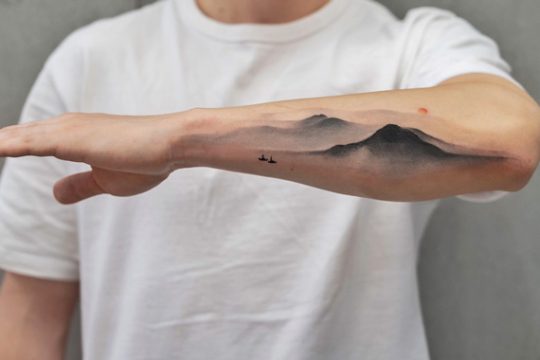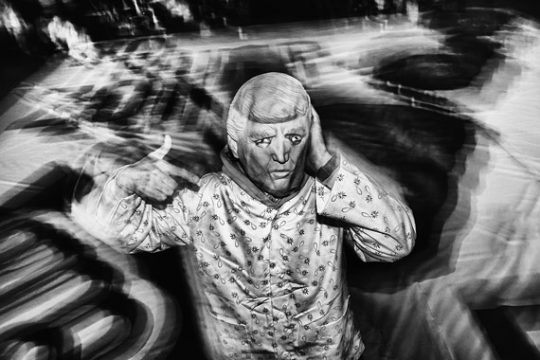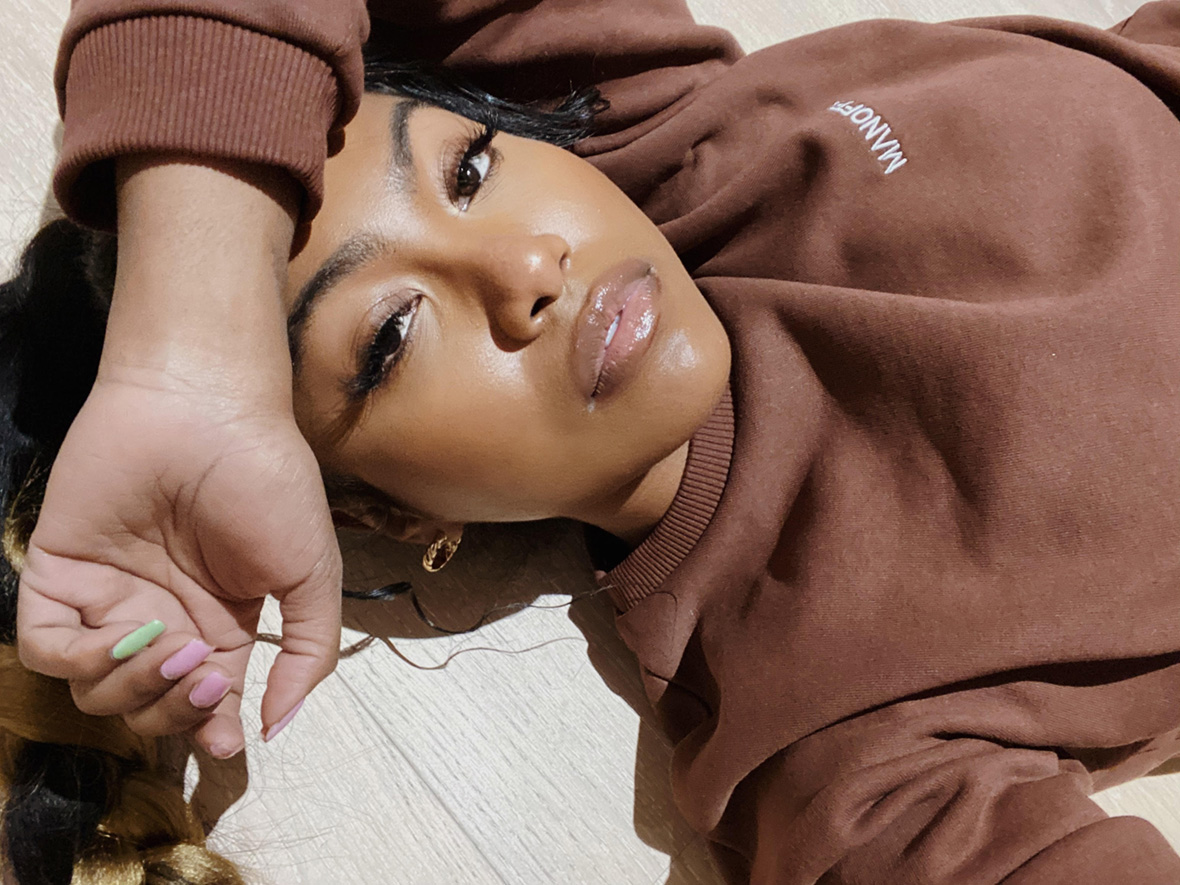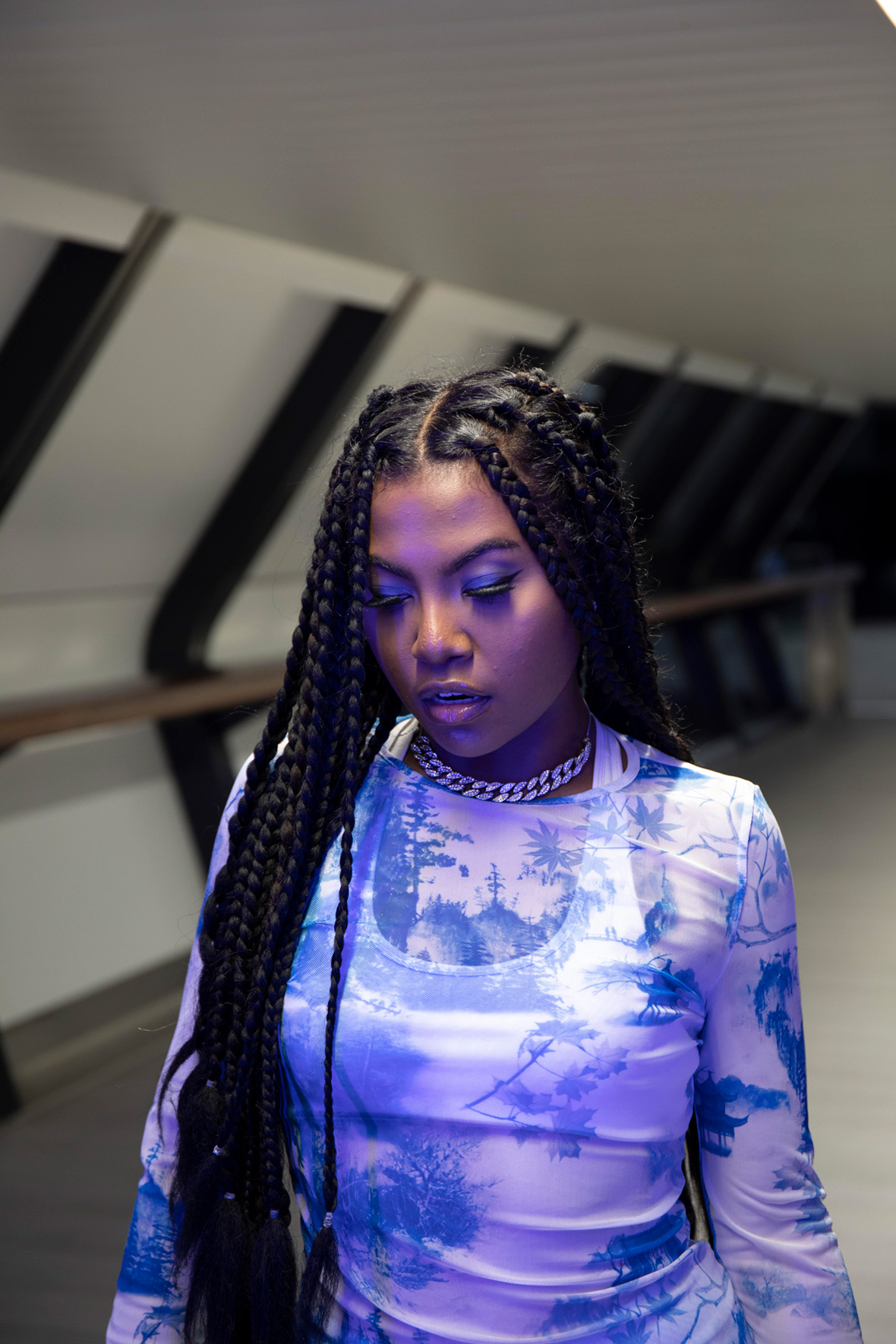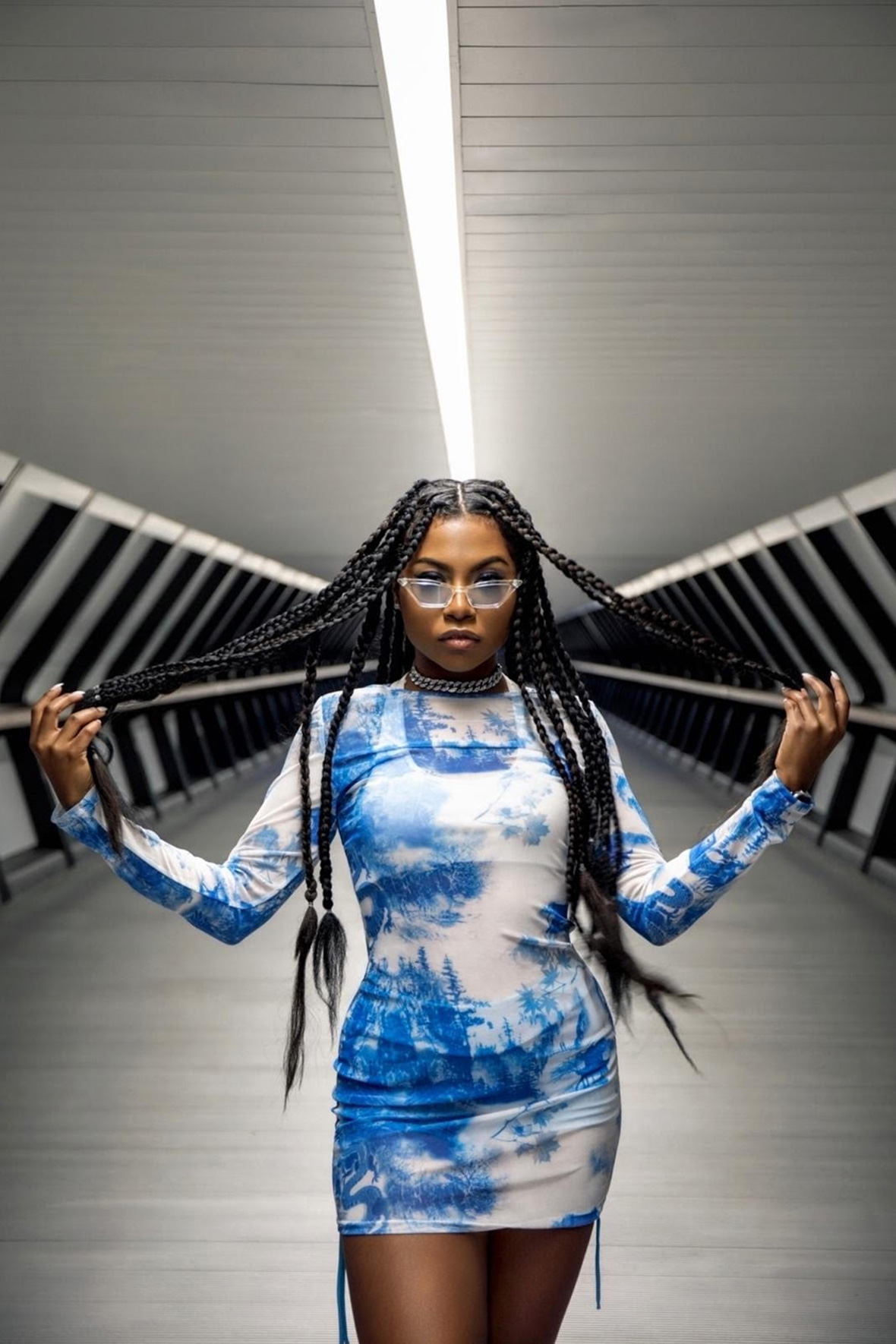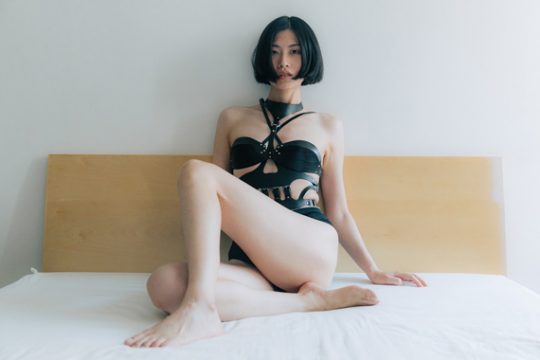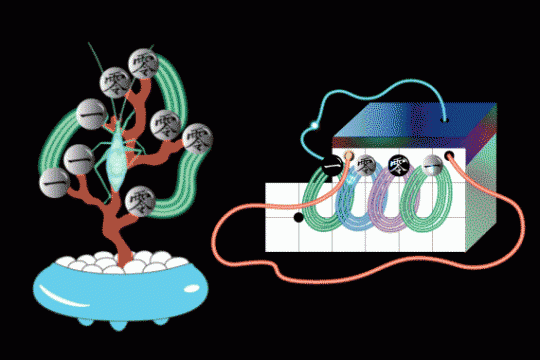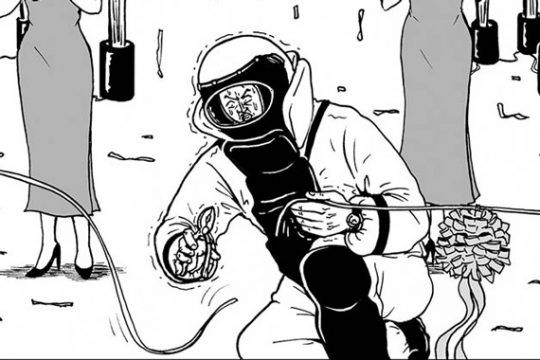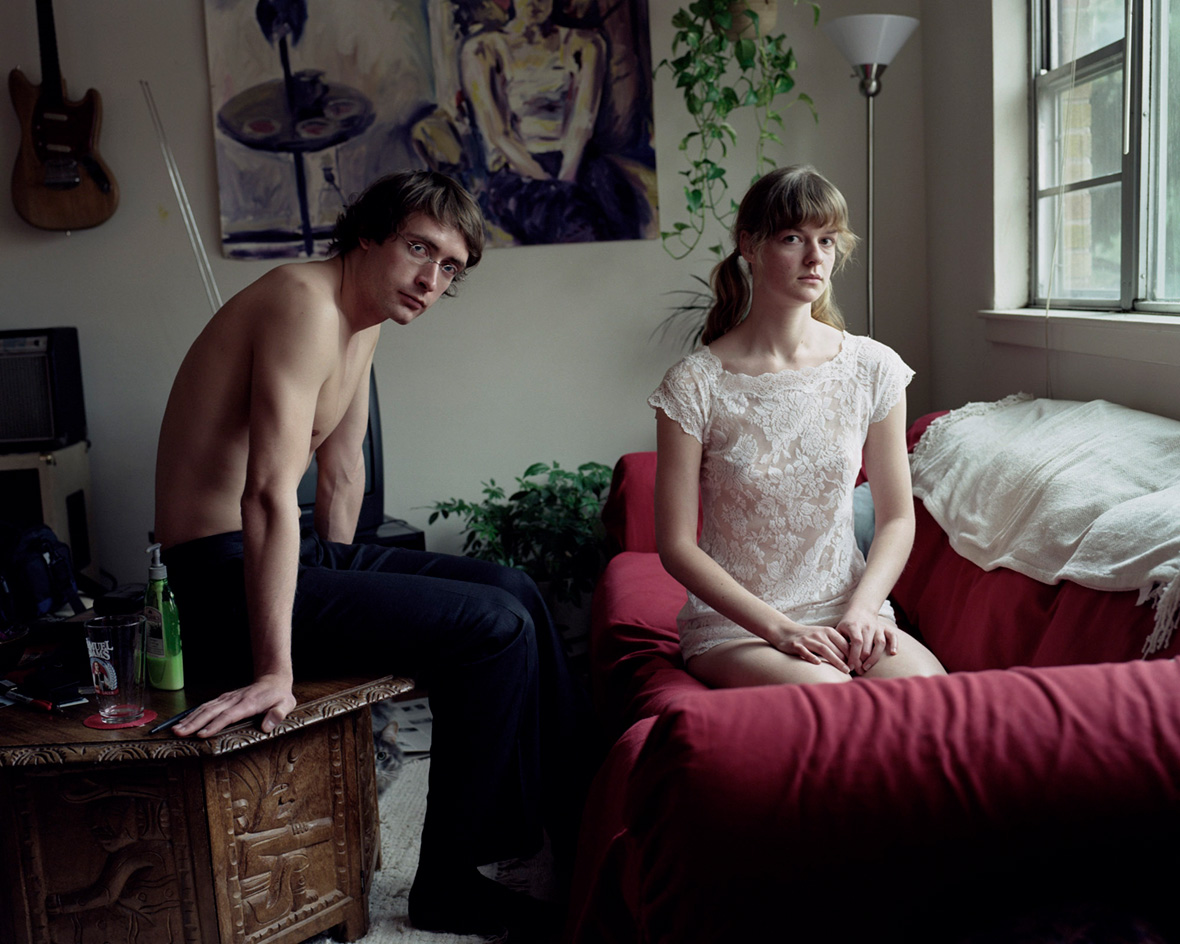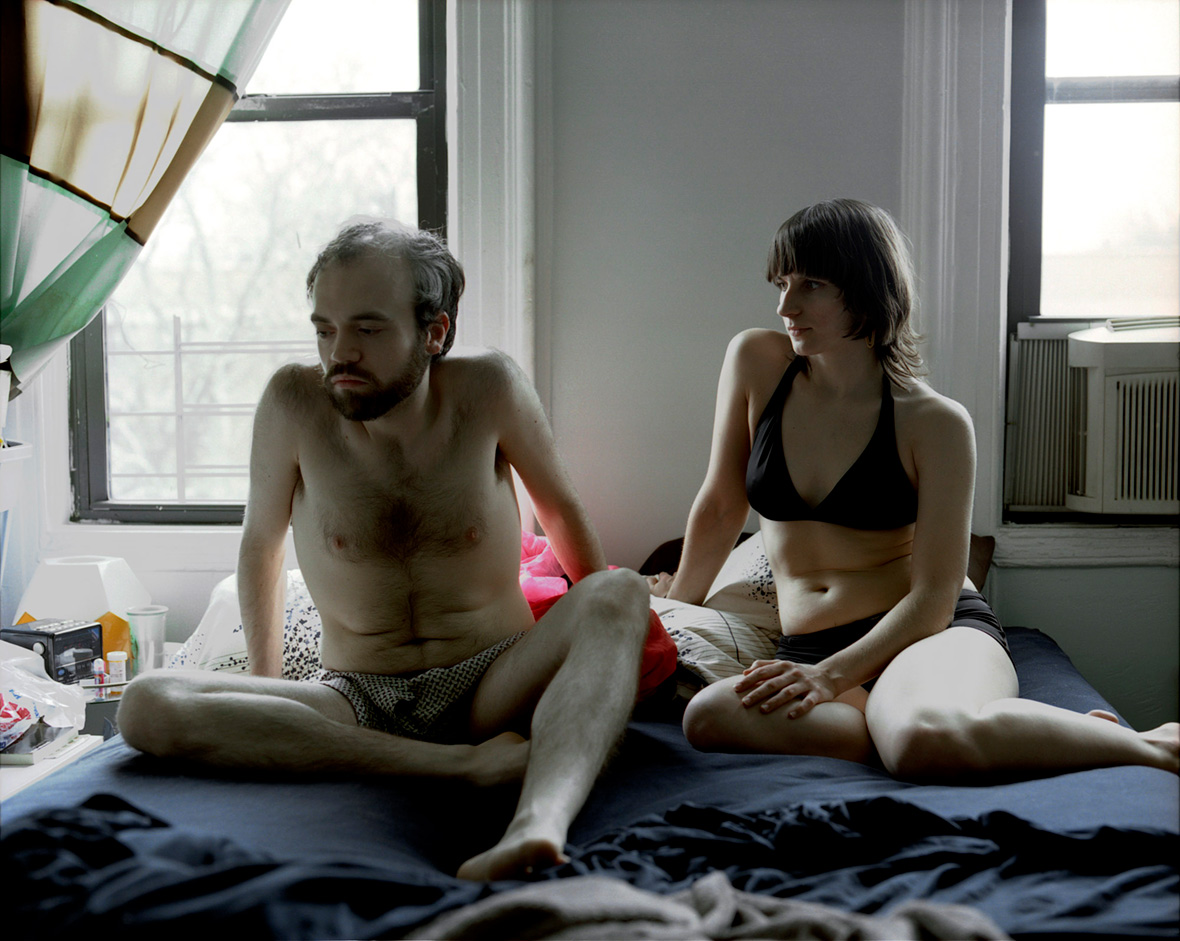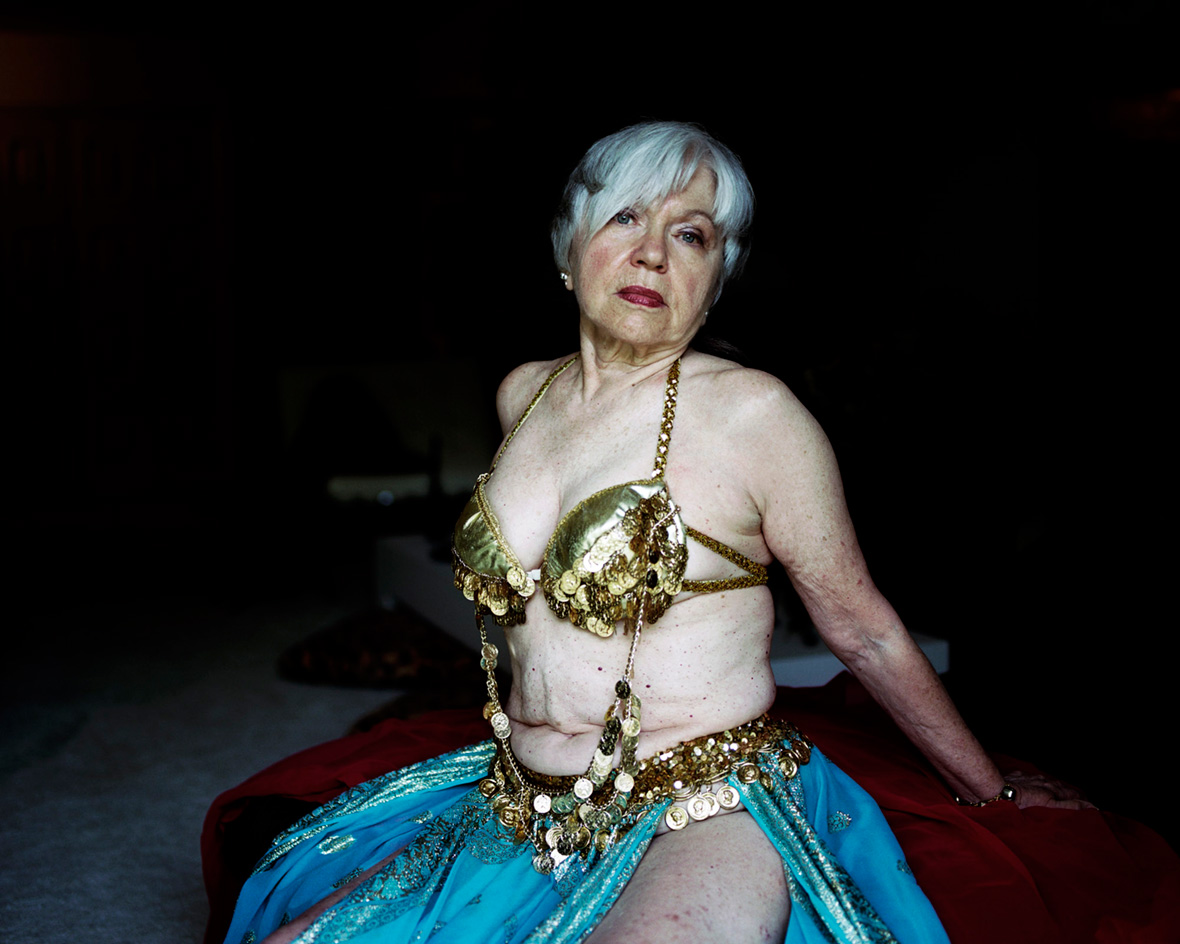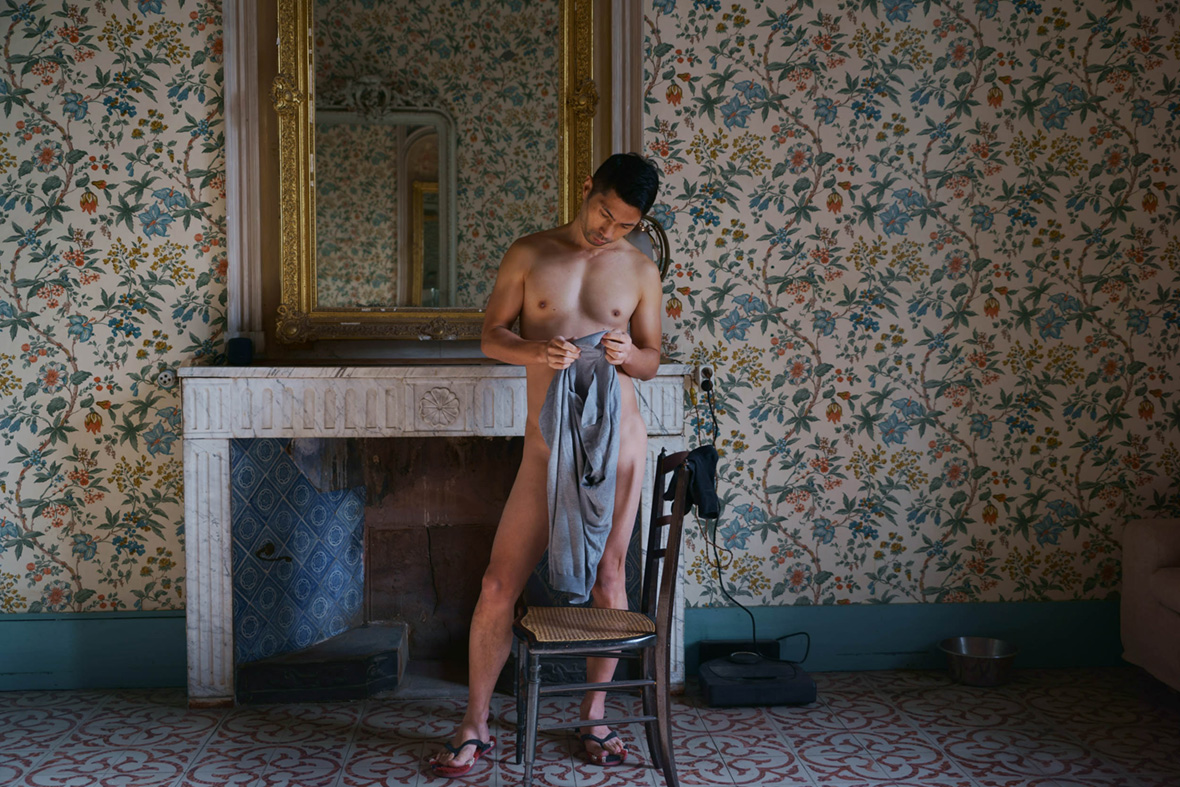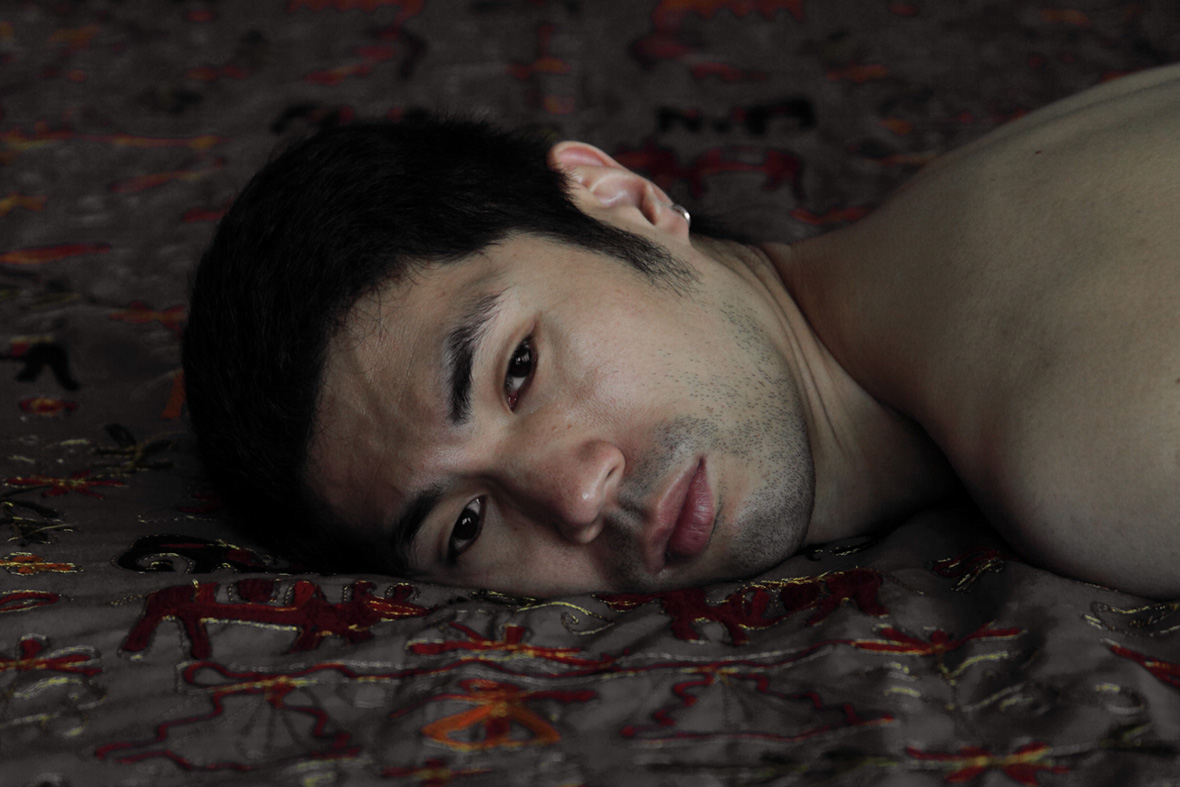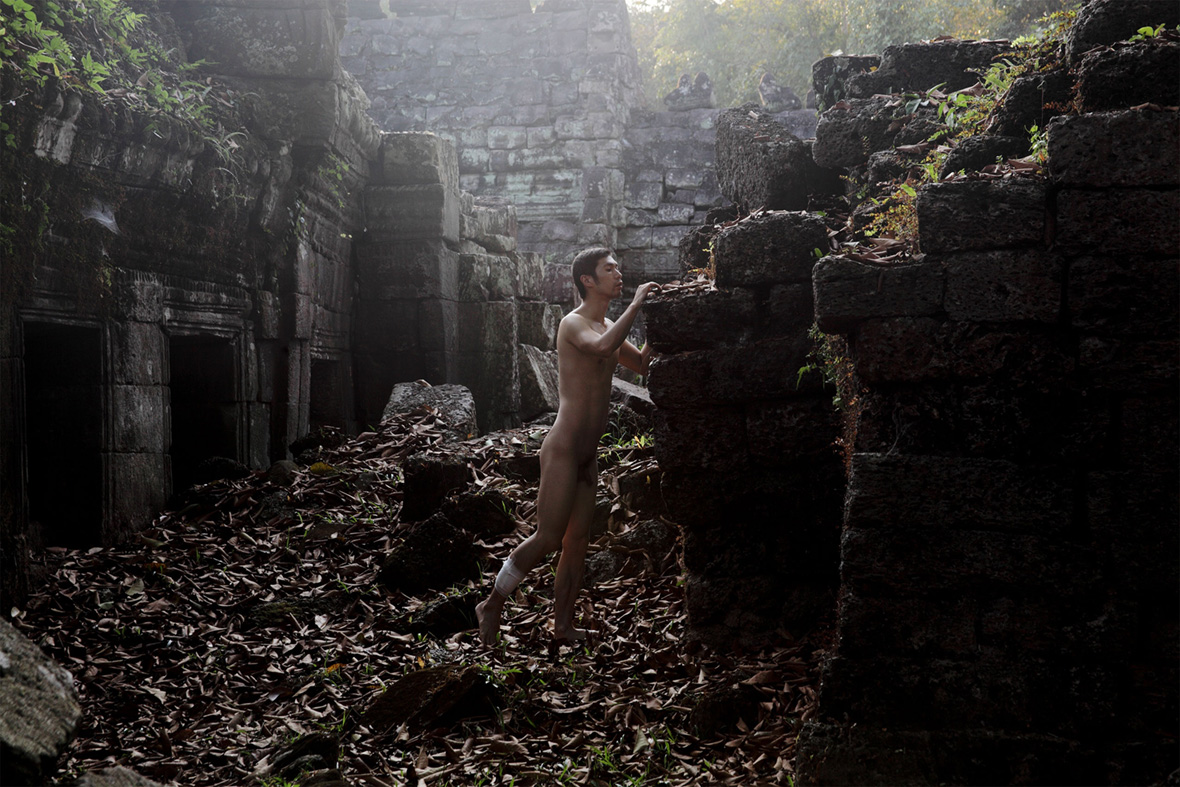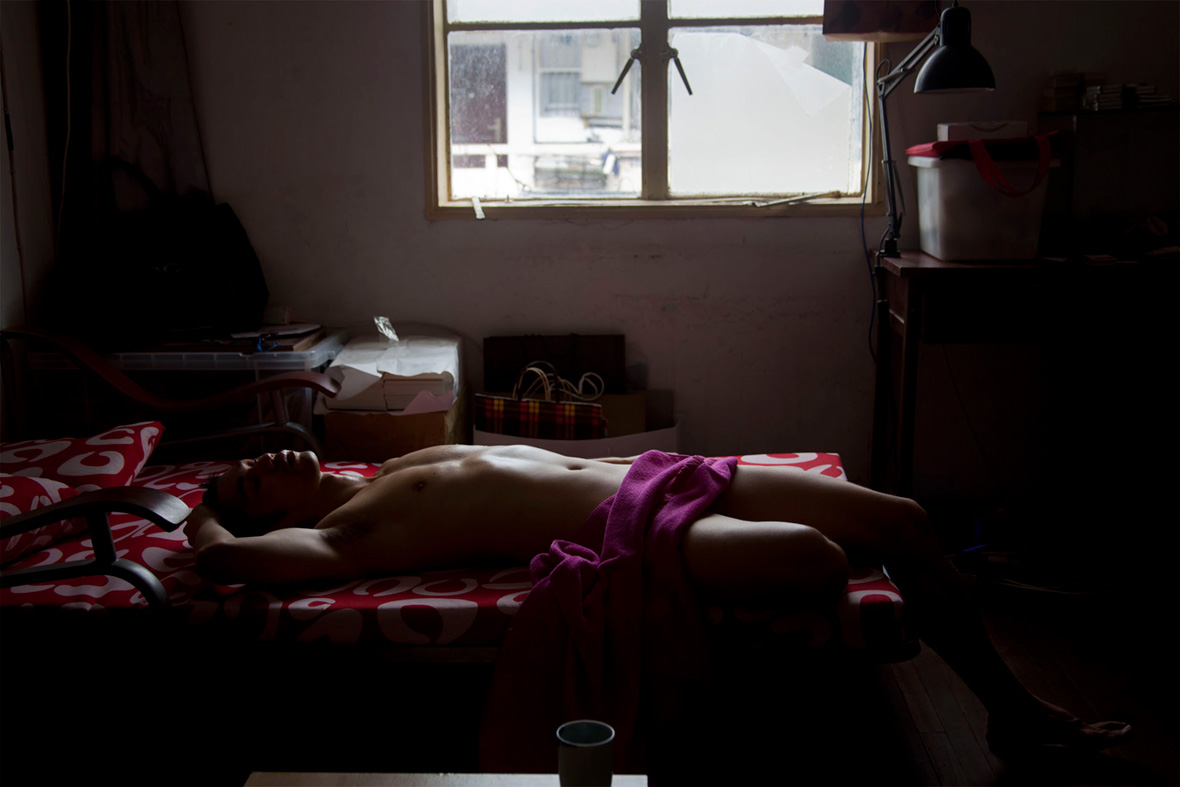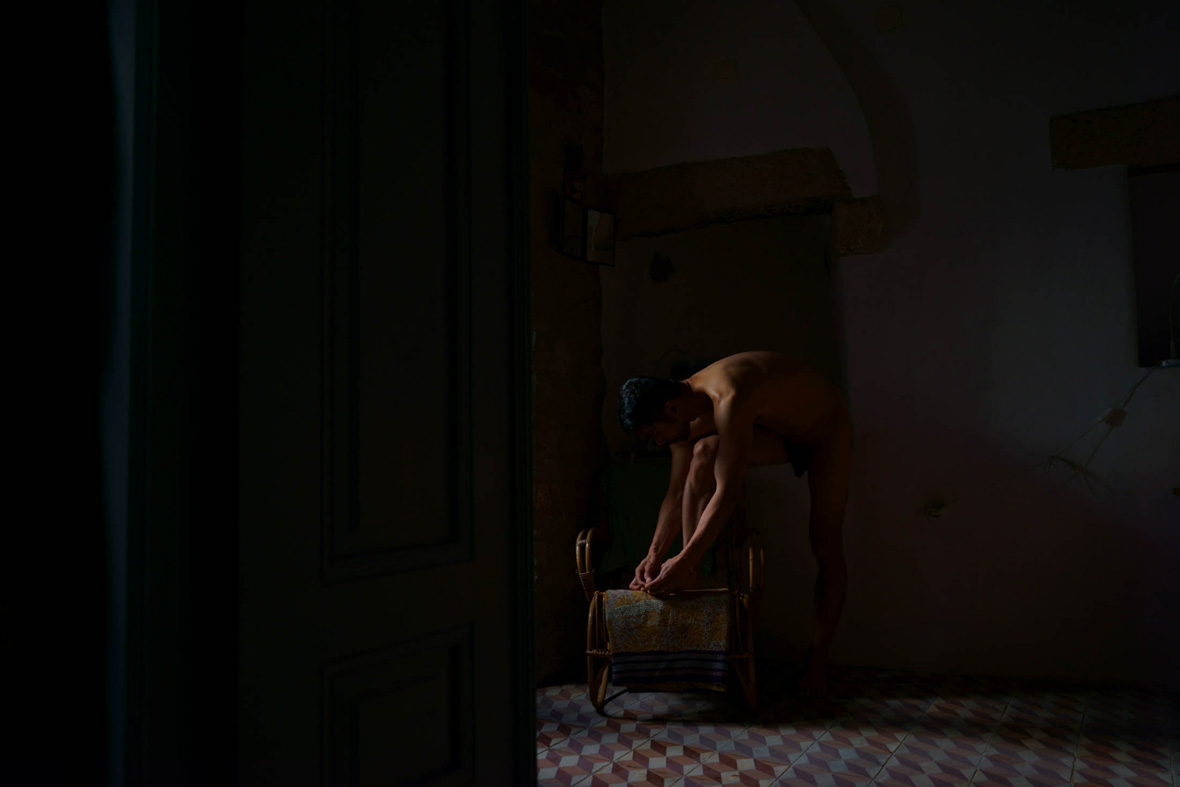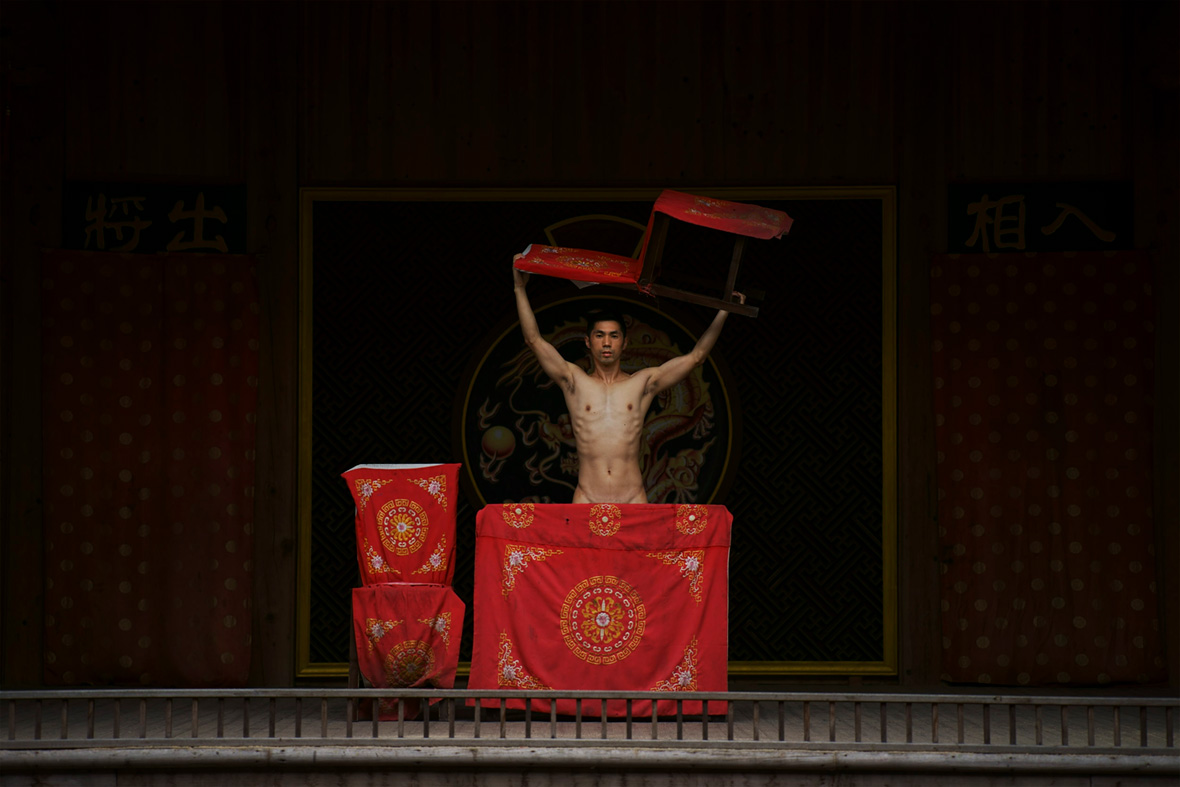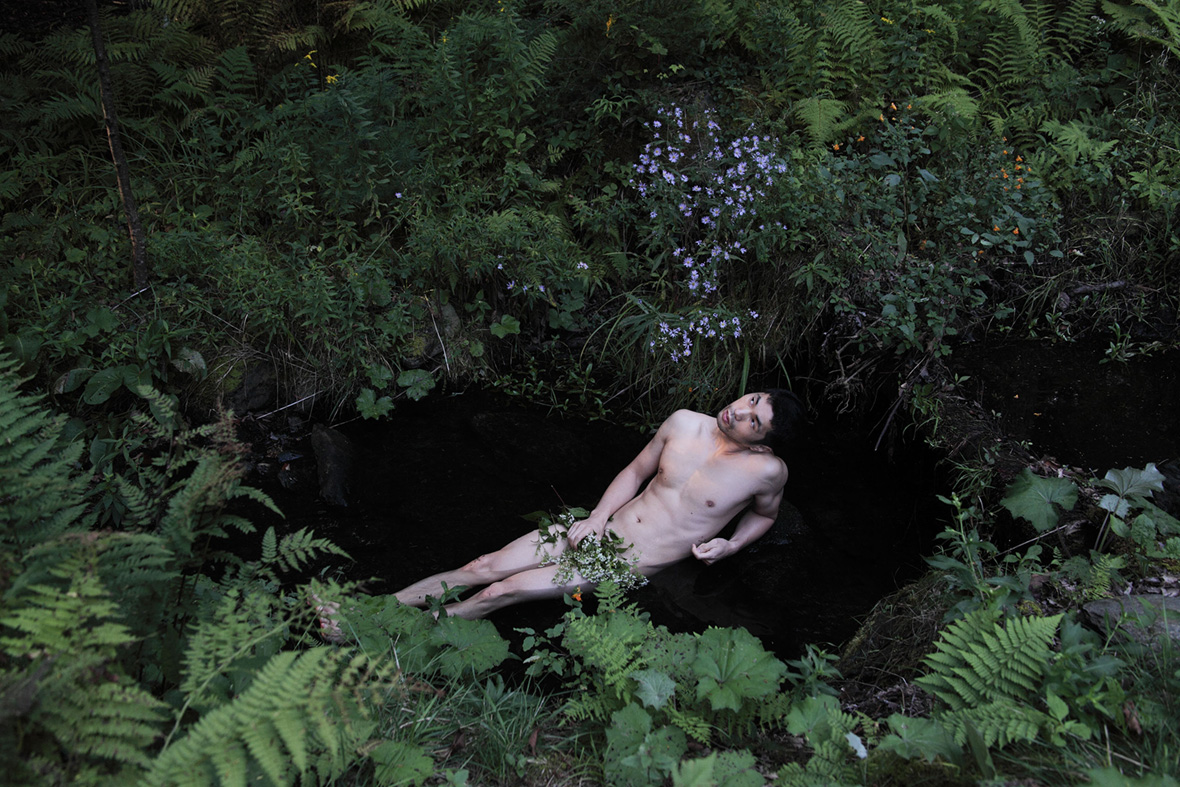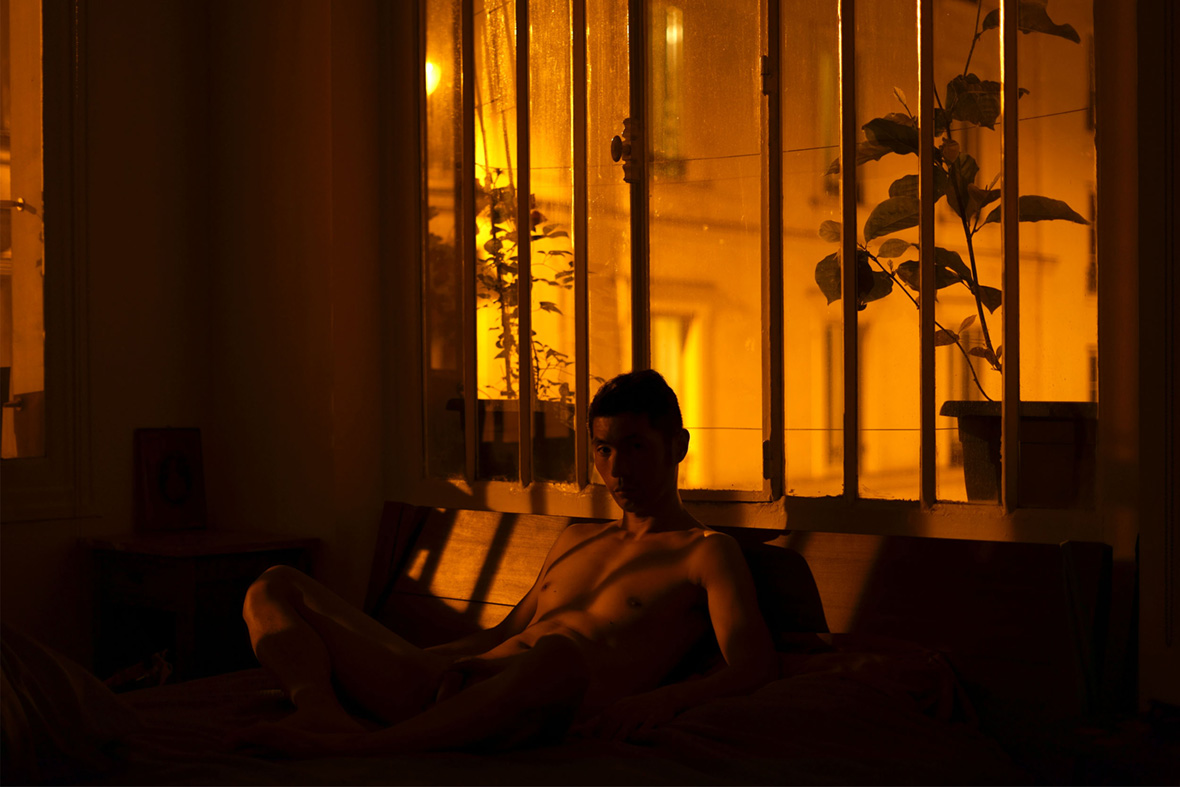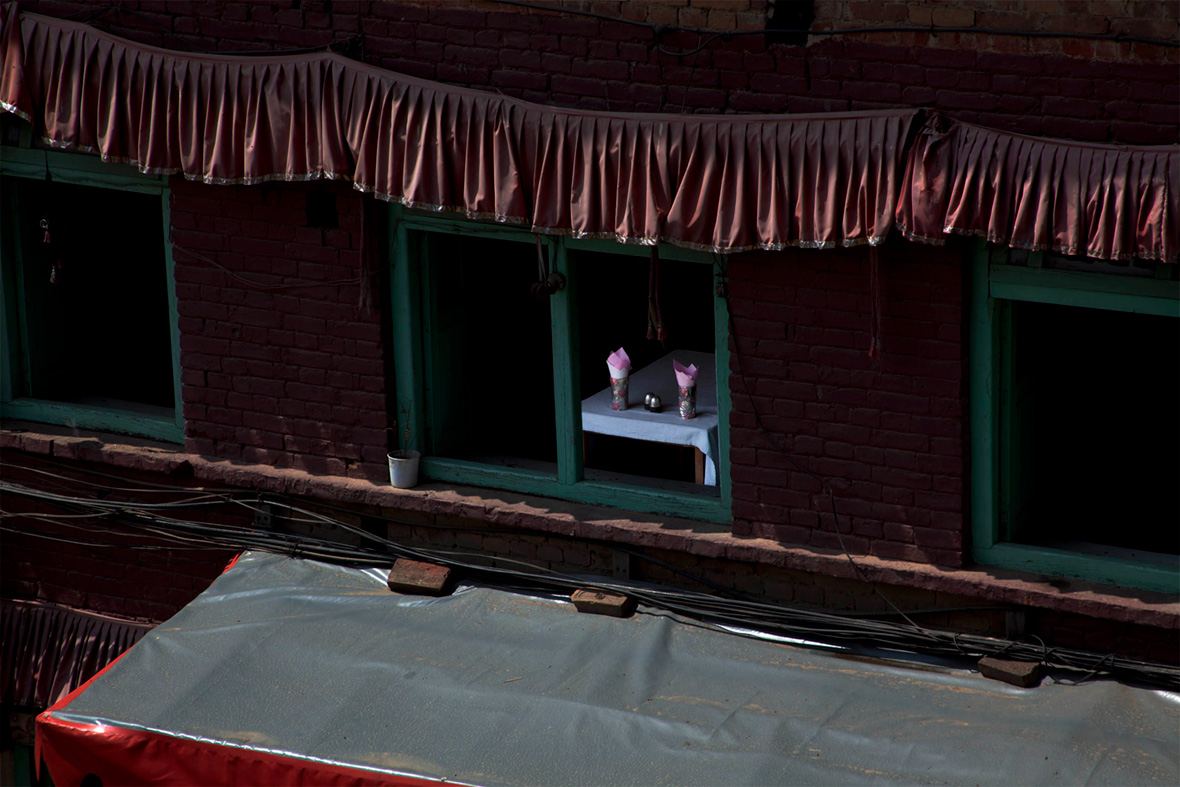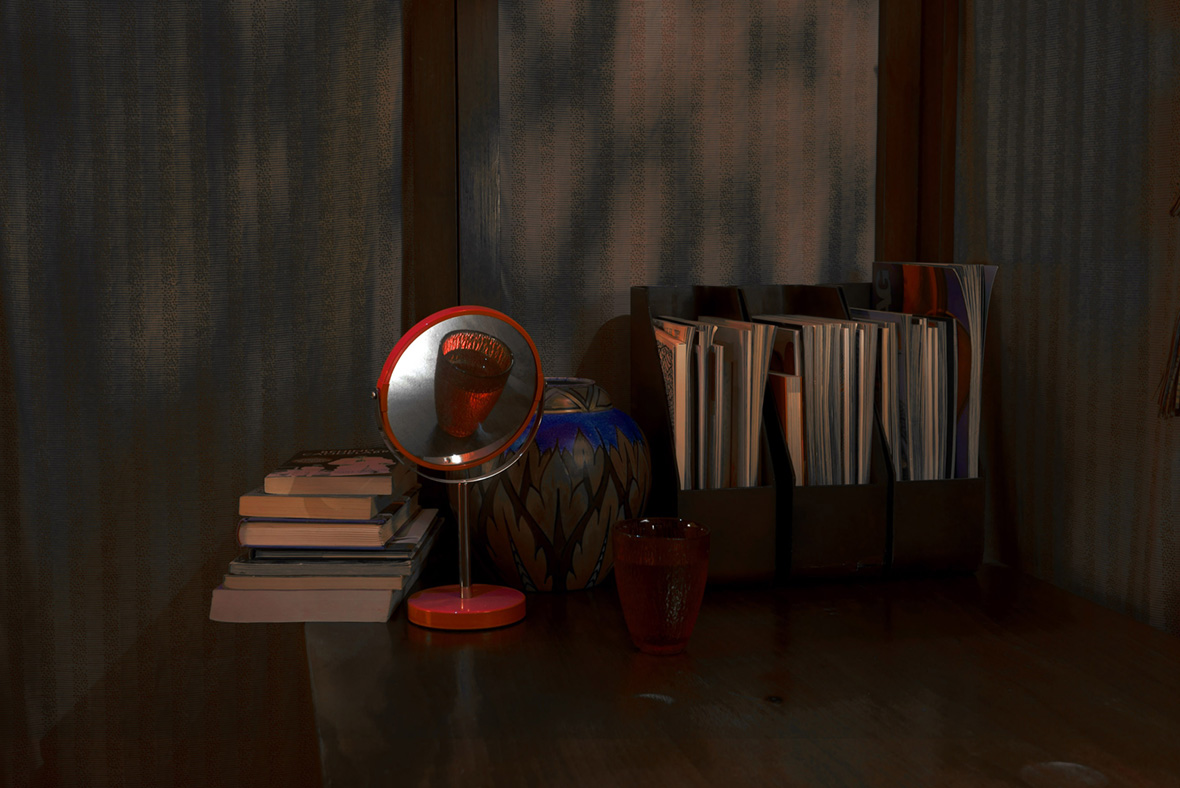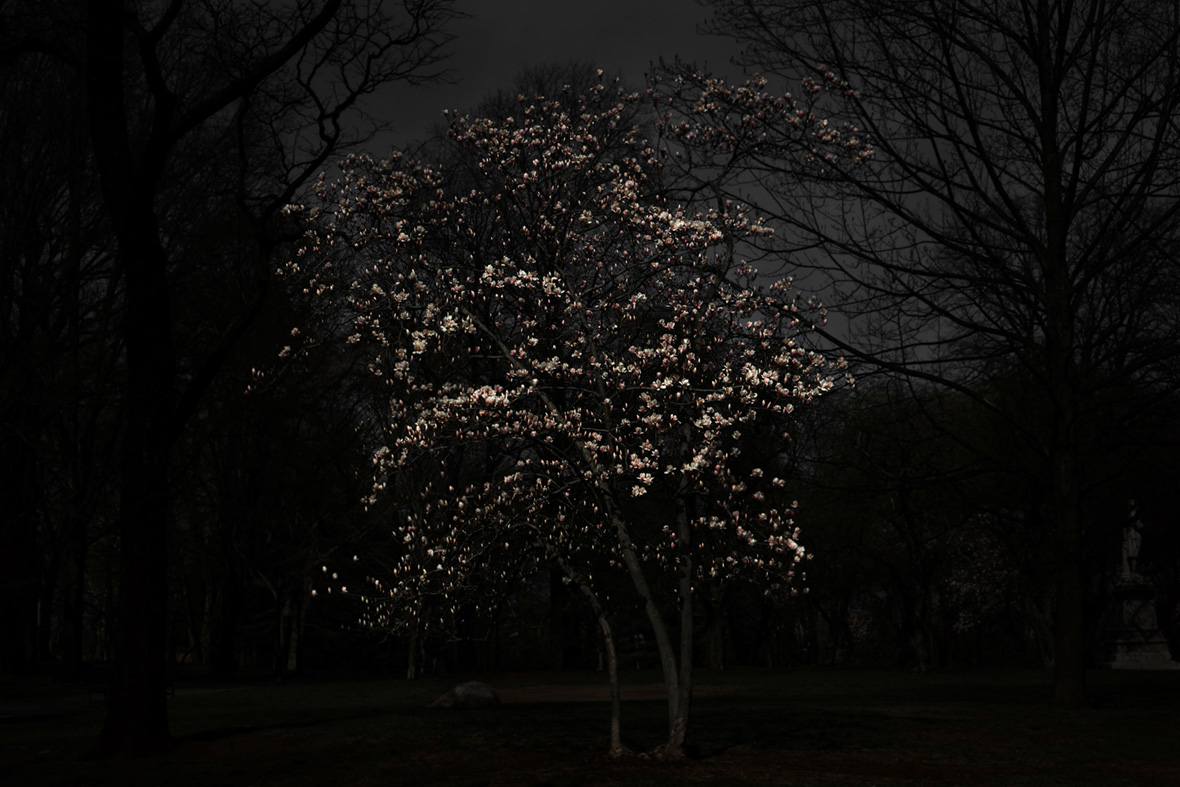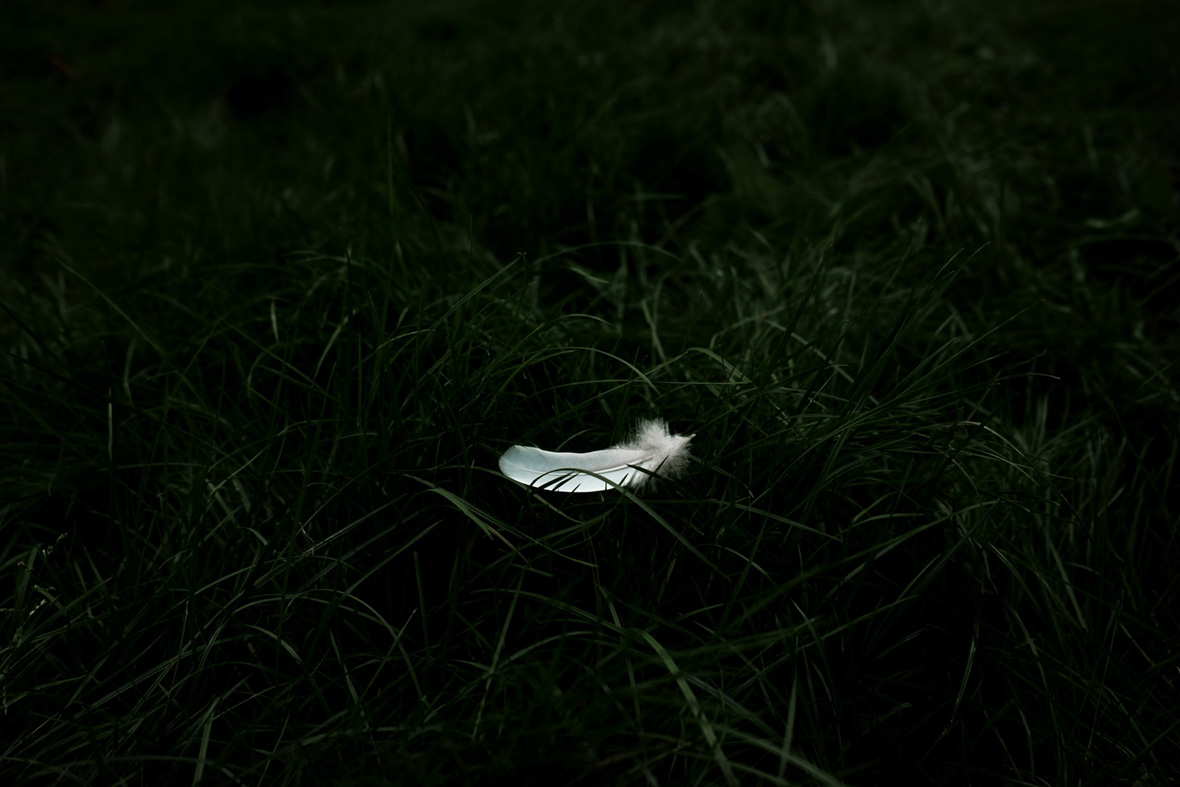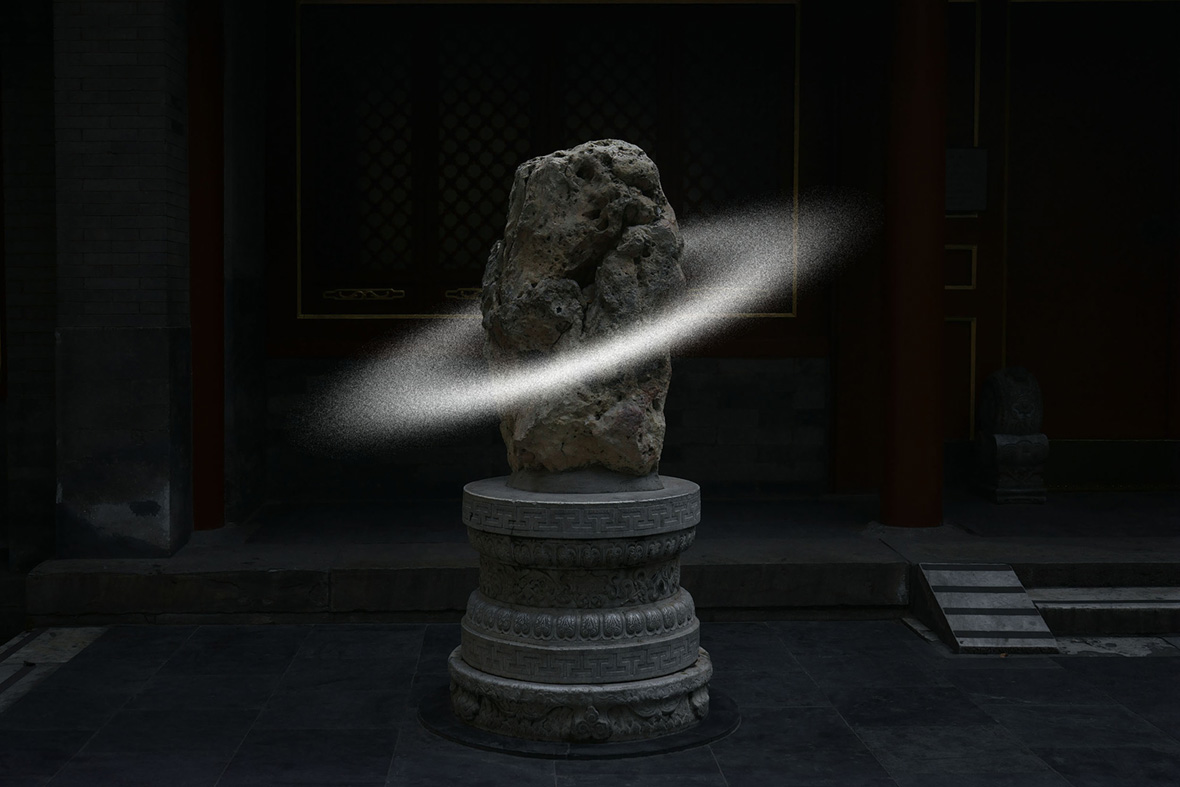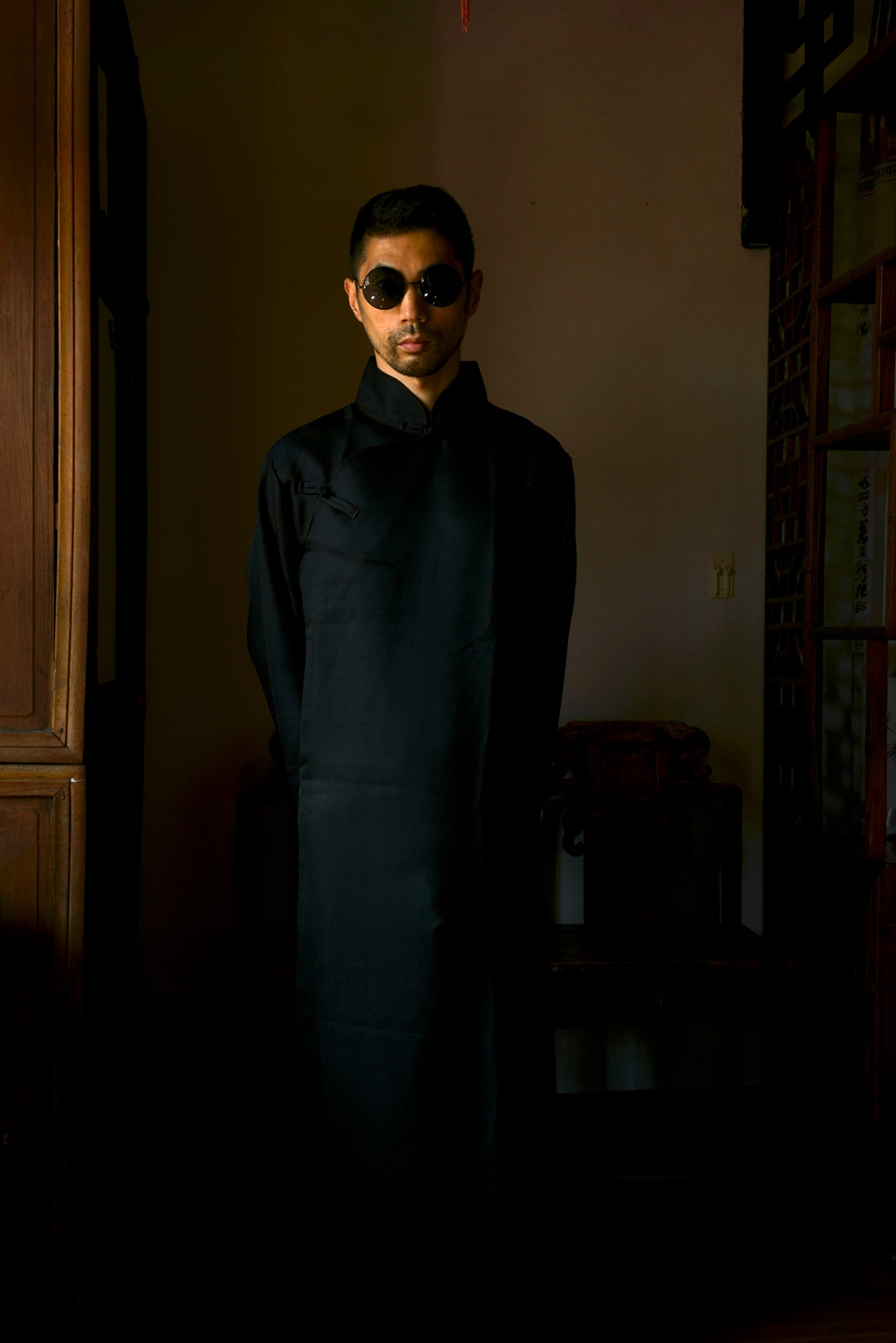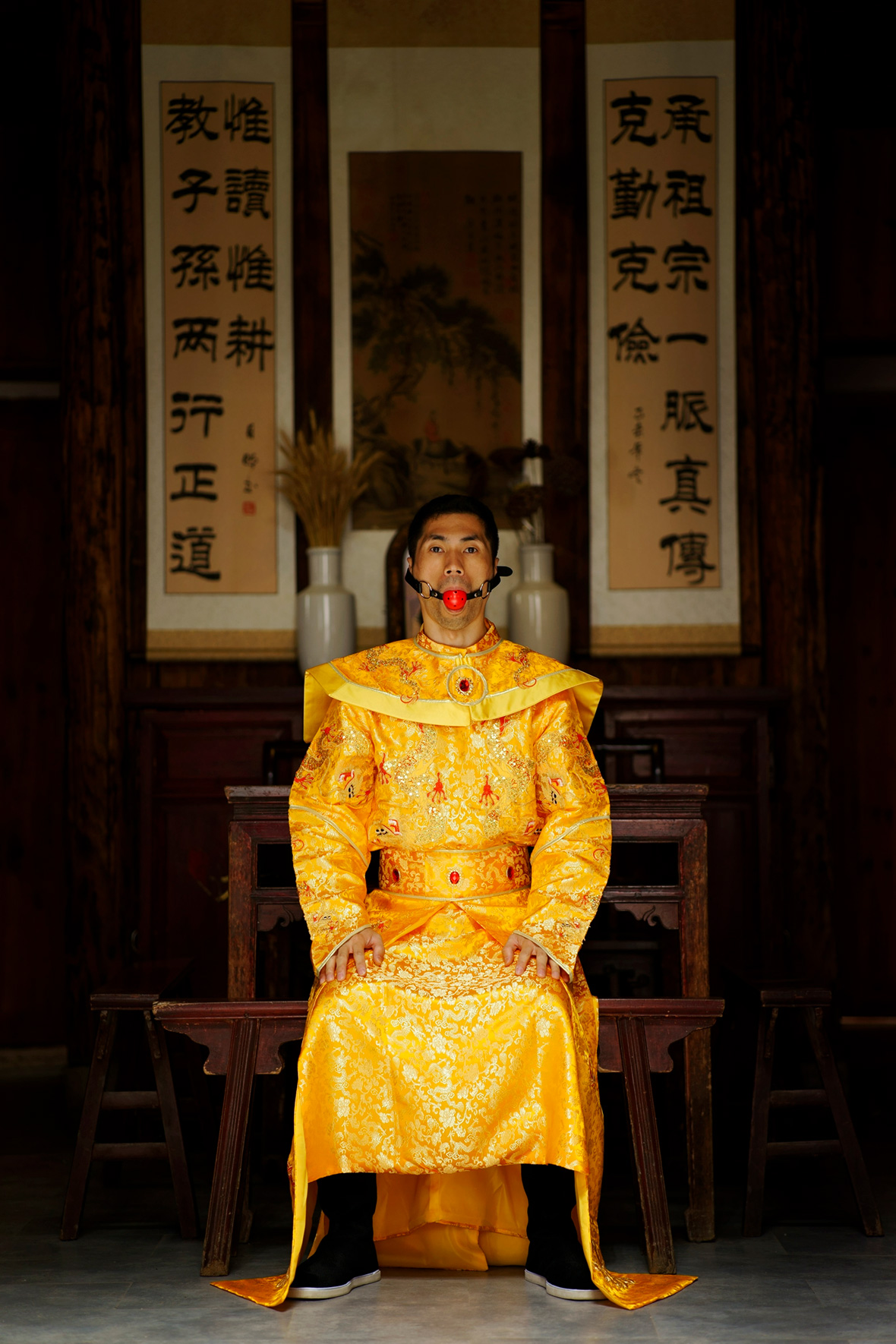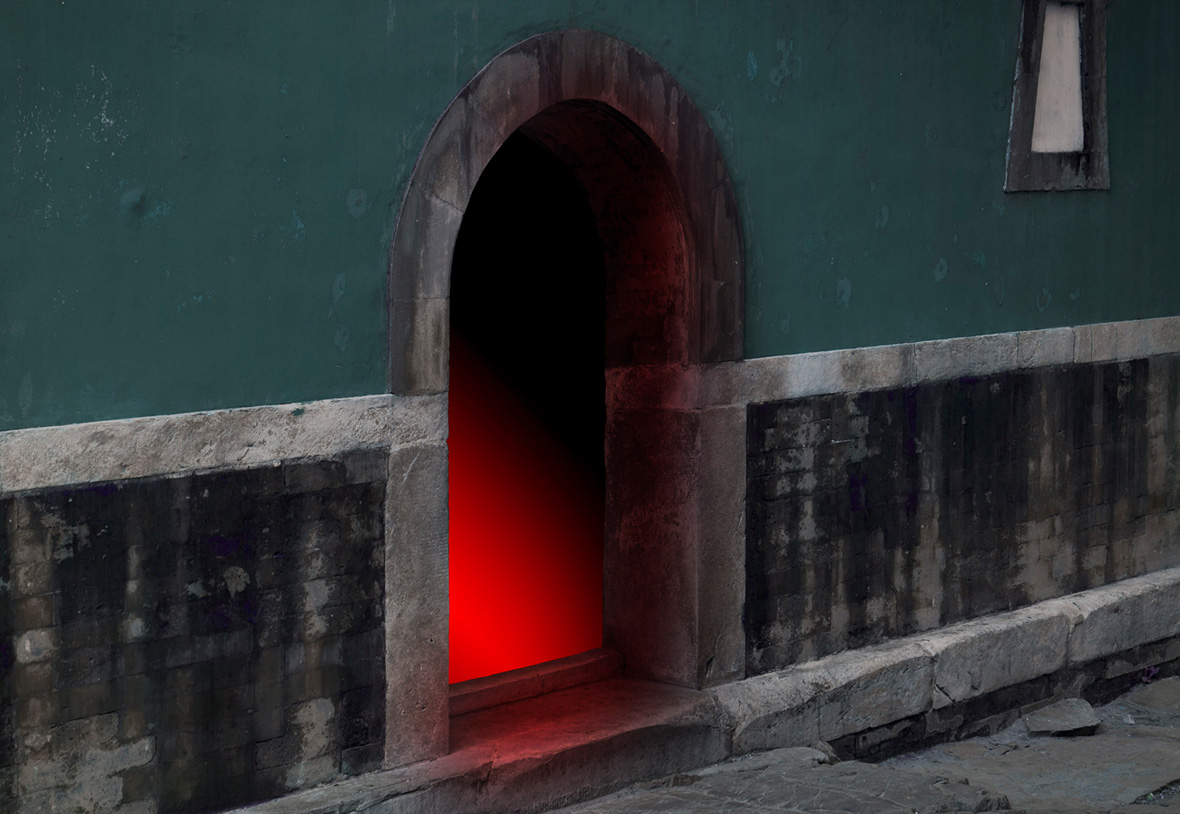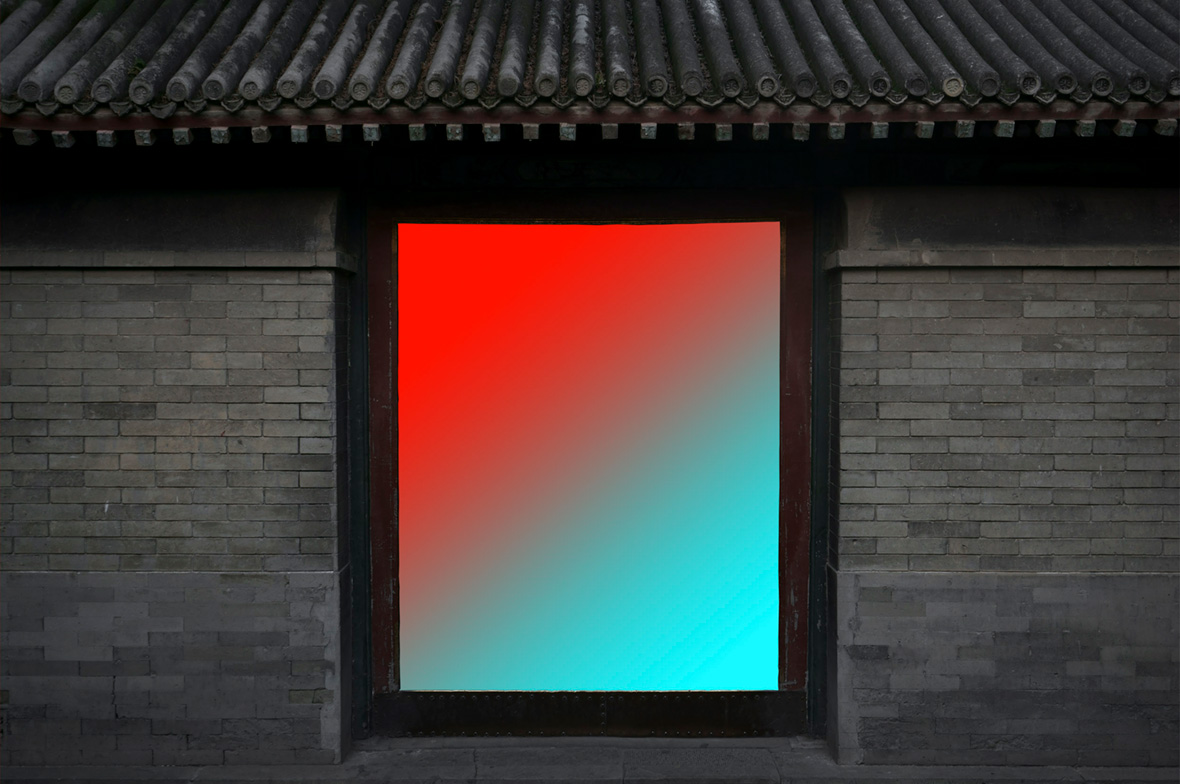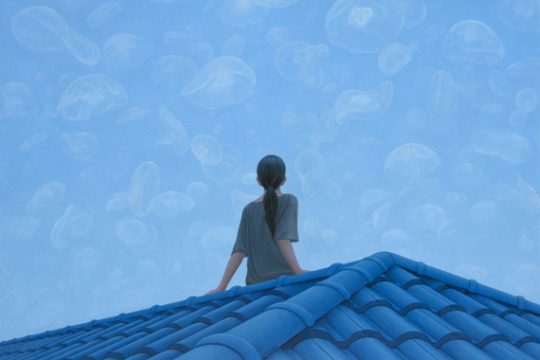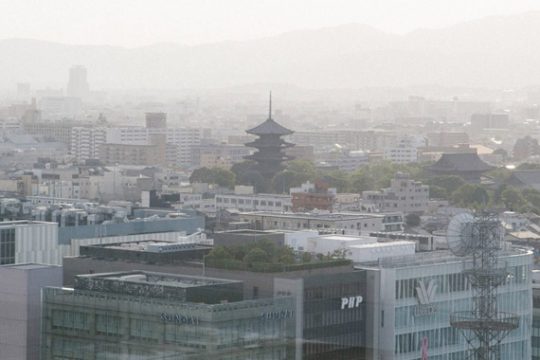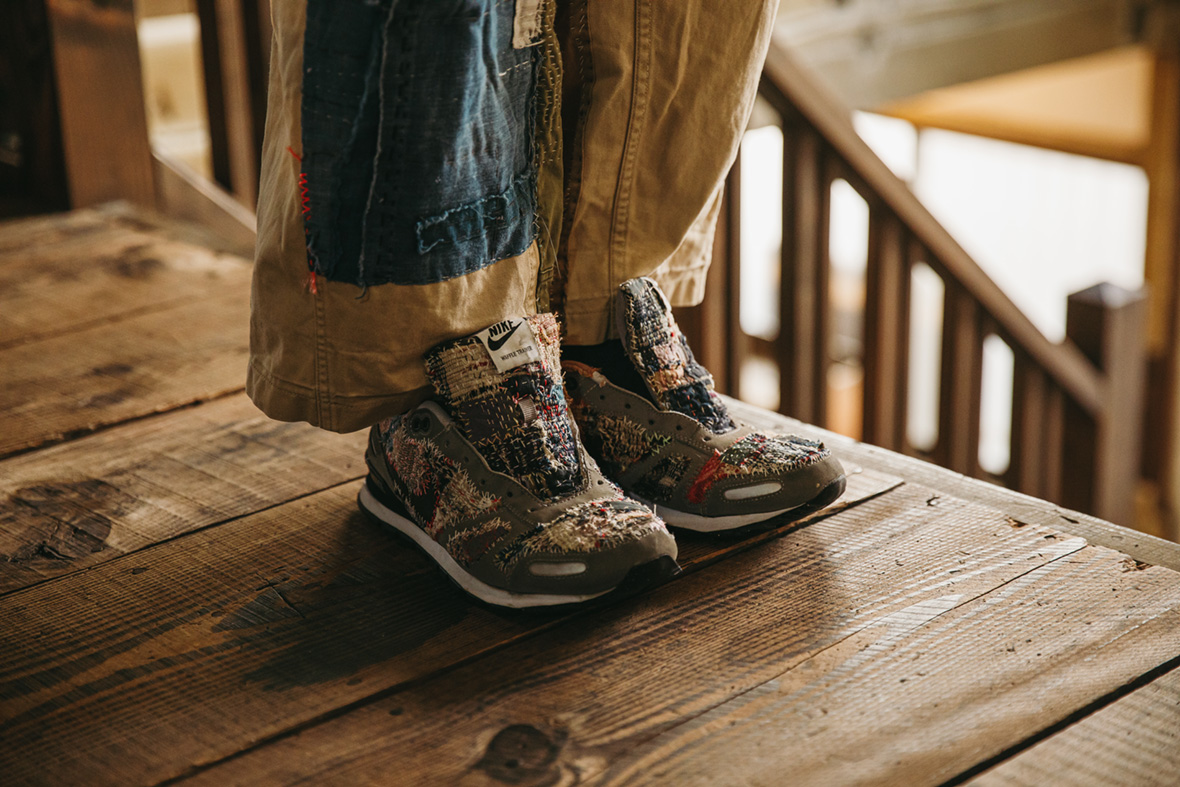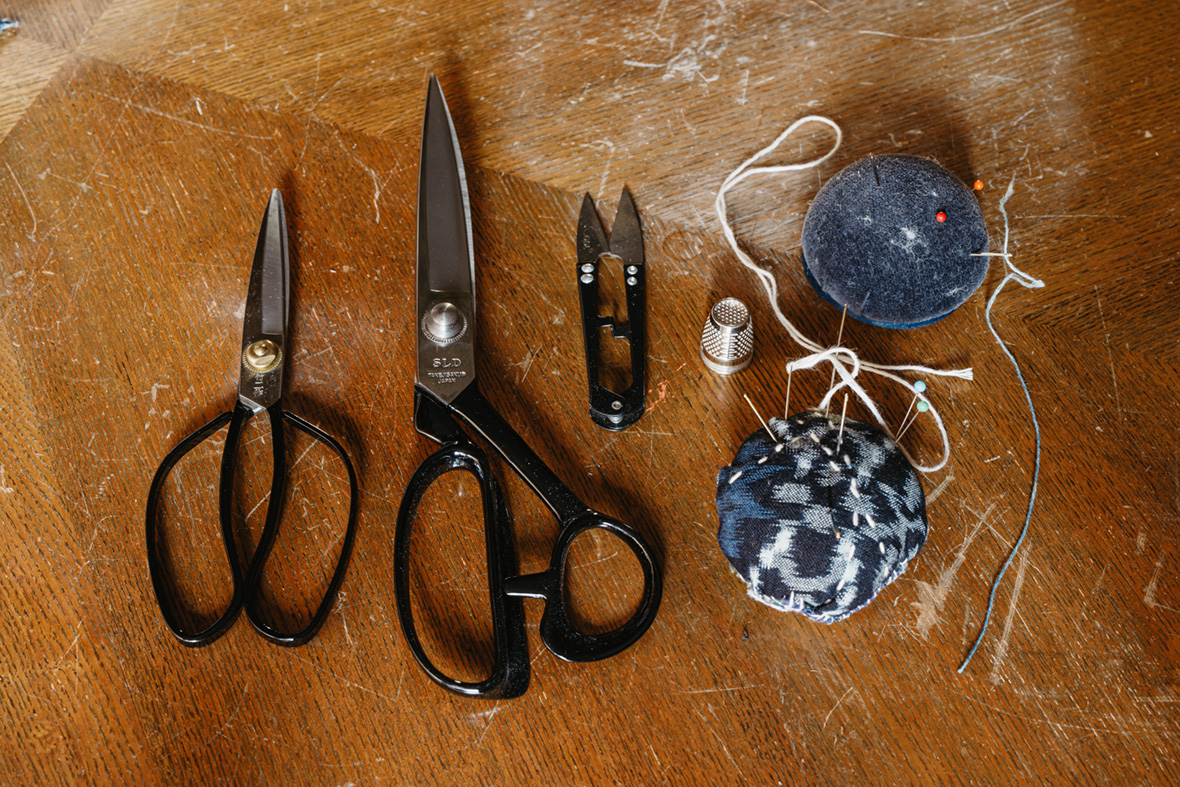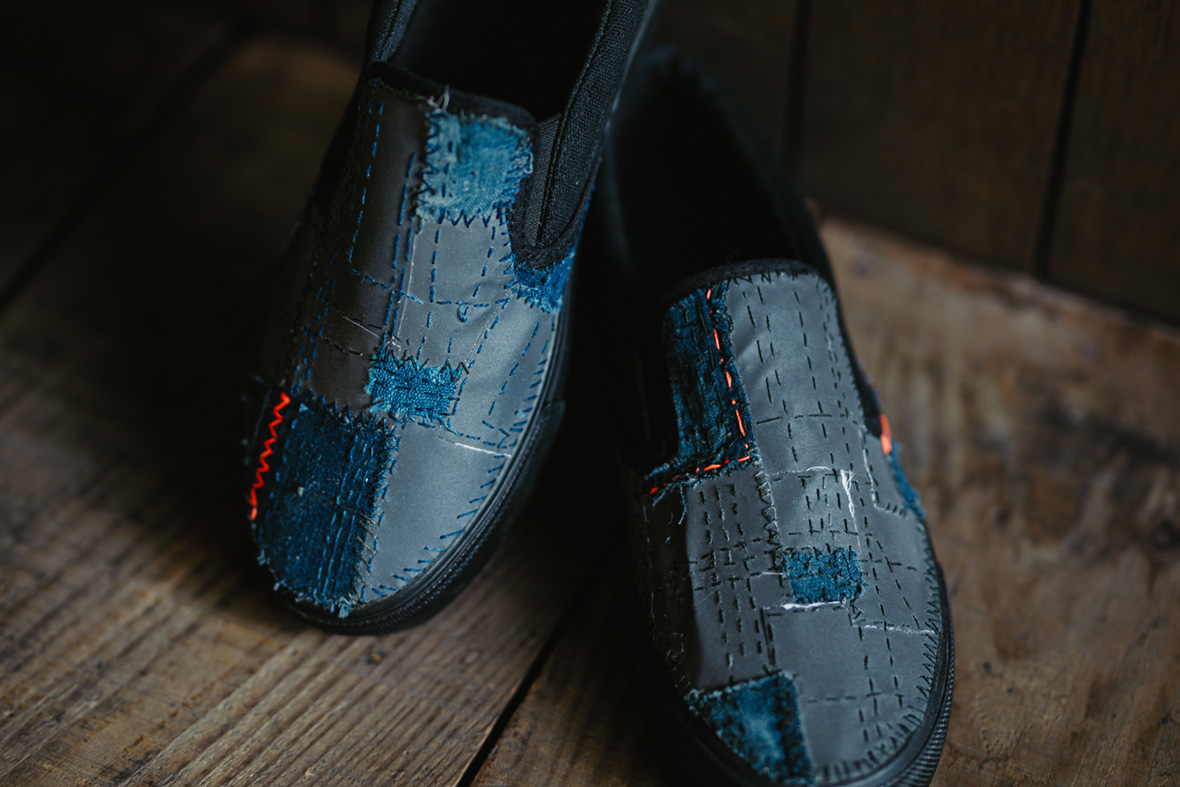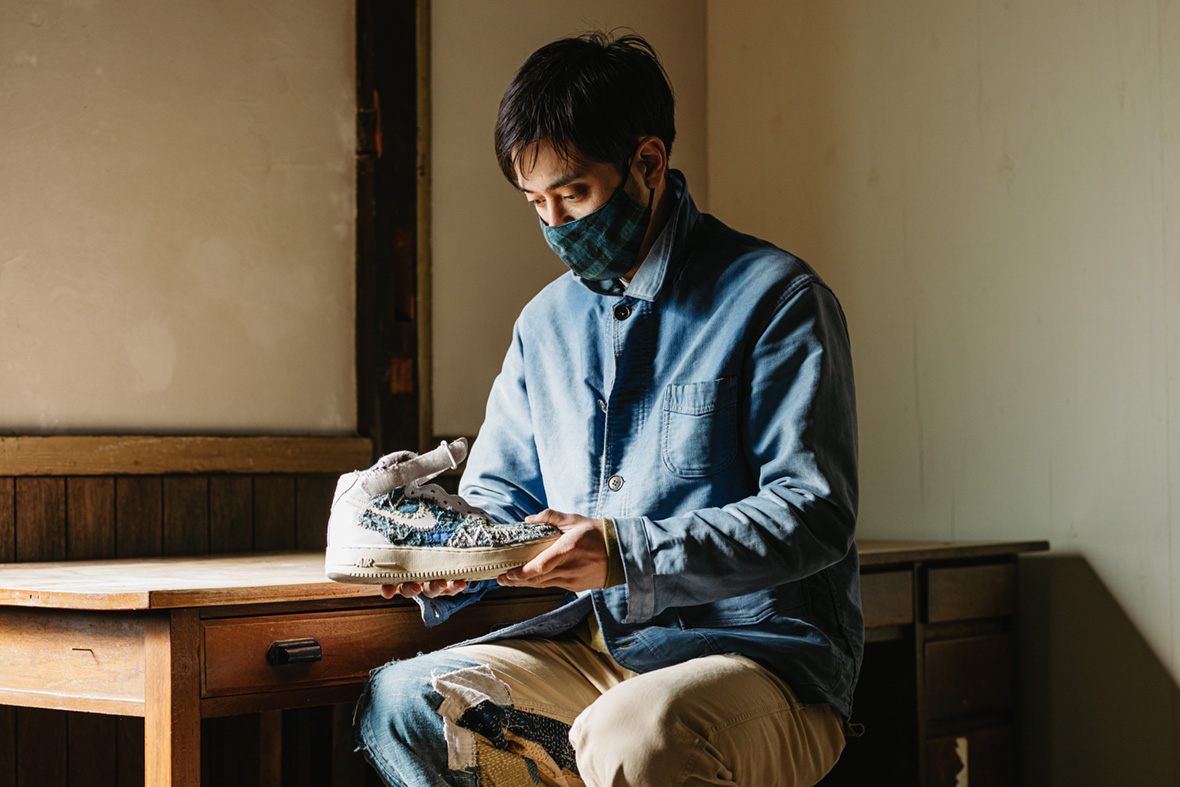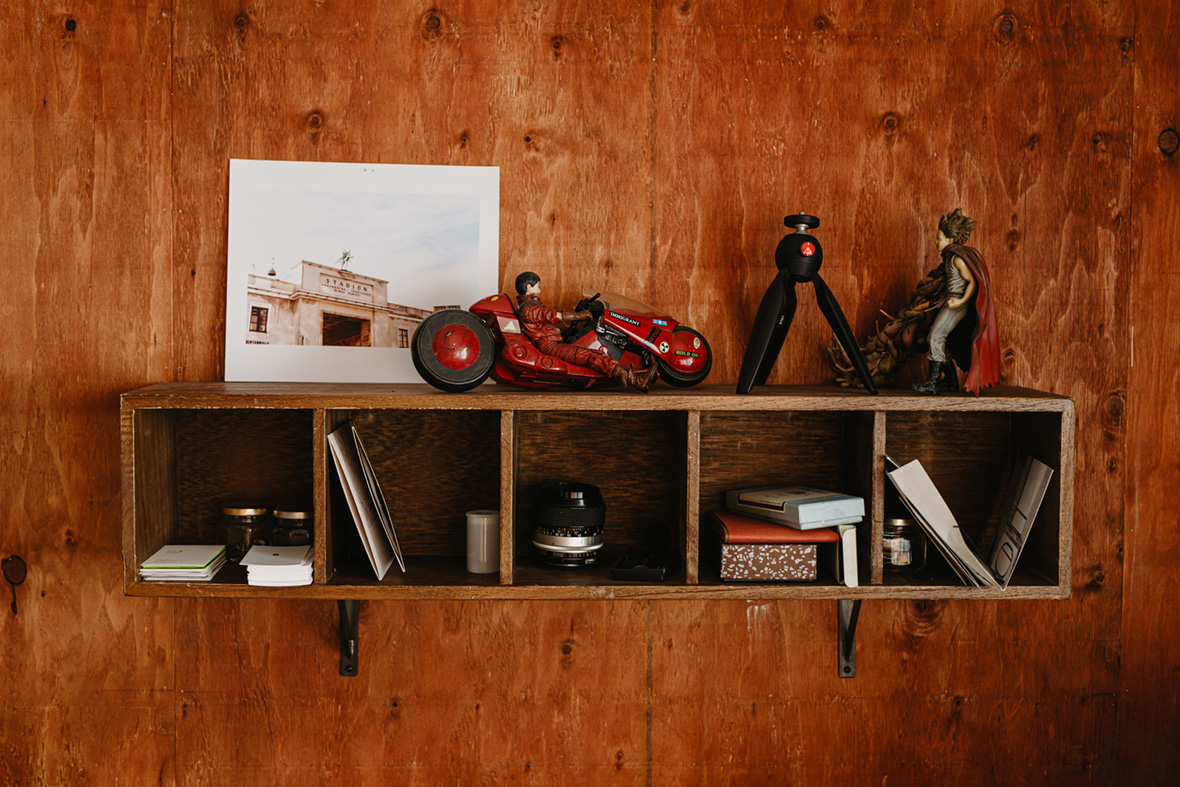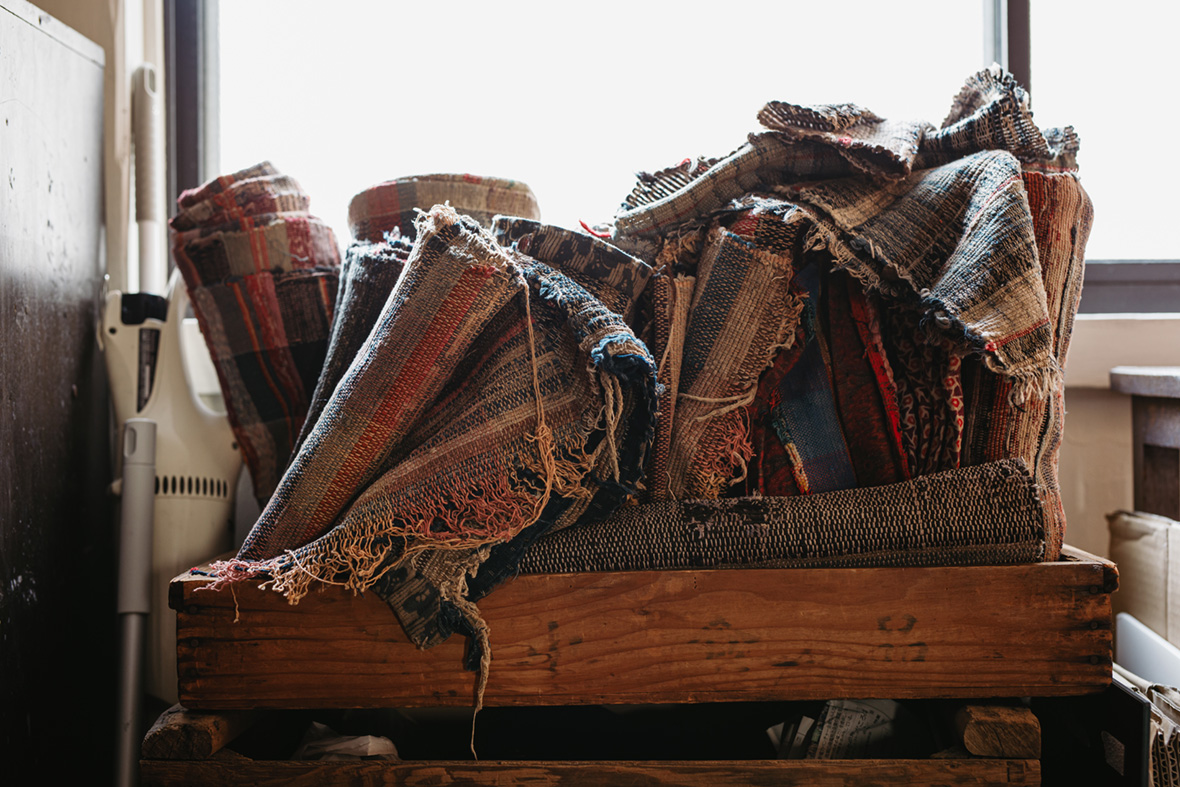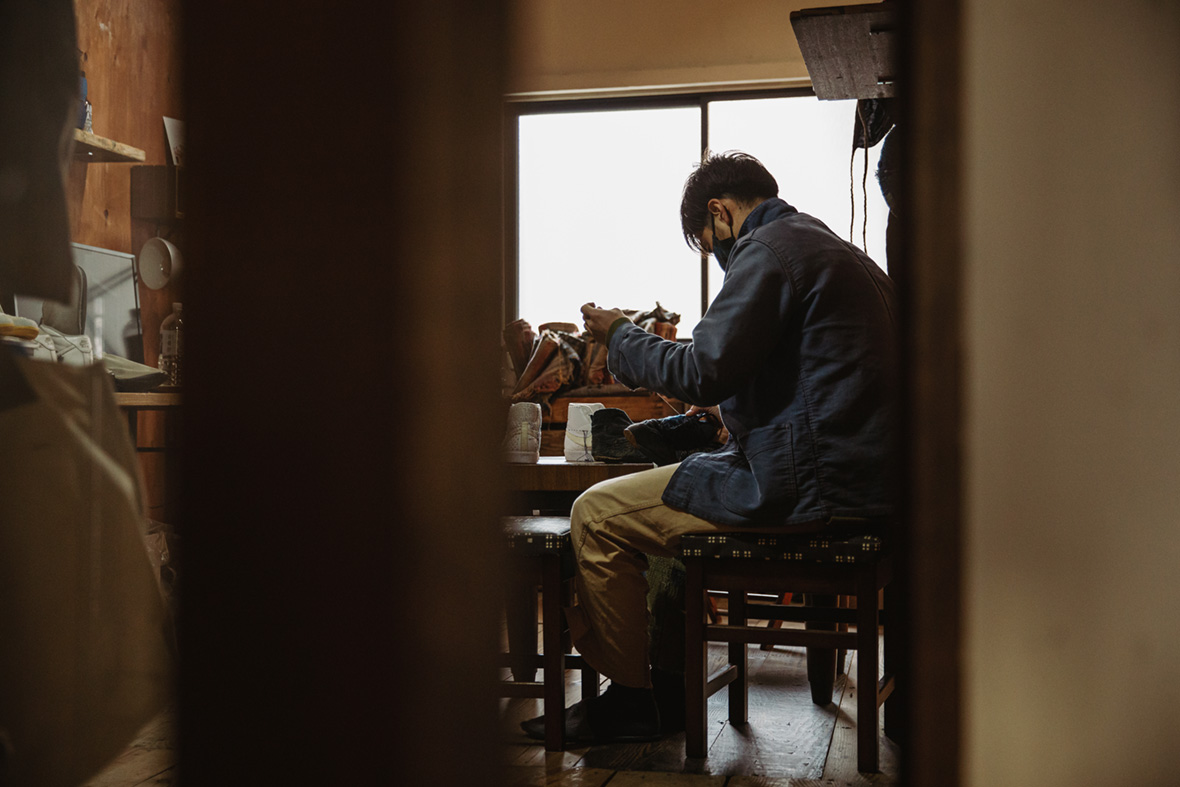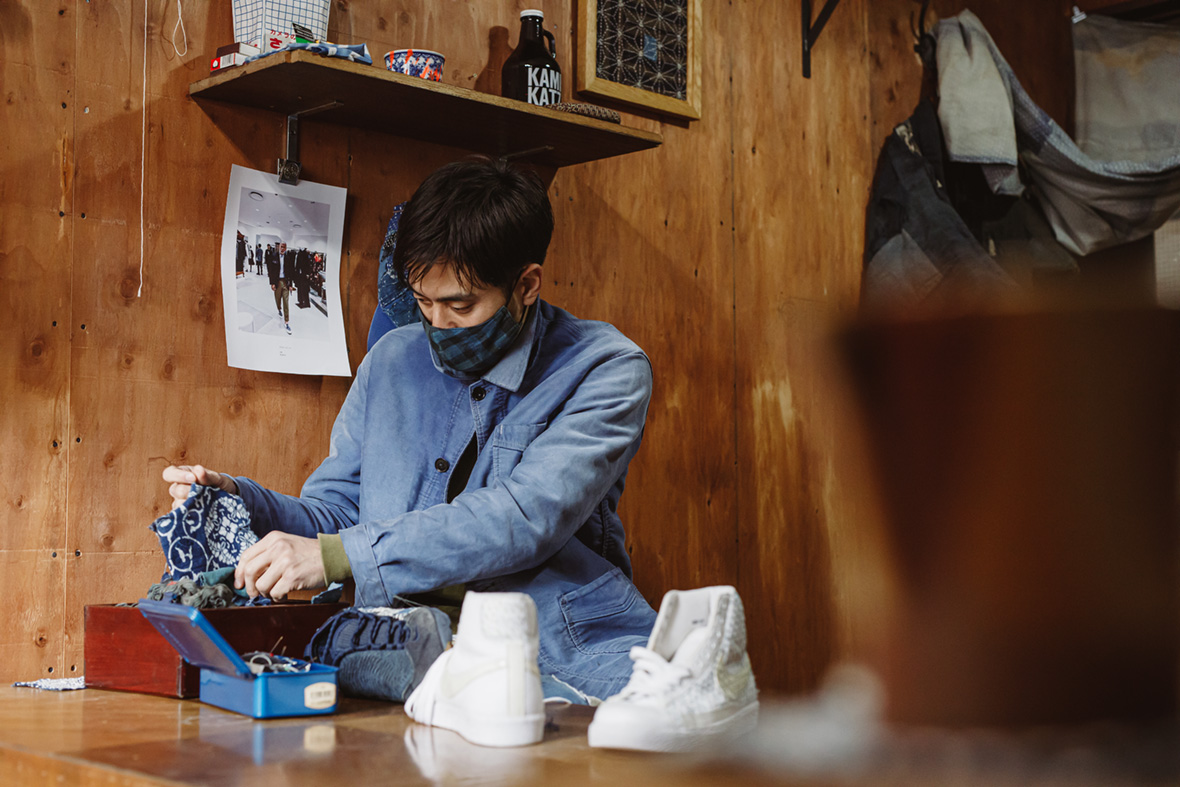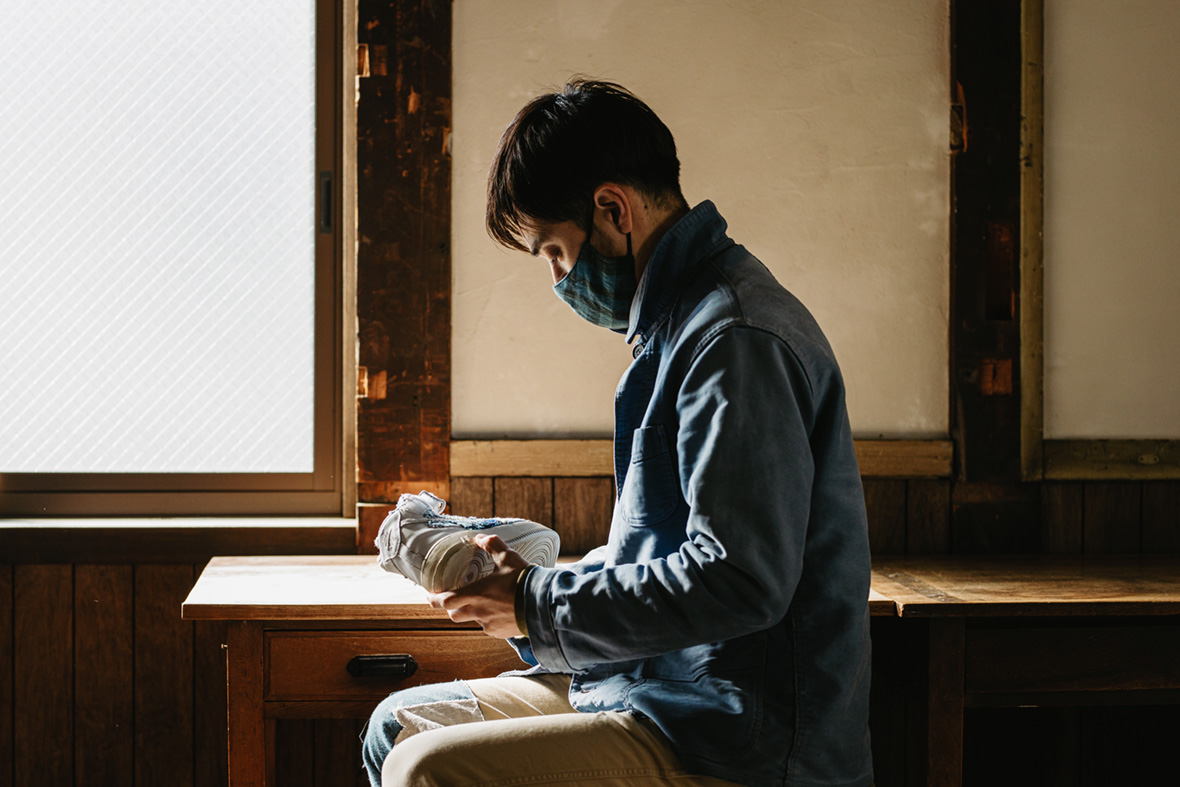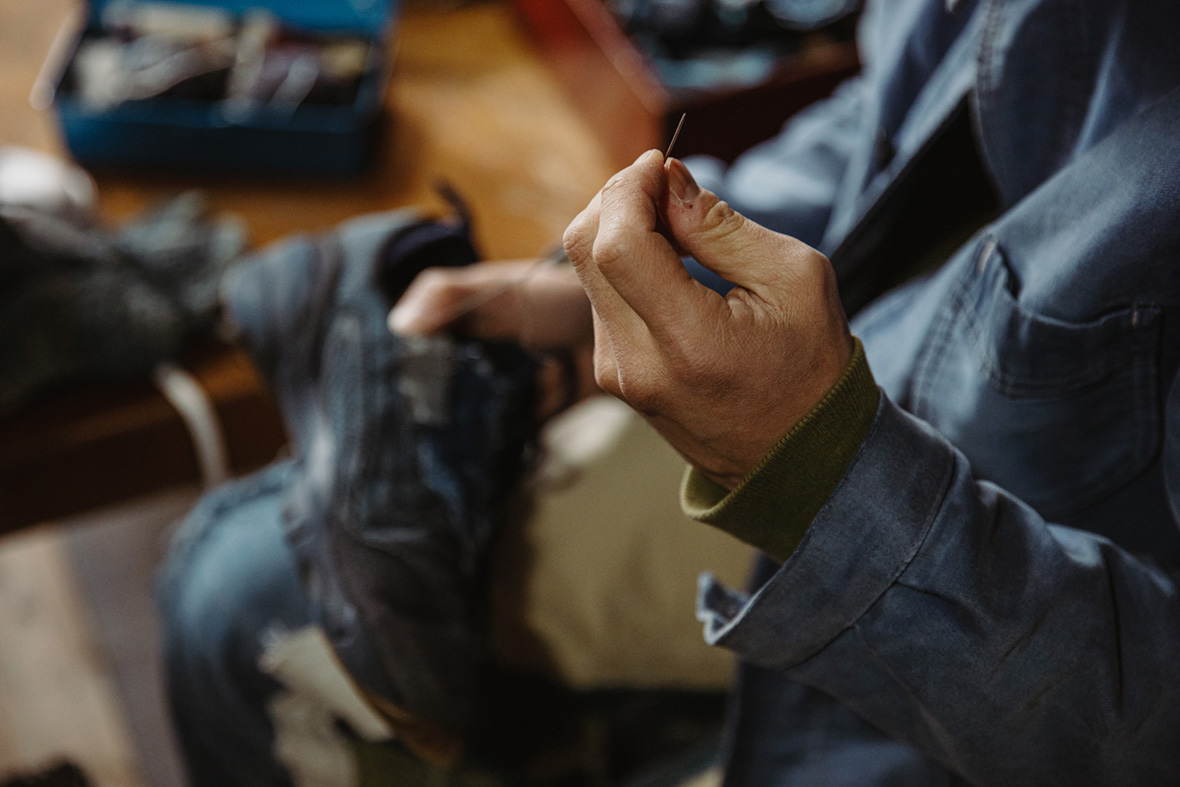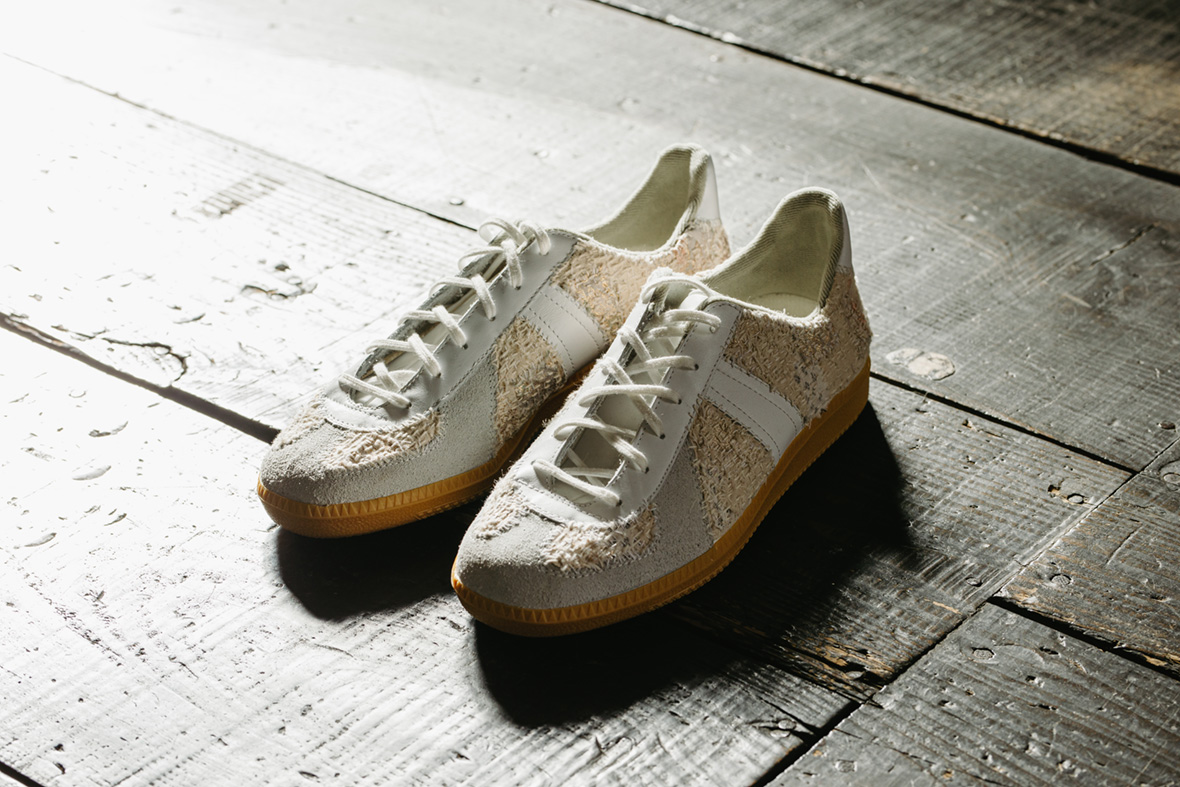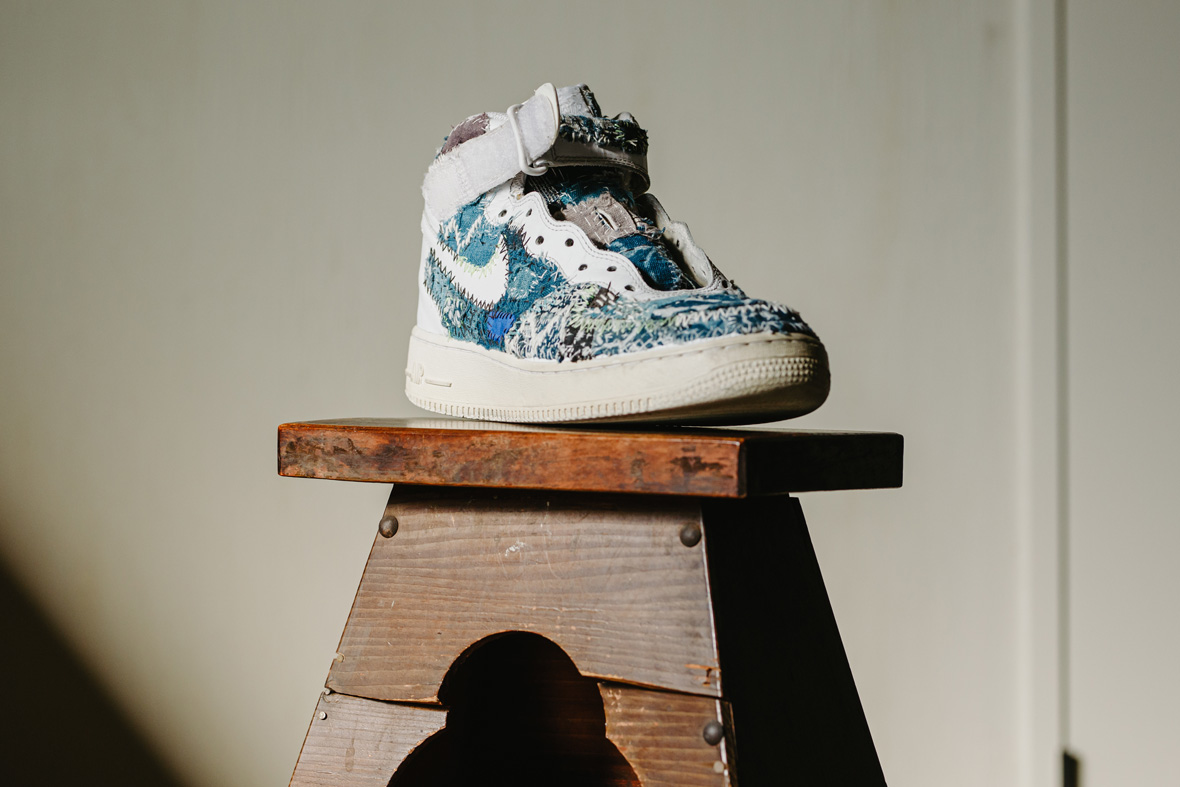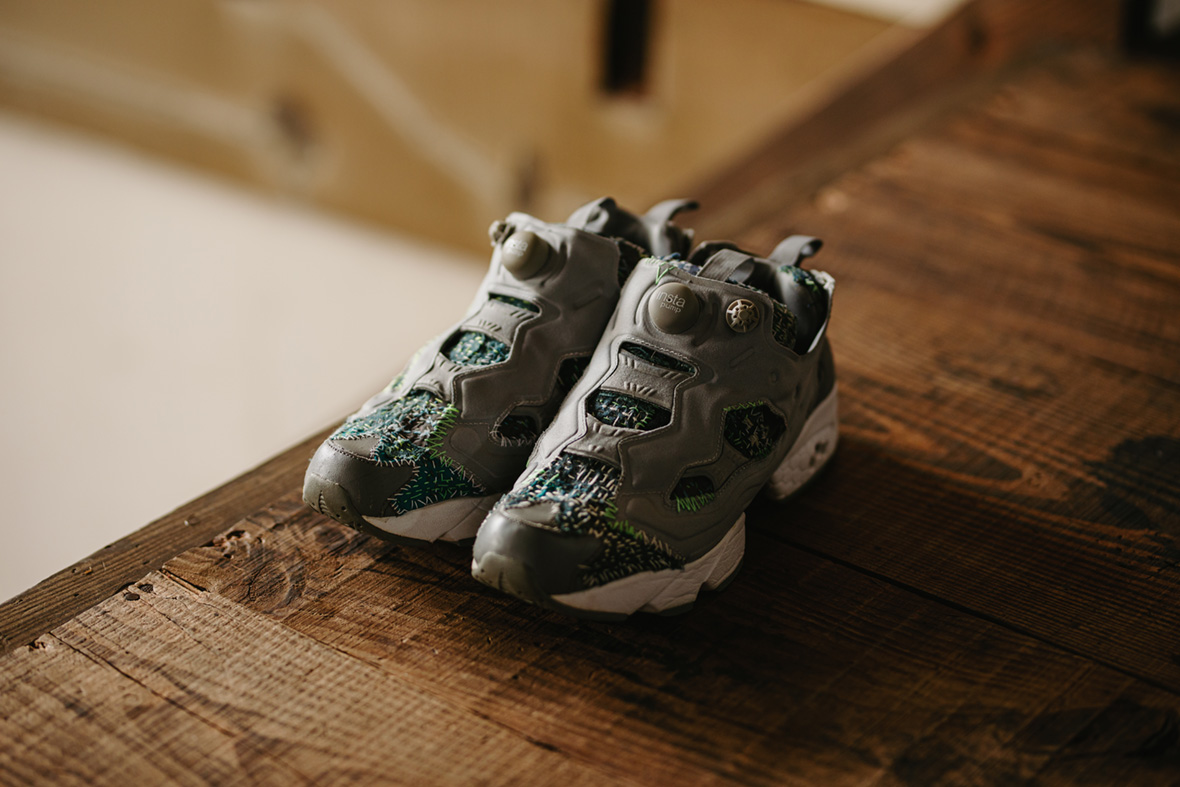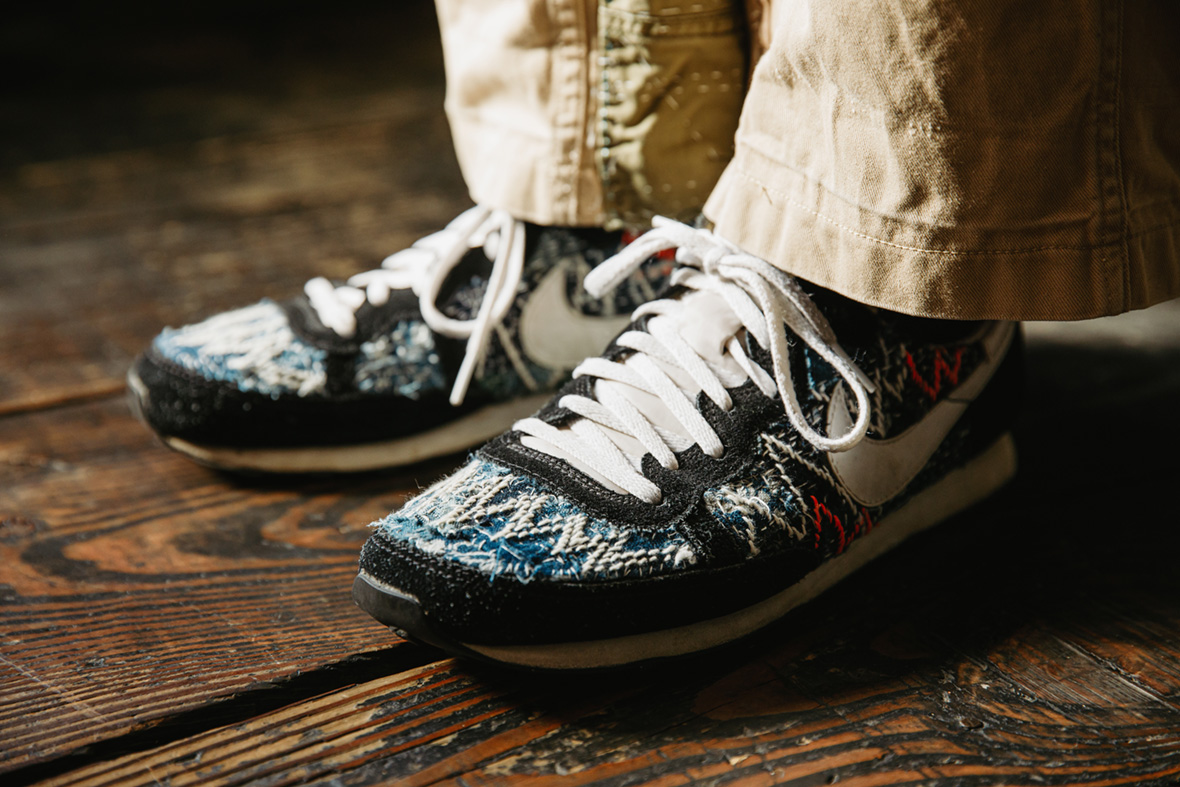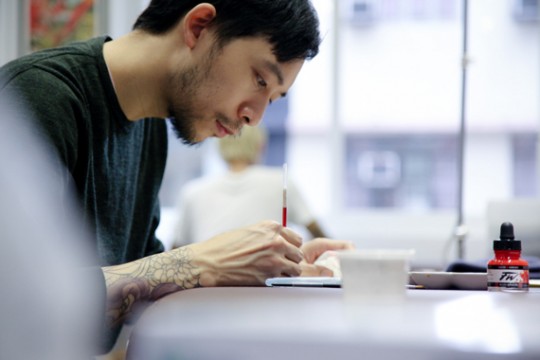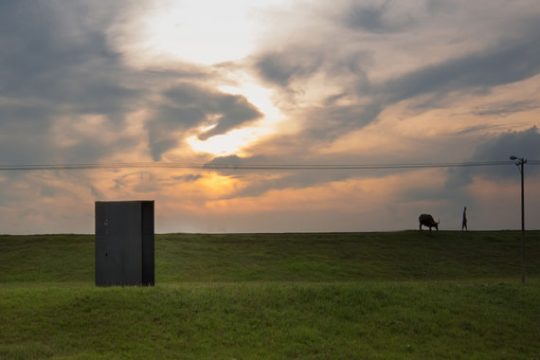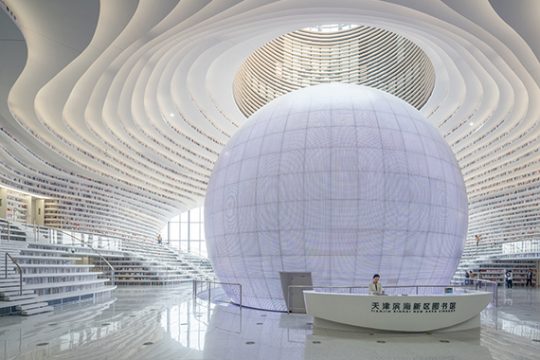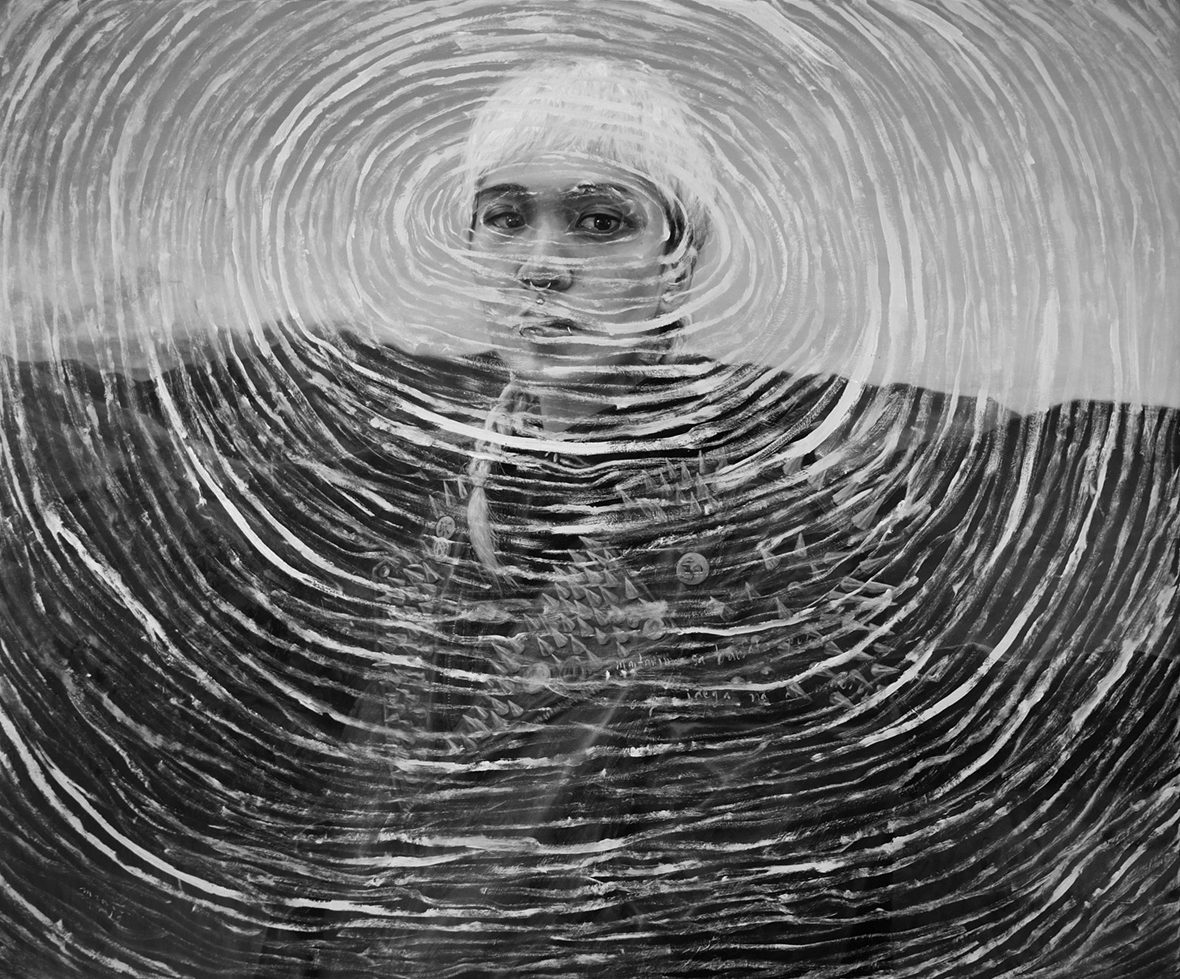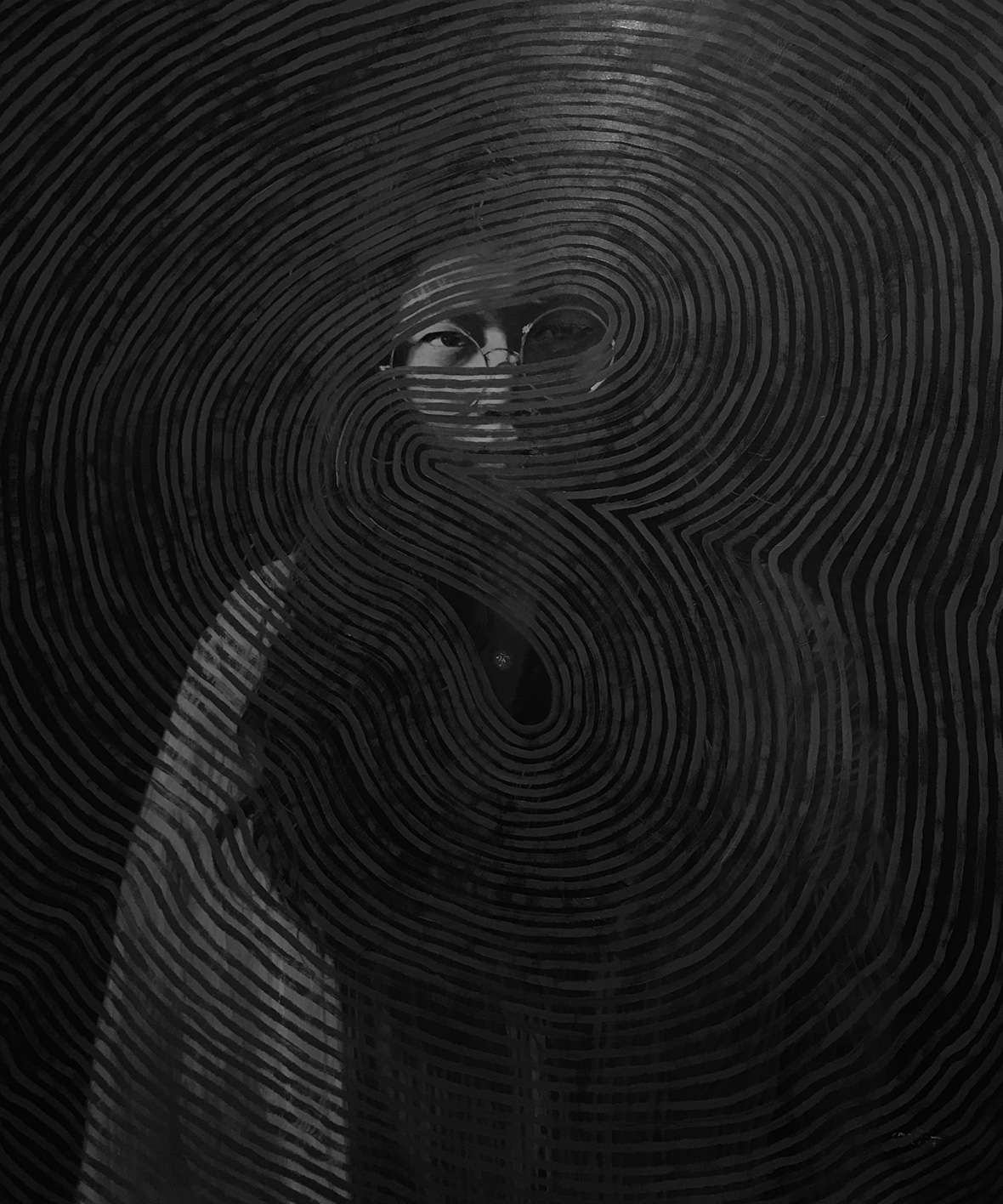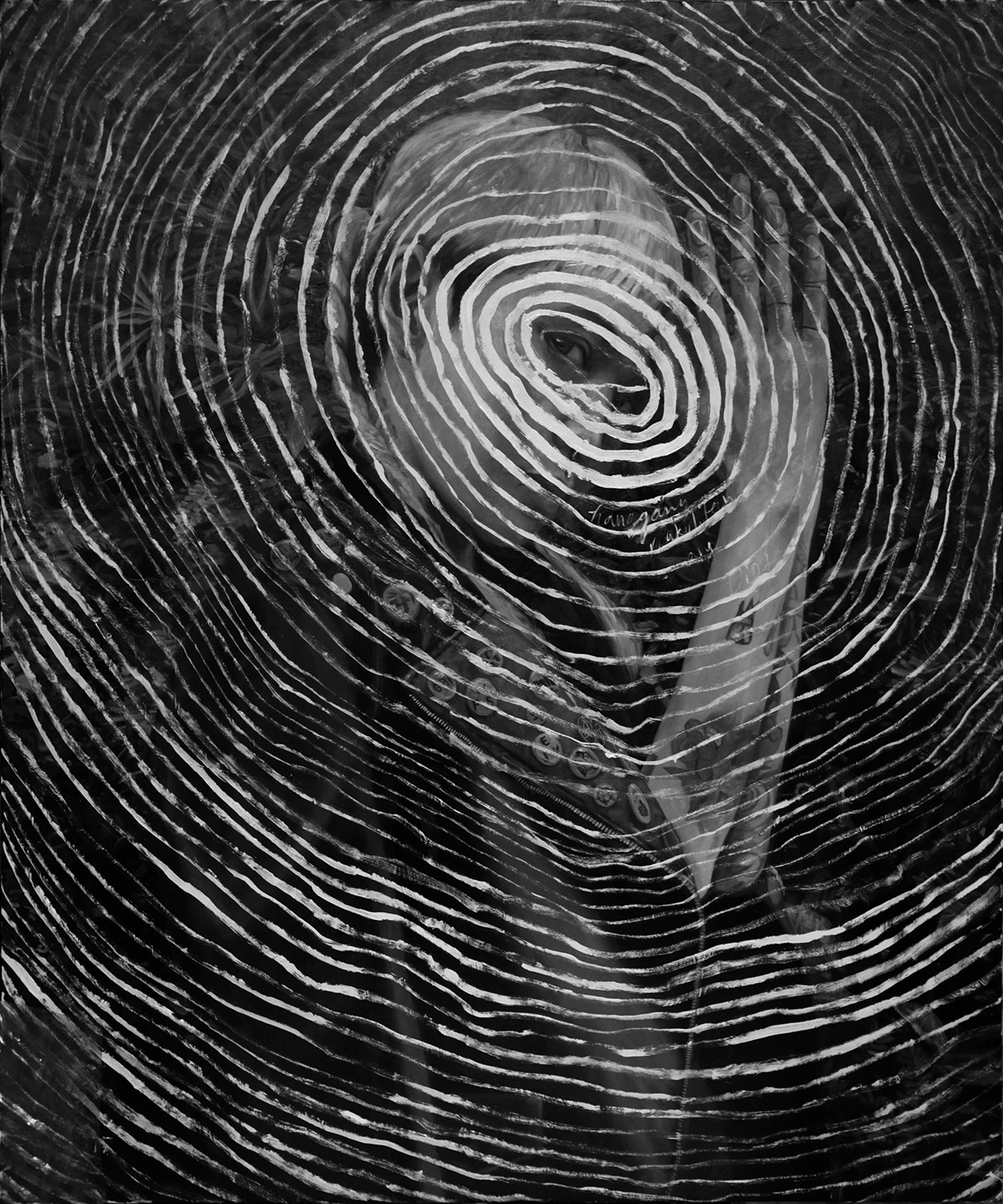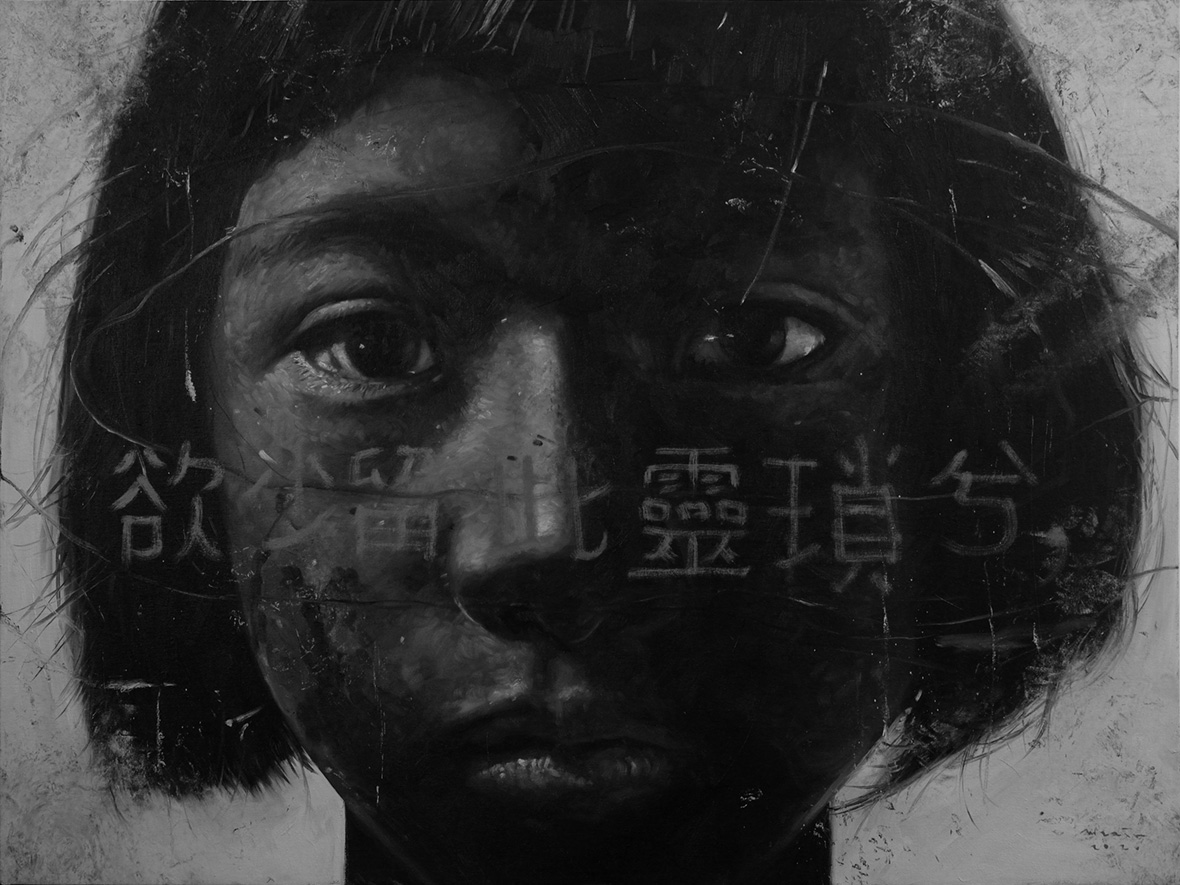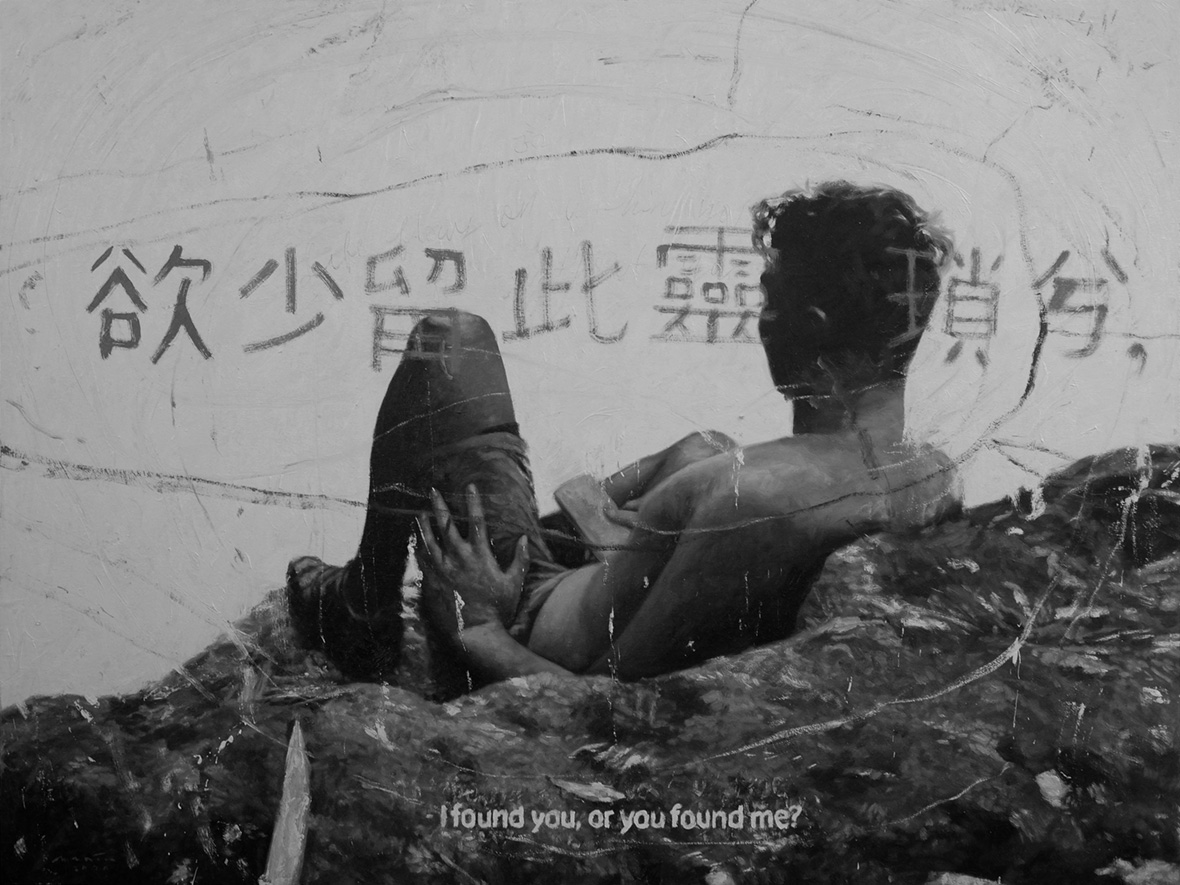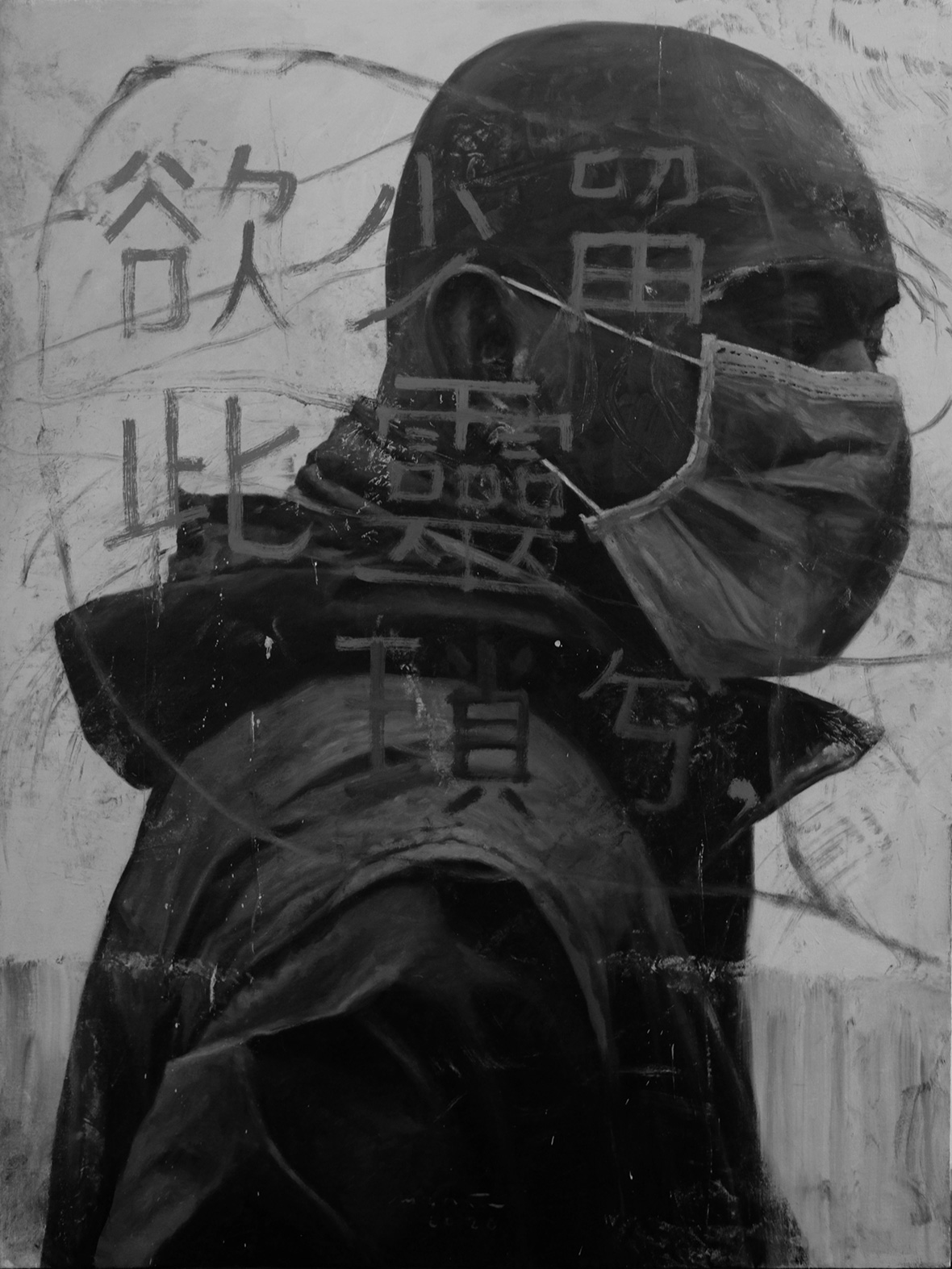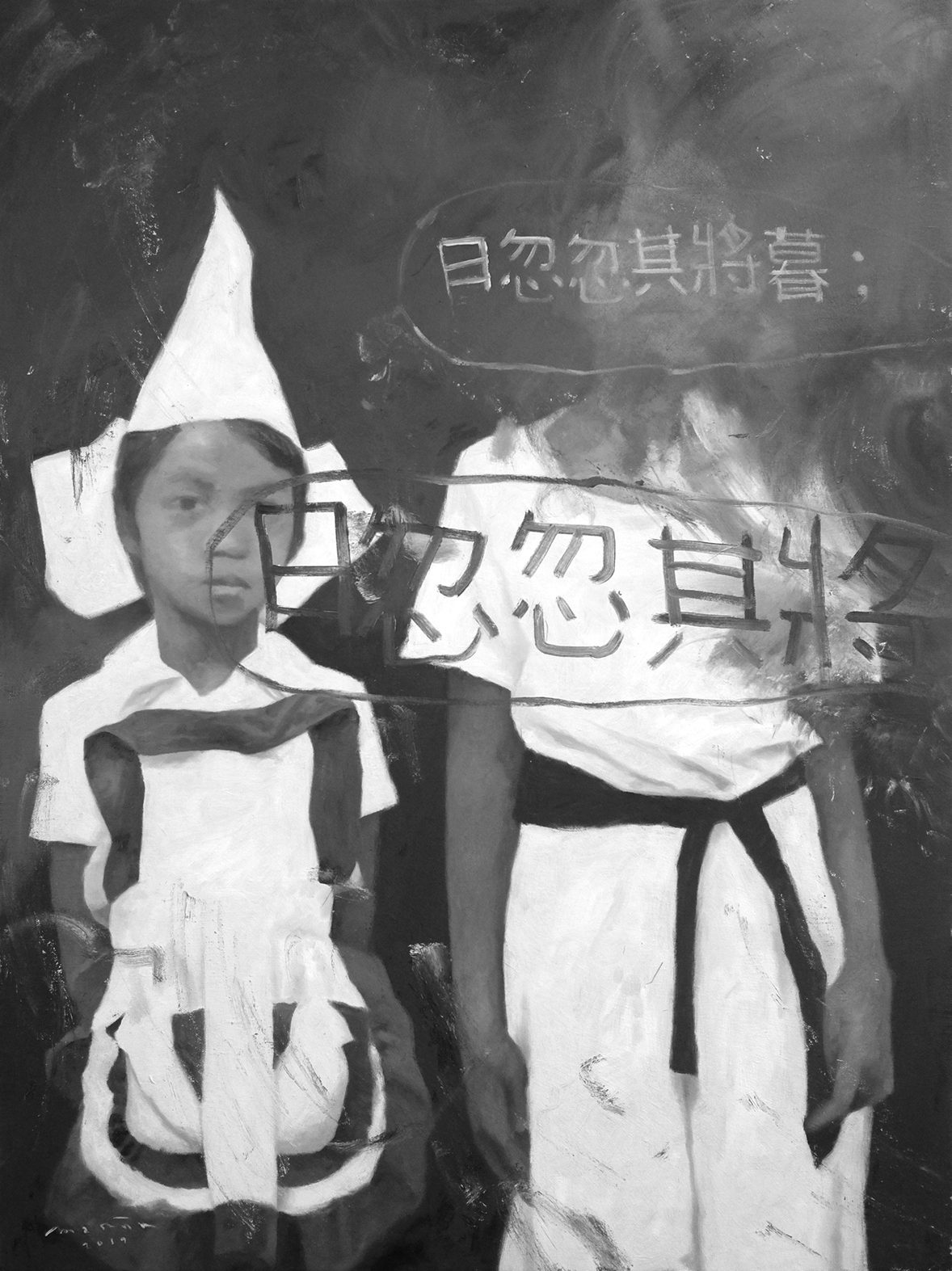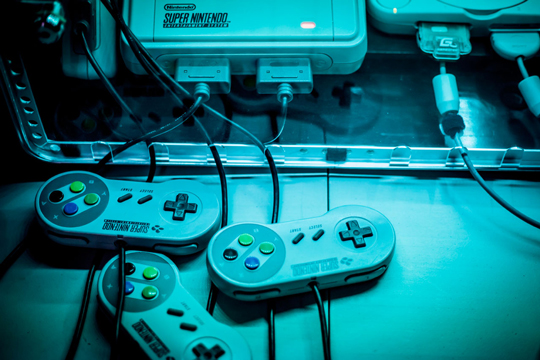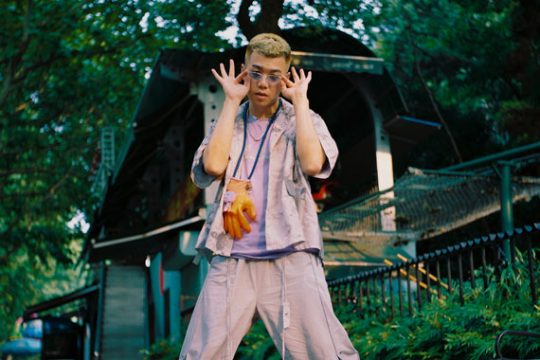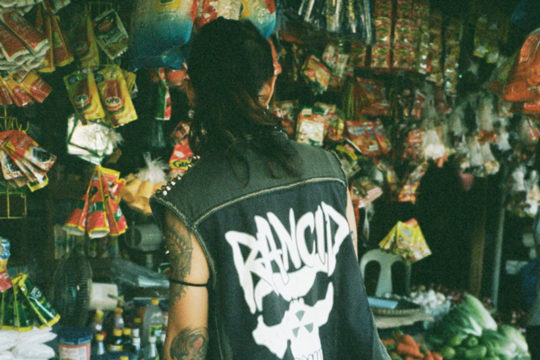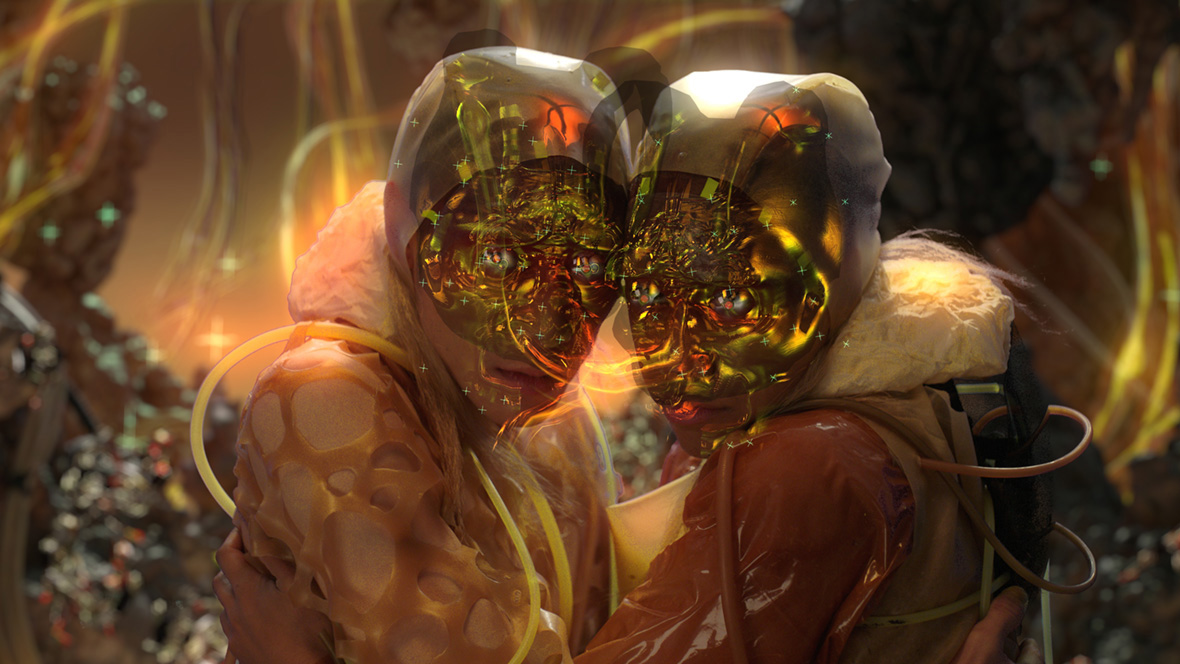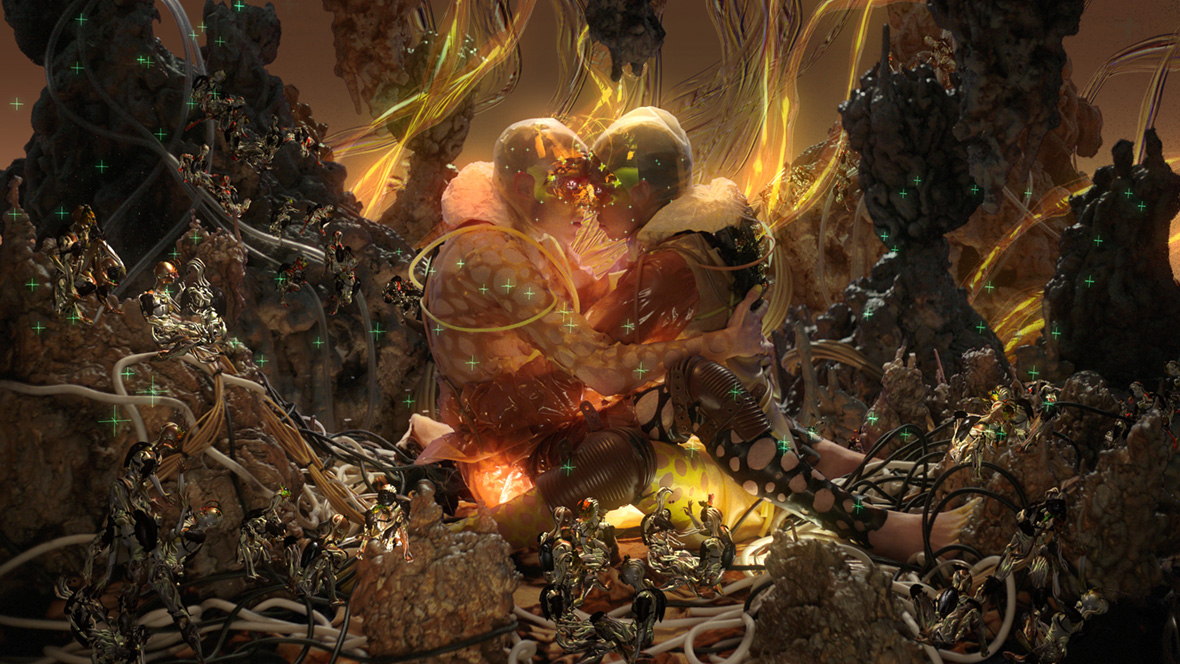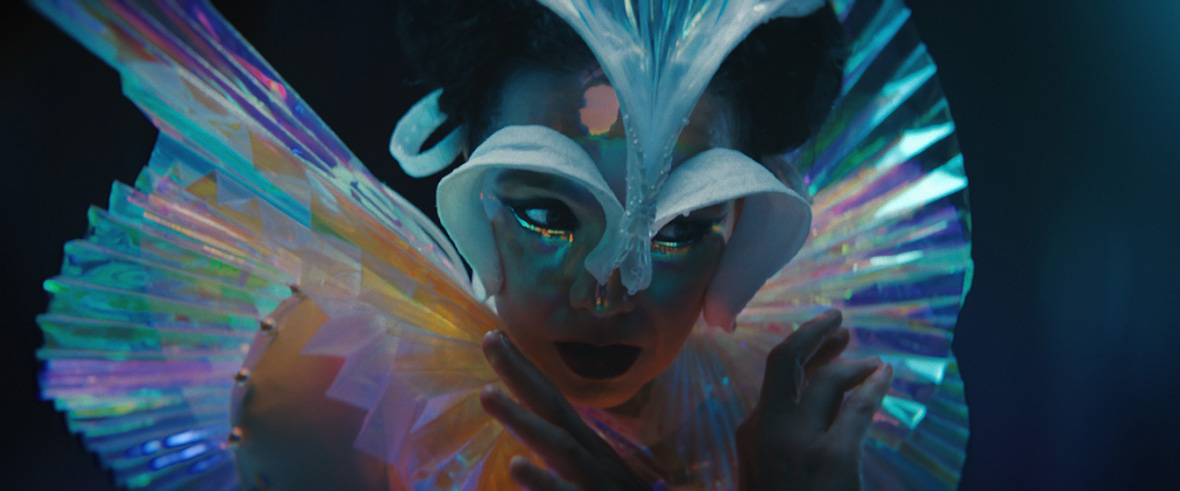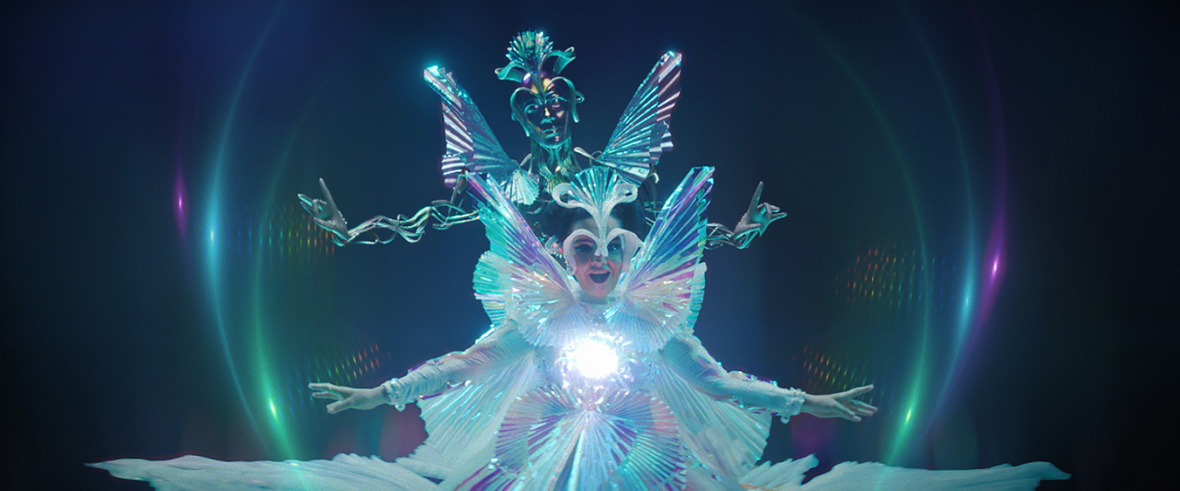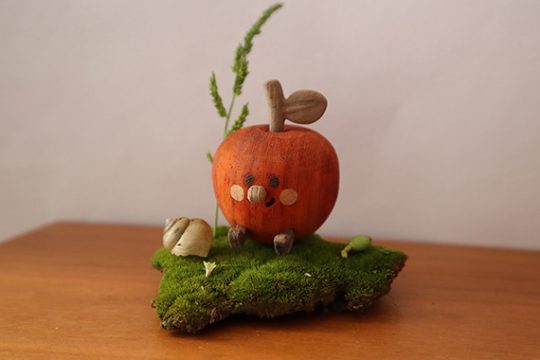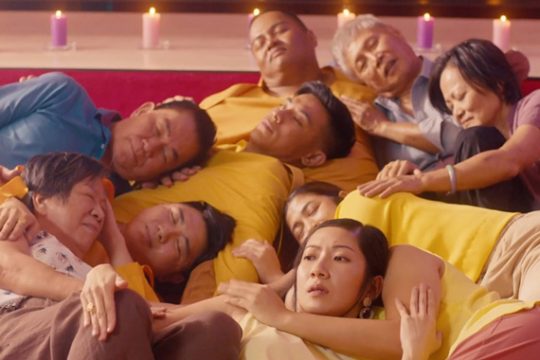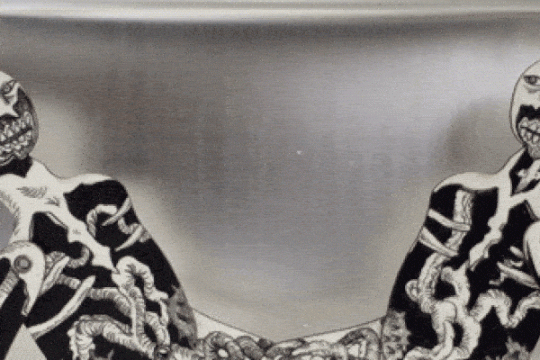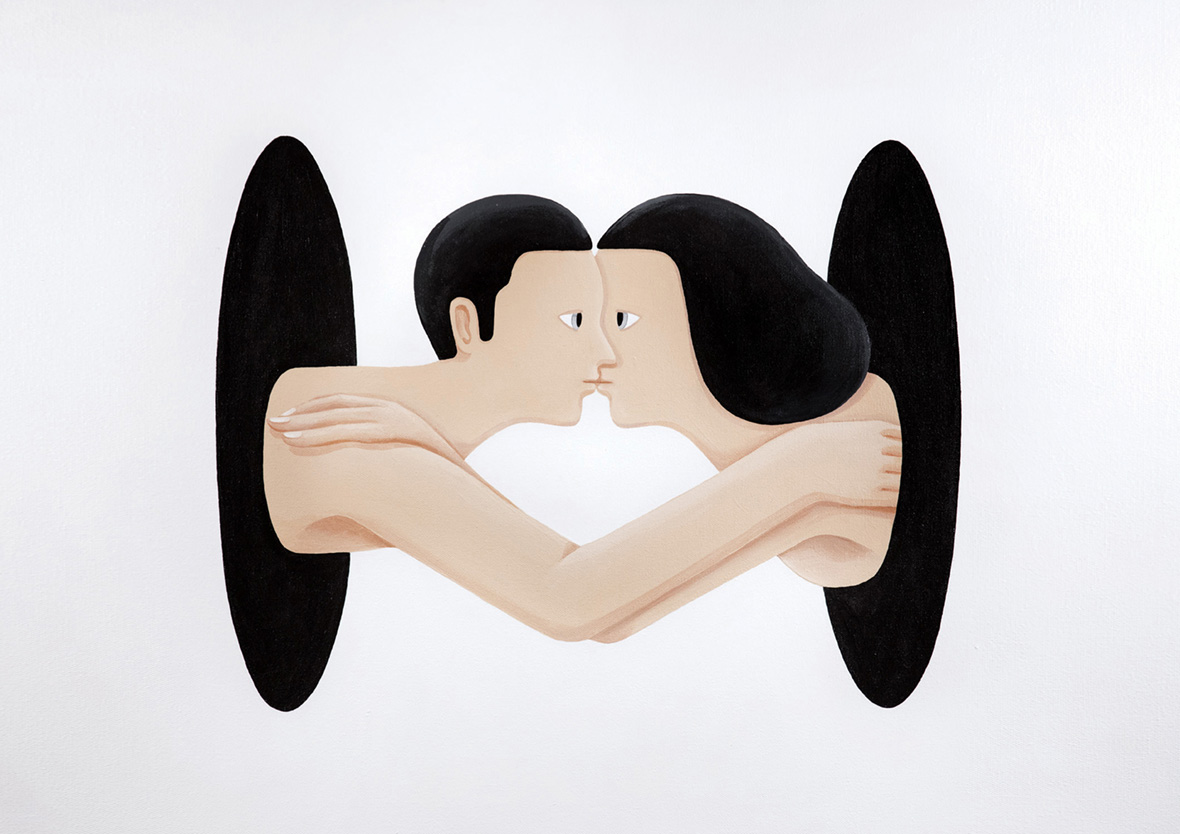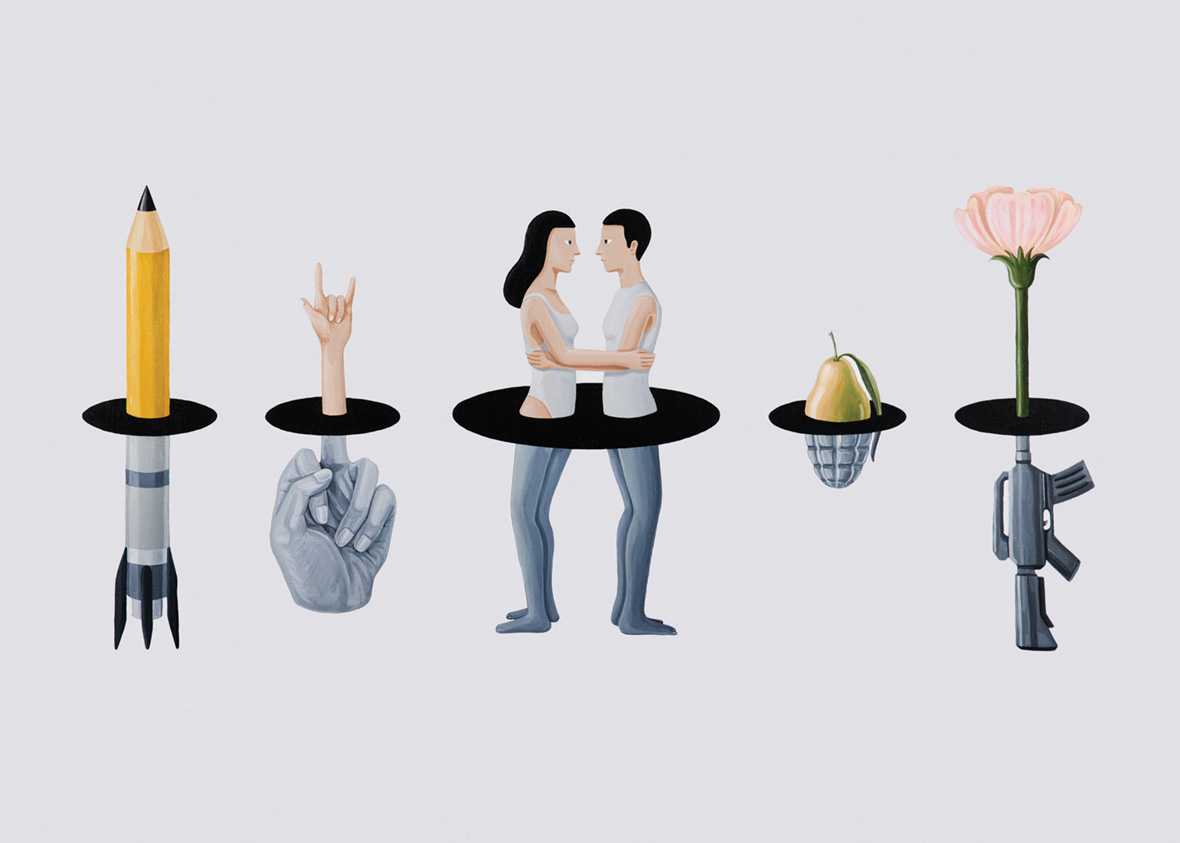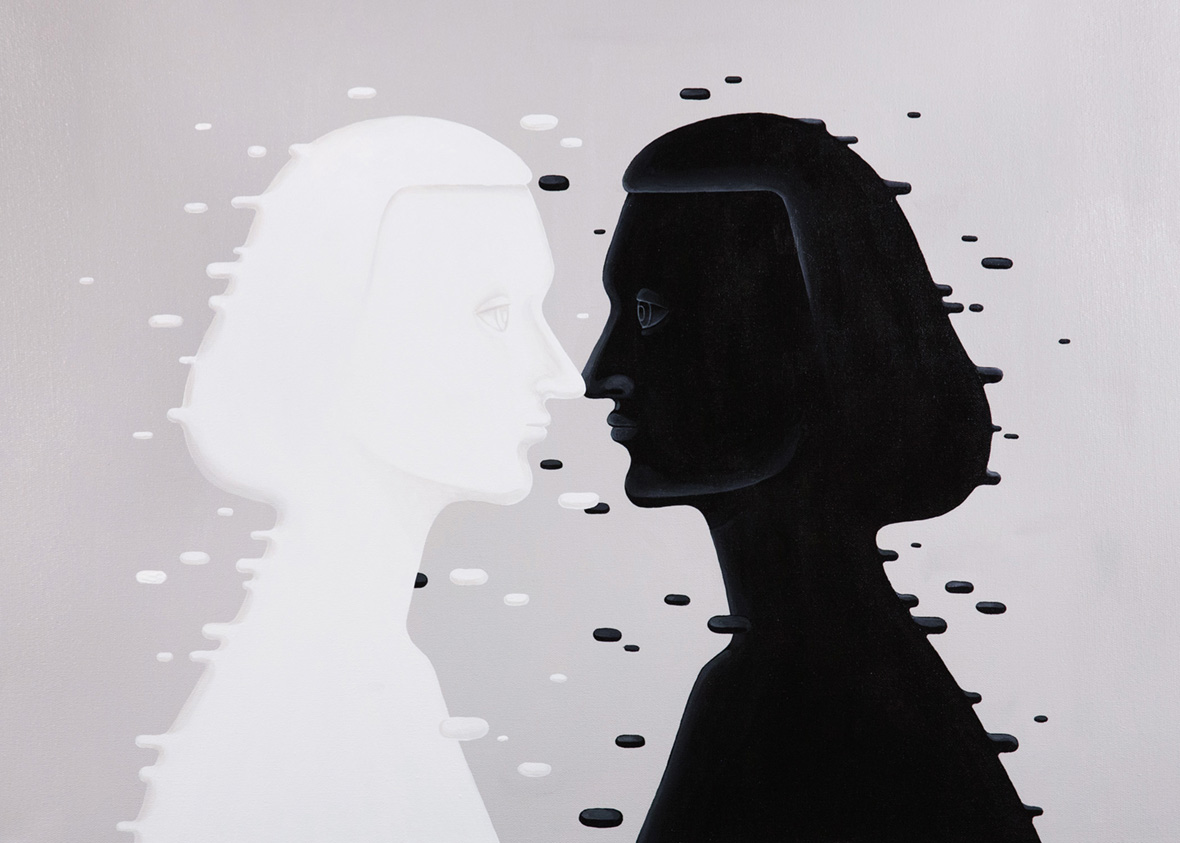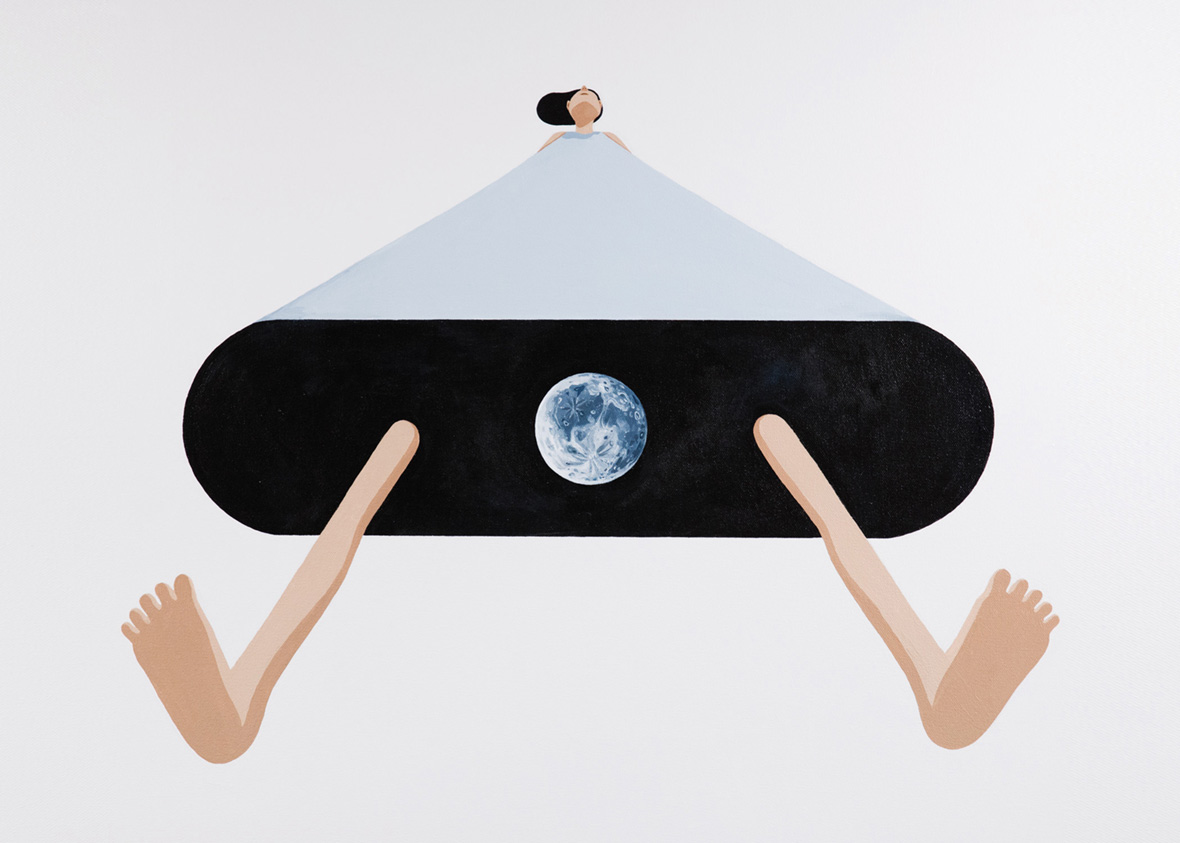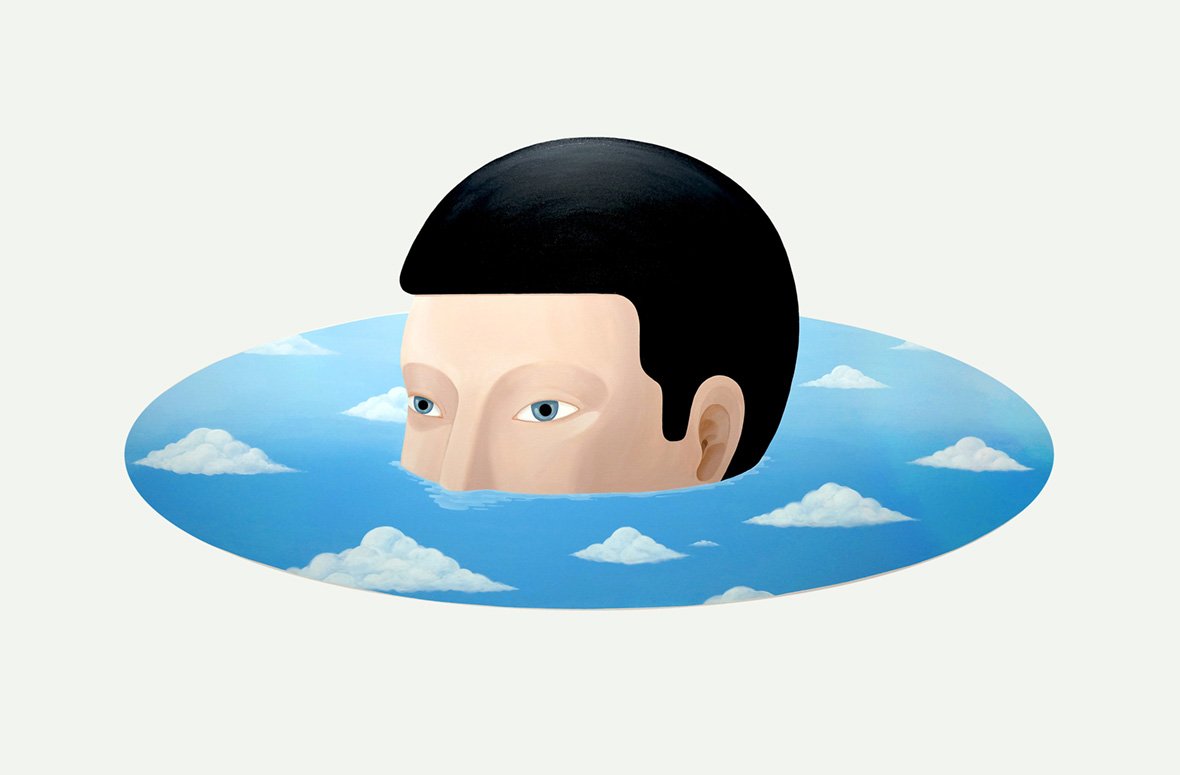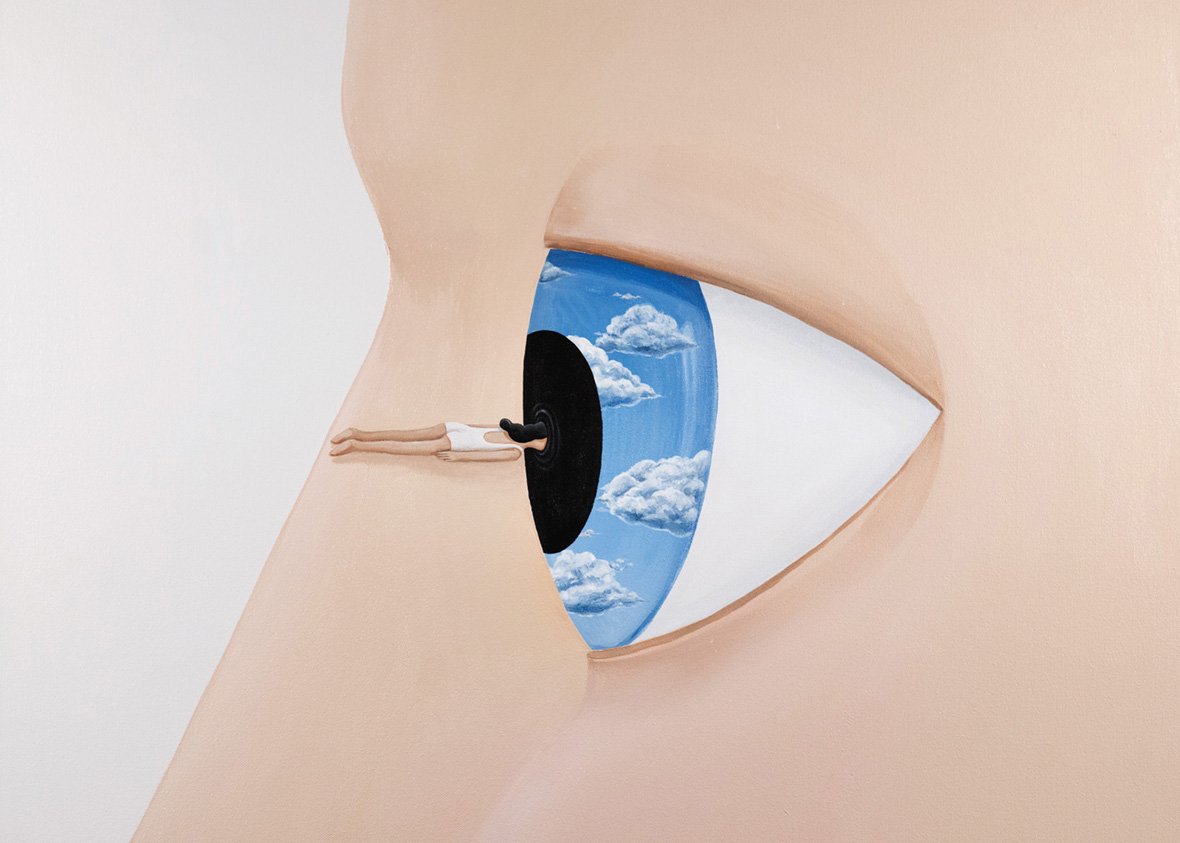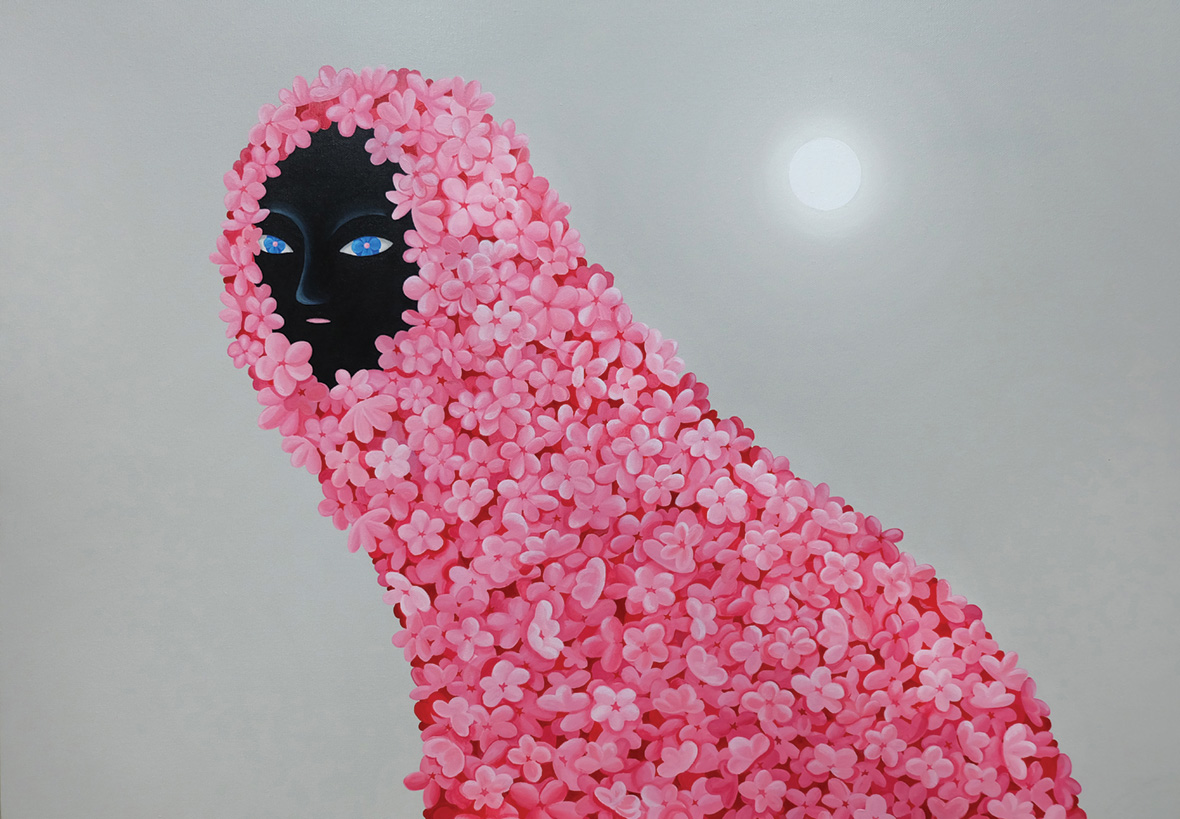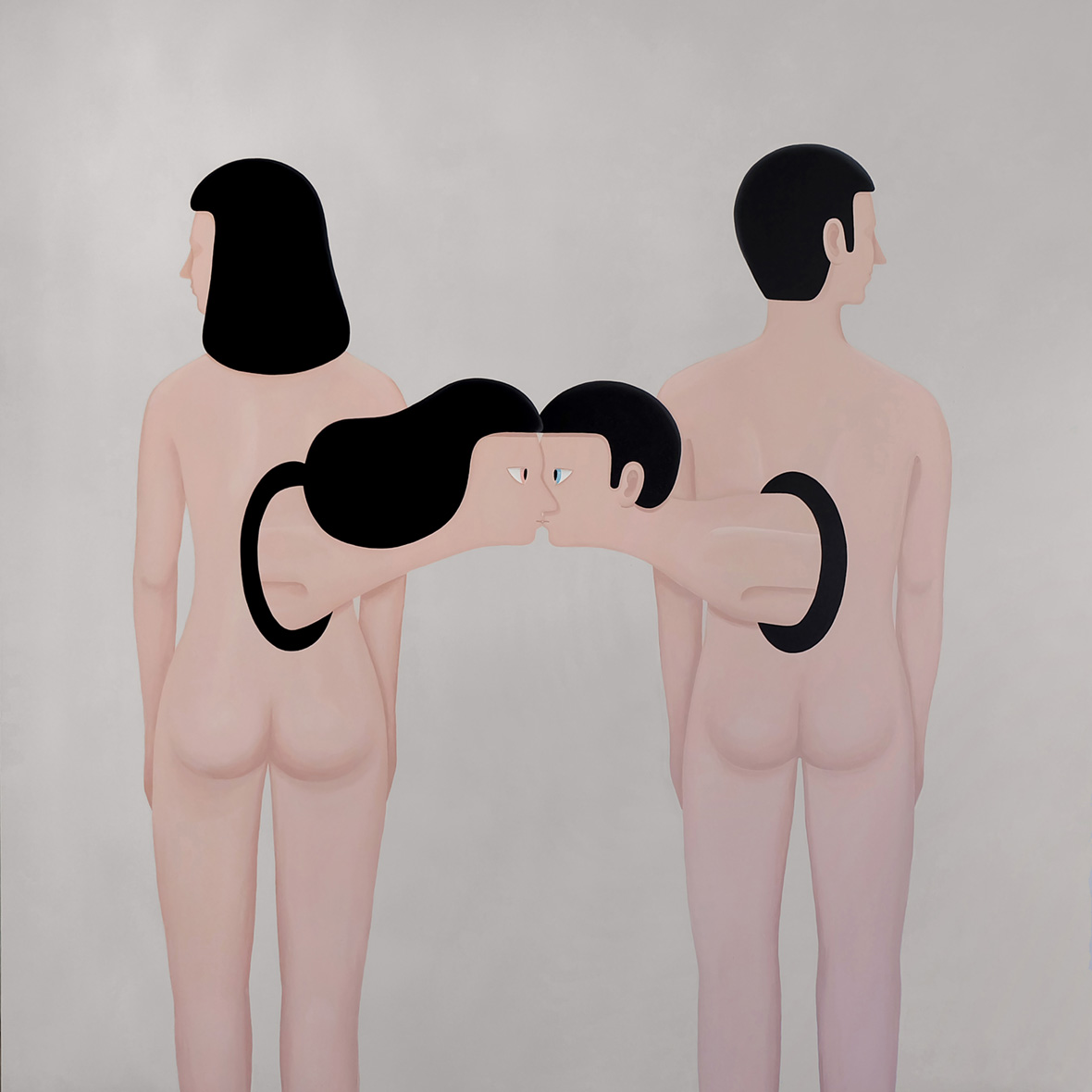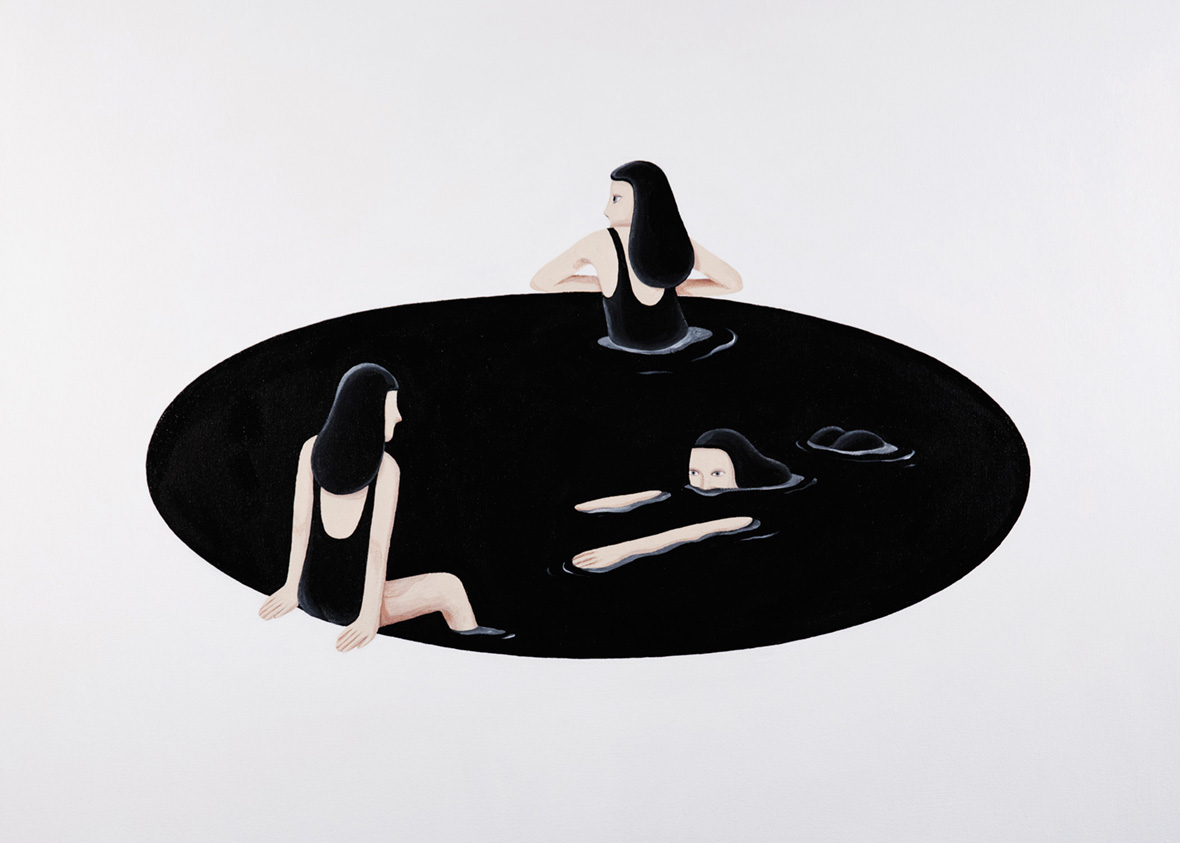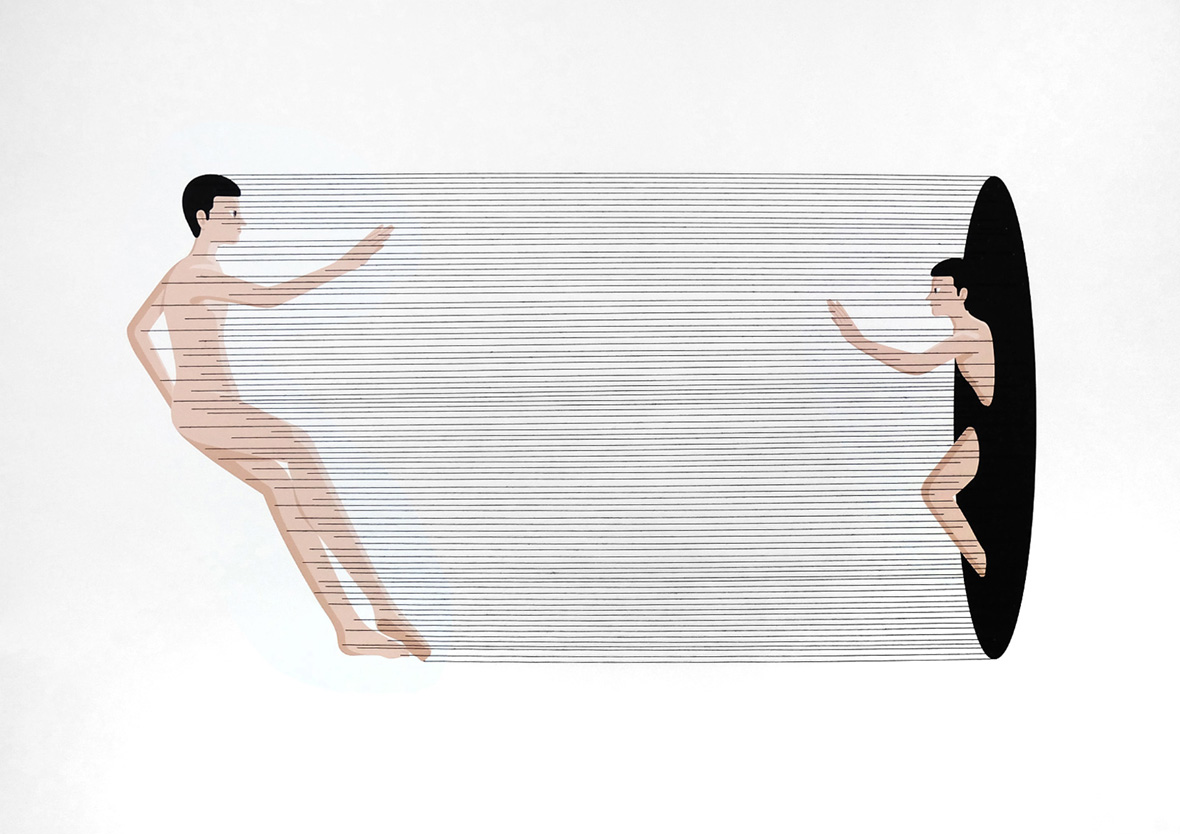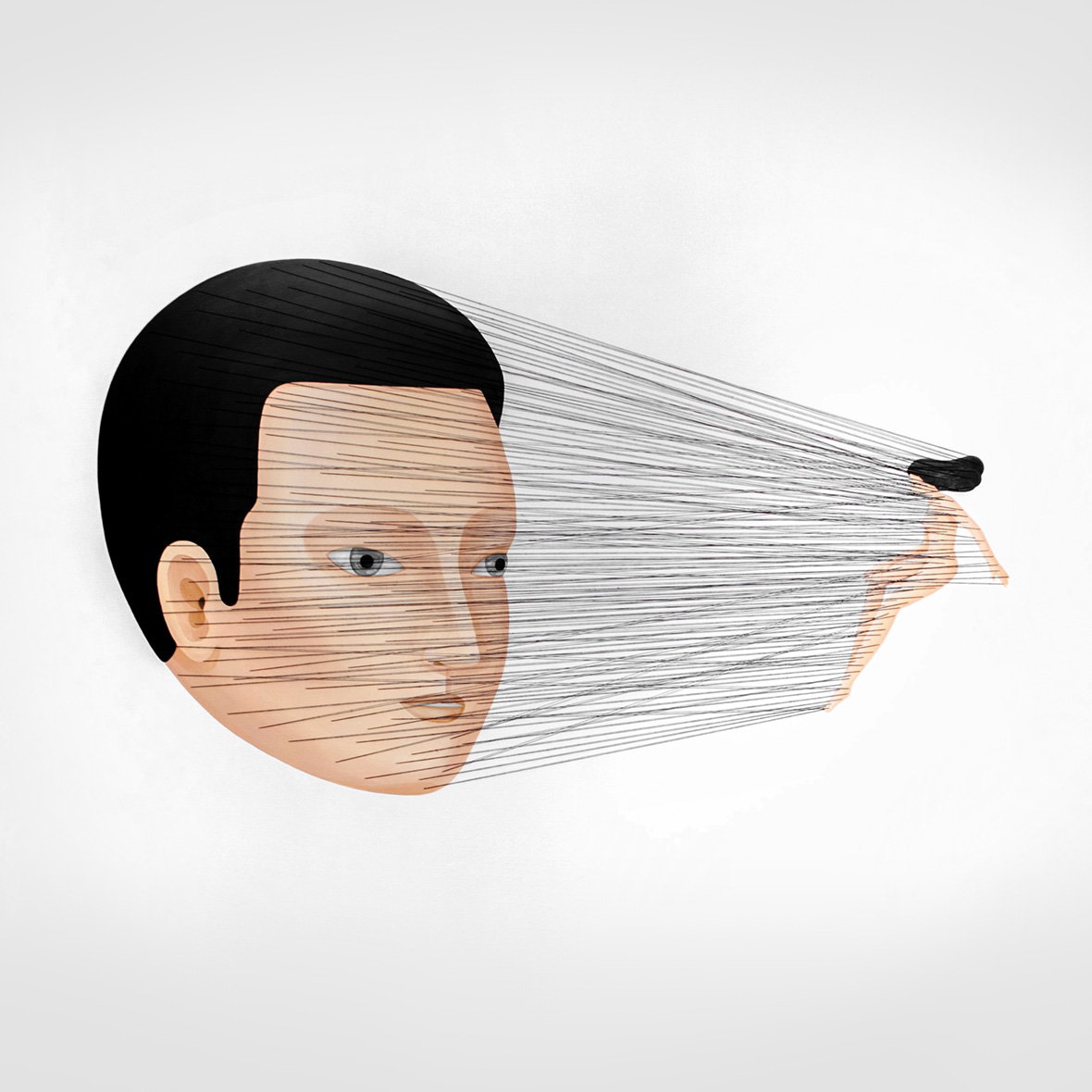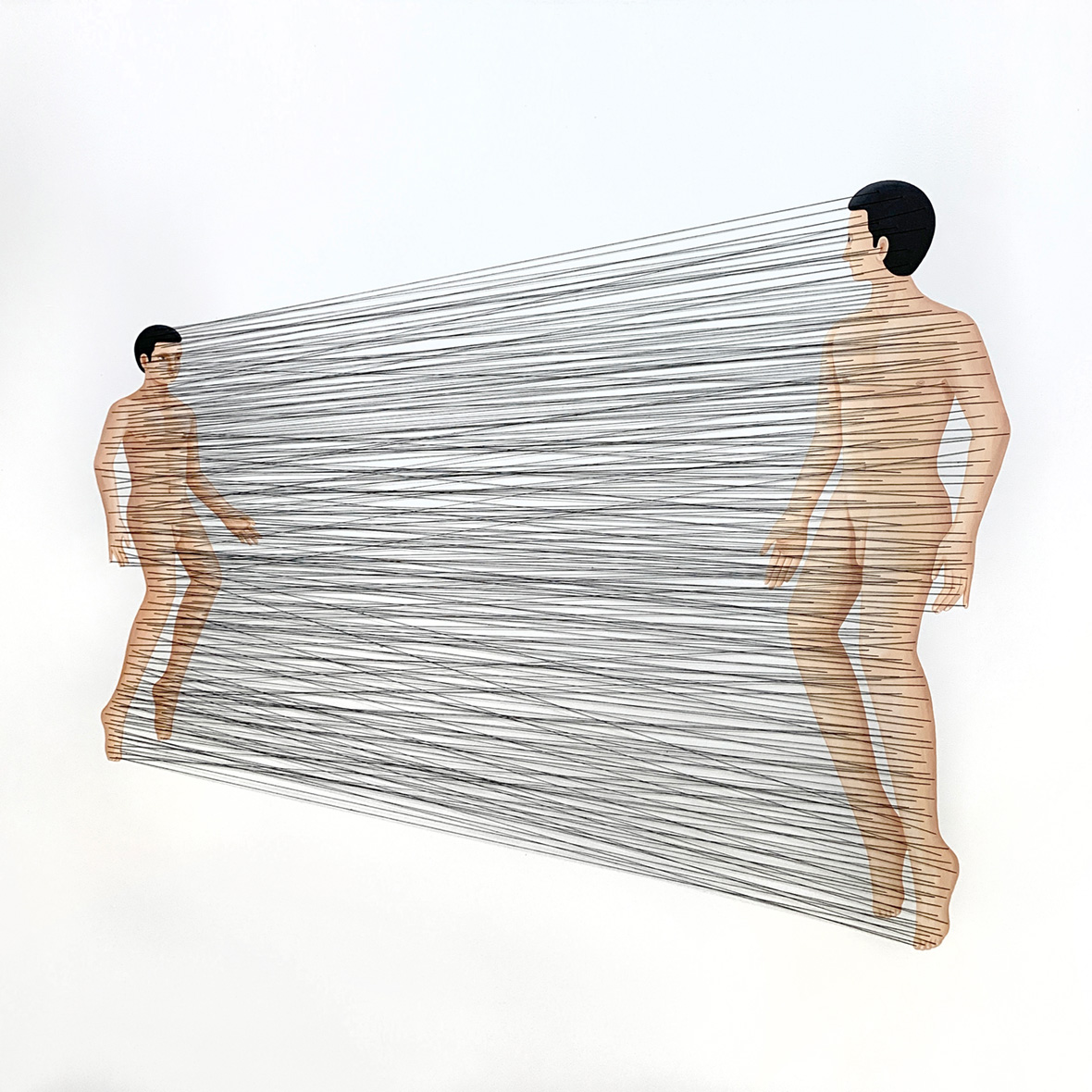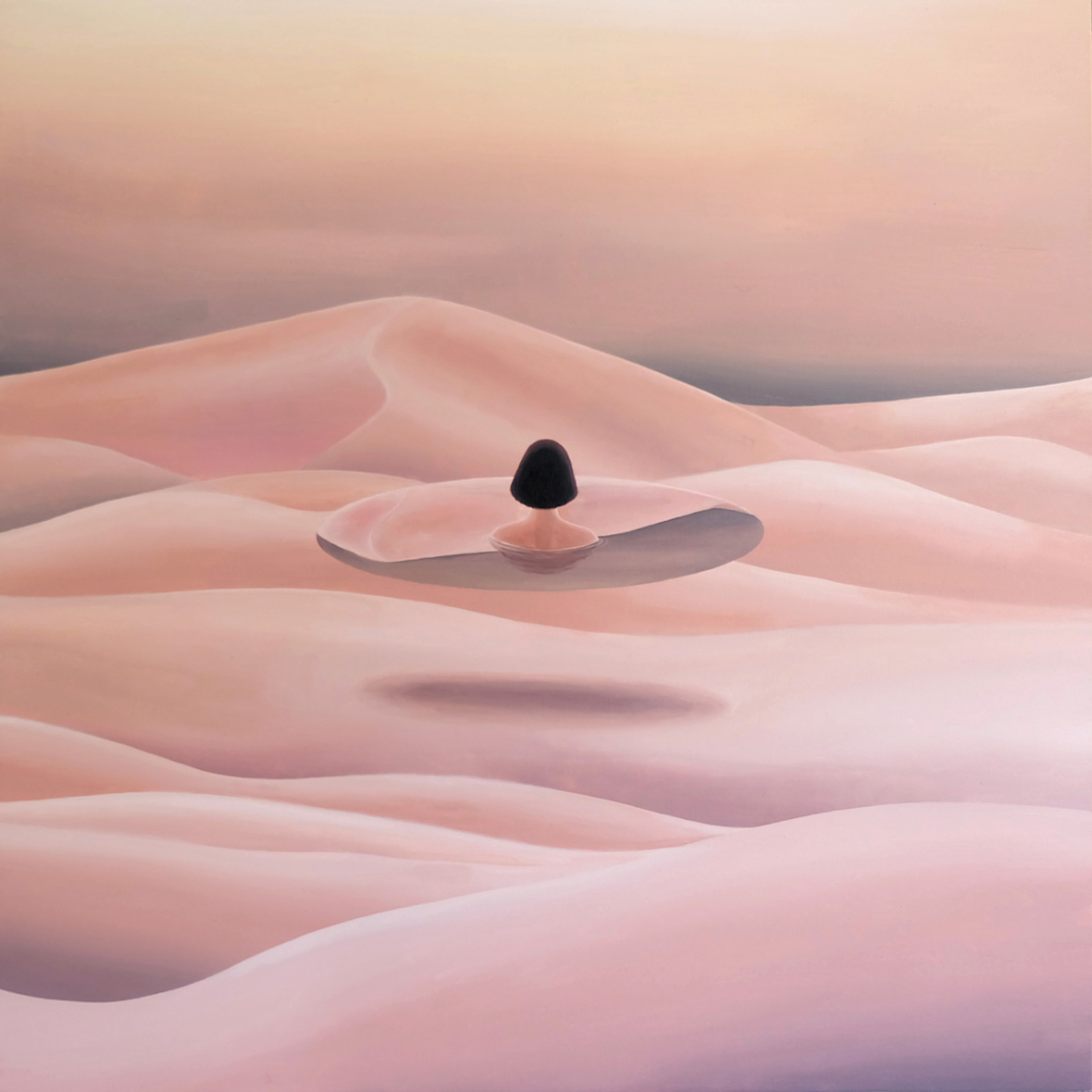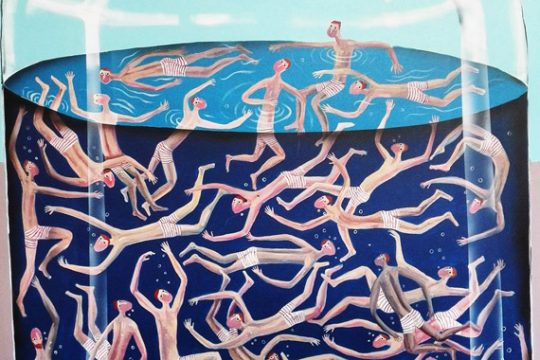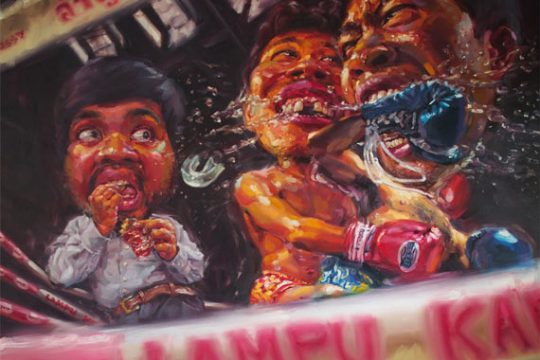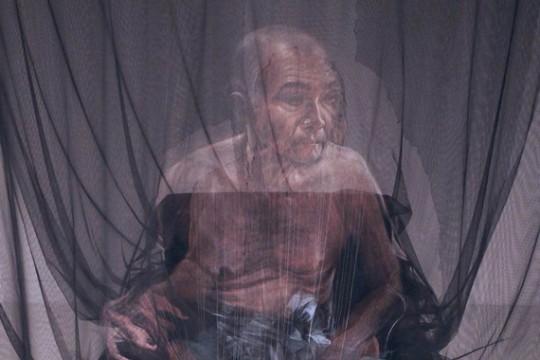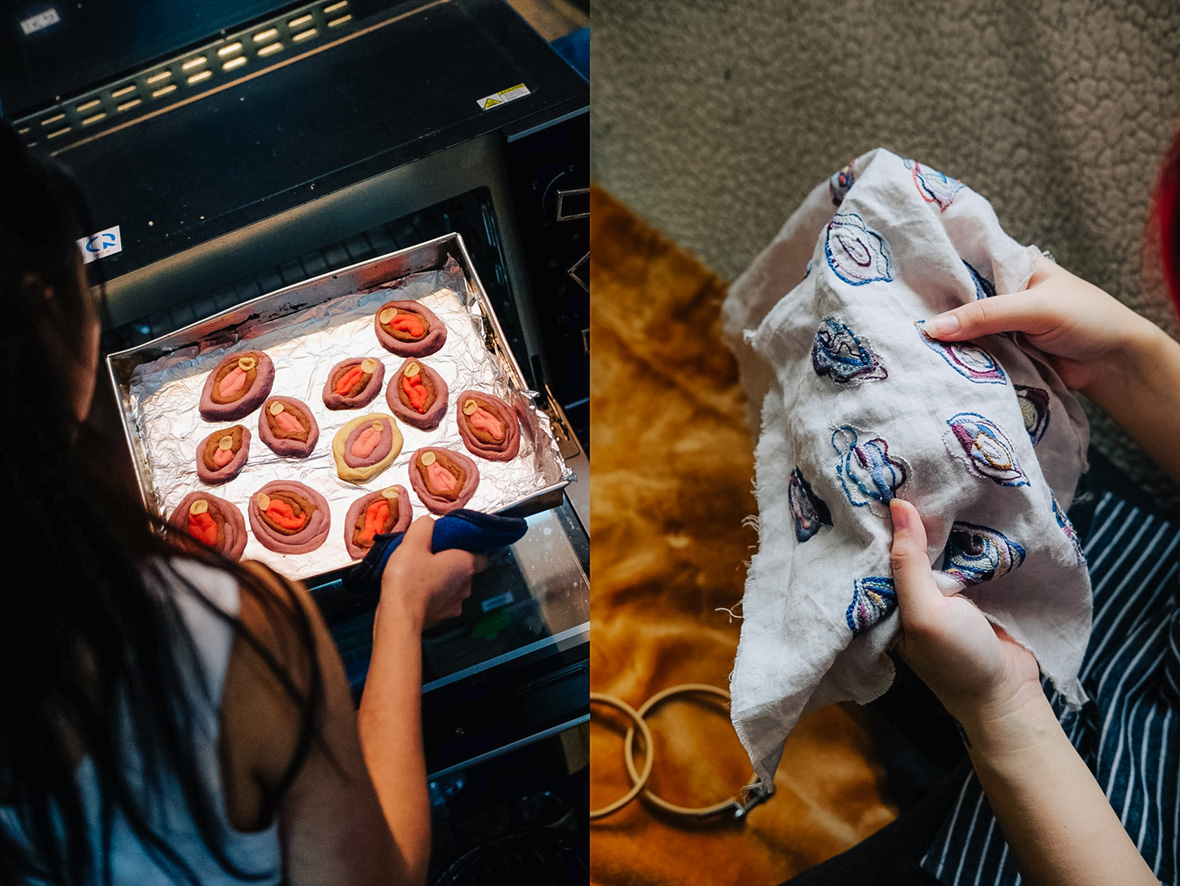
Long before homebound activities became the norm due to COVID-19, Lac Hoang and Nguyen Linh Phuong Thao enjoyed spending time indoors. To two formally trained artists, cooking and sewing aren’t just household chores: they are sources of creative gratification and empowerment. While they work independently, the two Vietnamese creatives have a common interest: the female genitalia. Hoang’s brand, Clay Cookies, sells butter cookies in the likeness of vaginas and Nguyen’s Cái lồn gì đấy (meaning “What the cunt”) offers an embroidery service that stitches together ripped clothing with mini vaginas and nipples.
新冠疫情爆发,人人被迫居家,但对于越南艺术家 Lac Hoang 和 Nguyen Linh Phuong Thao 来说不是问题,她们原本就是“阿宅”。她们都是艺术专业出身,哪怕是下厨和缝纫,对她们来说也绝不仅仅是普通的家务,更是她们发挥创意与获取赋能的源泉。虽然二人分开独立创作,但却有着一个共同兴趣:女性生殖器。Hoang 的品牌 Clay Cookies 出售着阴户形状的黄油饼干,而 Nguyen 的品牌 Cái lồn gì đấy (意为“What the cunt”)则提供刺绣作品,用阴户与乳头图案缝补撕裂的衣服。
Women’s sexual organs in art have a complex history. While fertility worship is common in Vietnamese tradition, the vulva is only celebrated for its reproductive function and almost always placed alongside its male counterpart. Paintings and photographs by largely male artists feature female nudity, but the lady bits are often hidden away as if they were vulgar or, at best, an object of mystery. Nguyen finds such representation, or lack thereof, problematic. “Most women, myself included, have no idea what our own body looks like,” she says. Similarly, citing the dearth of sex education growing up, Hoang resorts to online pornographic and medical images to study female anatomy, as they are the only two sources that depict the part up close and personal.
在艺术创作的历史上,女性性器官有着复杂的故事。尽管越南传统文化也存在生育崇拜,但女阴只因其生殖功能而受到推崇,并且几乎总是与男性生殖器官并列放置。在由男性艺术家创作的大部分画作和摄影作品中,虽然也会出现裸露的女性形象,但女性的性器官却常常被刻意隐藏起来,仿佛那过于庸俗,或充其量是神秘的物体。Nguyen 认为这种表现形式或刻意的遮掩并不妥当。她说:“很多女性,包括我自己在内,都不知道自己的身体是什么样的。”同样,对于 Hoang 来说,由于缺乏性教育,她只能诉诸于网络色情作品和医学图片来研究女性的身体,这是唯二她能近距离真实了解这一身体部位的来源。
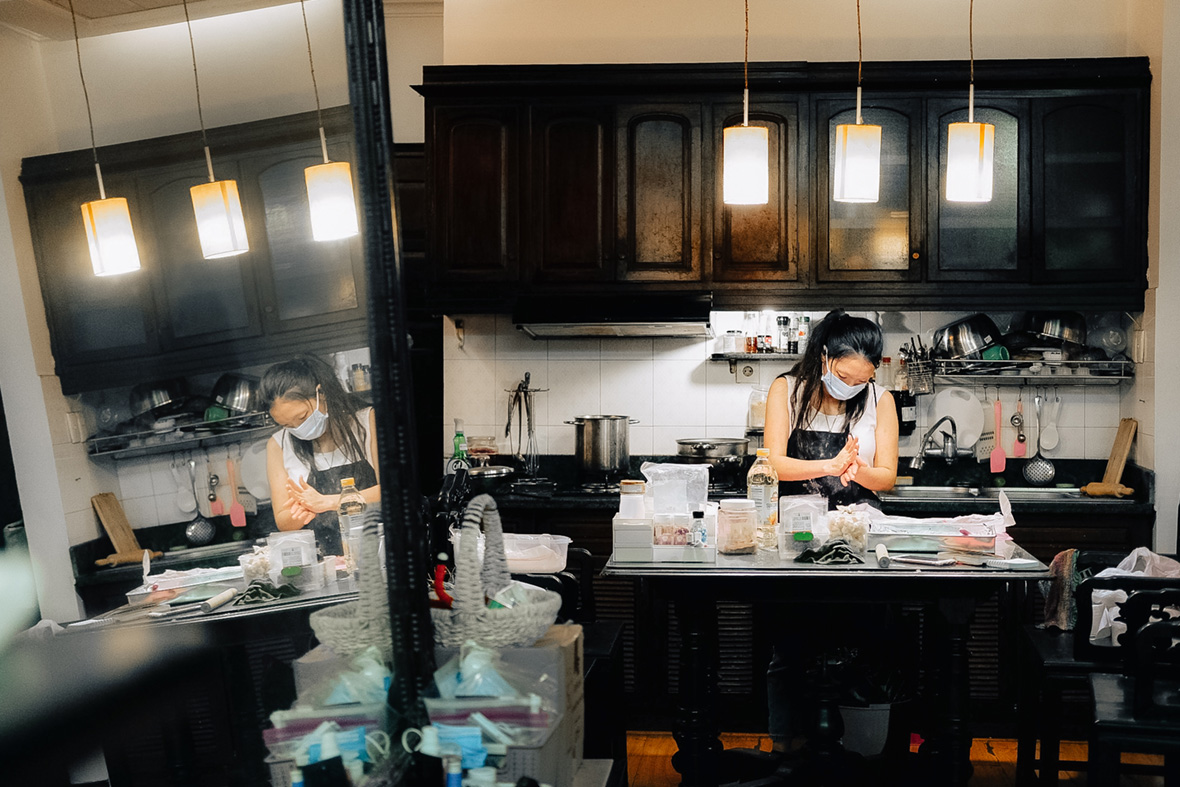
Hoang became a fervent home cook while studying abroad. She found that, with food, she could bring people together and make them happy. The kitchen affords her a certain freedom absent in the art world where a piece has to tick certain boxes to be considered valid. Since completing her art degree in the midst of the pandemic, Hoang takes on odd jobs to make a living, but her primary source of income has now become selling homemade baked goods. Pivoting from her art degree, she’s now preparing for an alternative career in F&B and is testing the water with her vulva-shaped cookies She sees her pastries as “a happy medium between food and art,” and selling them has helped her learn the ropes of how to manage a business. Just hours after the online launch, orders from curious buyers started pouring in.
Lac Hoang 出国留学期间喜欢上了下厨。她发现食物可以拉近人与人的距离,让人变得快乐。在艺术的世界,总要满足一些条条框框才算“达标”,而厨房却让她在艺术以外获得了一种自由。她在毕业时恰巧碰上疫情,只能打打零工谋生,但是现在她的主要收入来源已经变成出售自制的烘焙糕点。她想运用自己的艺术创意,进军餐饮行业,这些阴部形状的饼干就是她的尝试。她将自己的烘焙糕点视为“食物与艺术之间一种有趣的媒介”,在这个过程中,她也在学习如何经营生意。上网推出自己的烘焙糕点几小时后,她就收到了很多好奇的买家所下的订单。

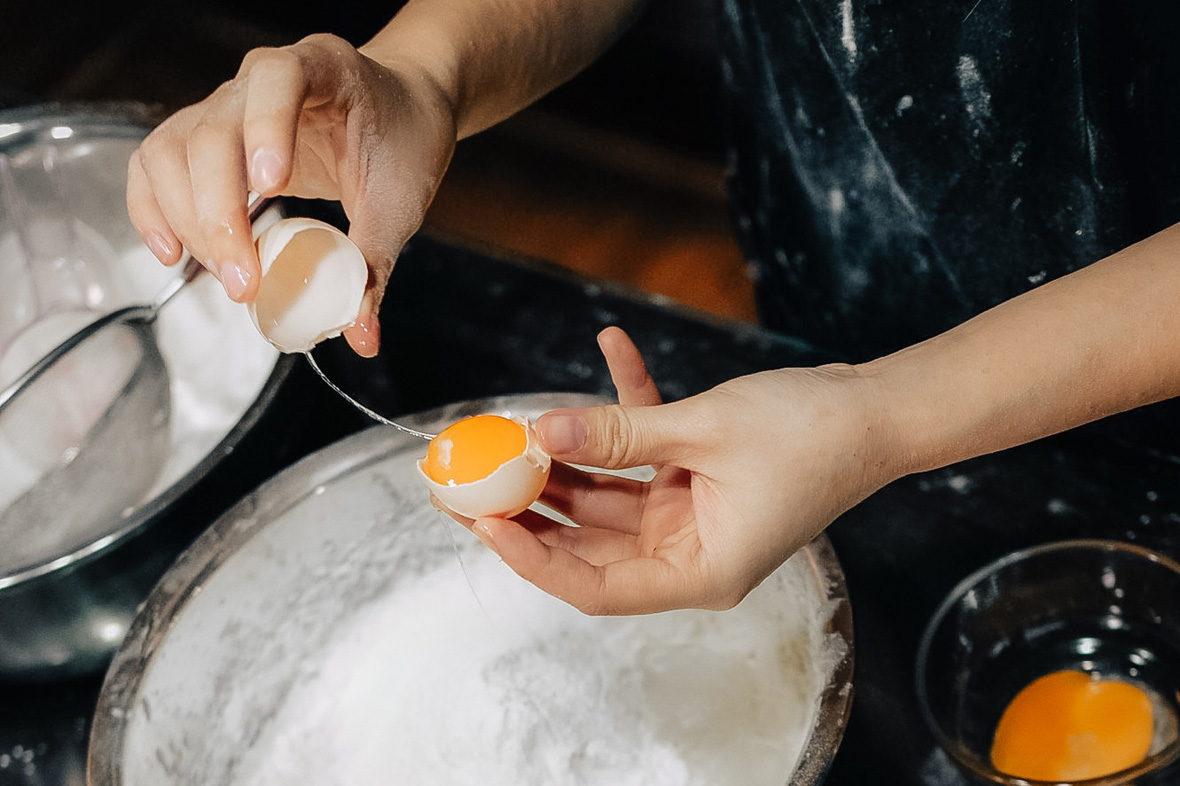
Hoang’s typical day begins in the kitchen where she mixes simple, utilitarian ingredients: butter, all-purpose flour, and eggs. After kneading and blending food dye into the dough, she starts sculpting fleshy folds with her ring fingers: the vagina, labia minora, and labia majora. Out of the oven, they look slightly puffed as if aroused. She then adorns them with chocolate squiggles and sprinkles, a pearl-like sugar bead sitting on the clitoris.
Lac Hoang 的一天都从厨房开始,各种基本的食材诸如黄油、面粉和鸡蛋成为了她的创作工具。她揉捏面团并加入一些食用色素,然后用无名指仔细地雕琢出肉的褶皱:外阴、小阴唇和大阴唇。从烤箱中取出来时,这些饼干看起来略微膨化,像是性兴奋了一样。最后,她会在饼干上撒上一些巧克力和彩糖,并在阴蒂位置放上一颗珍珠般的糖珠。
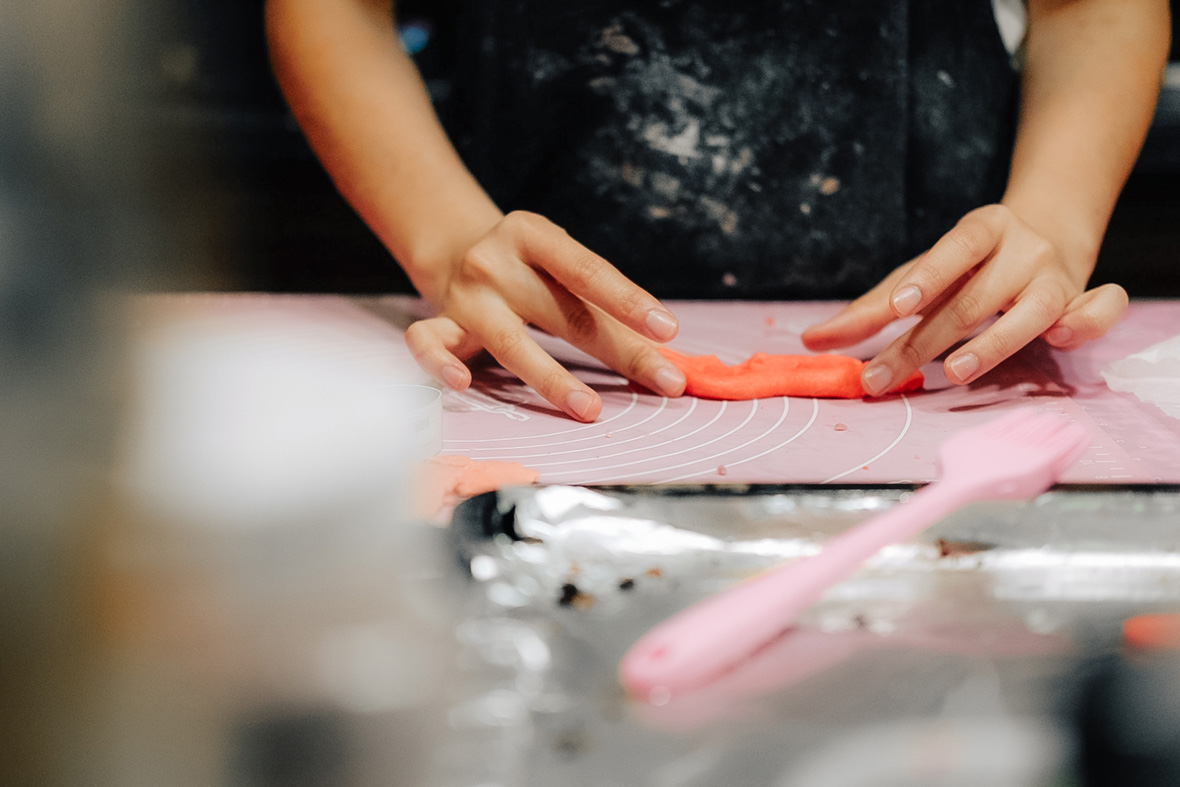
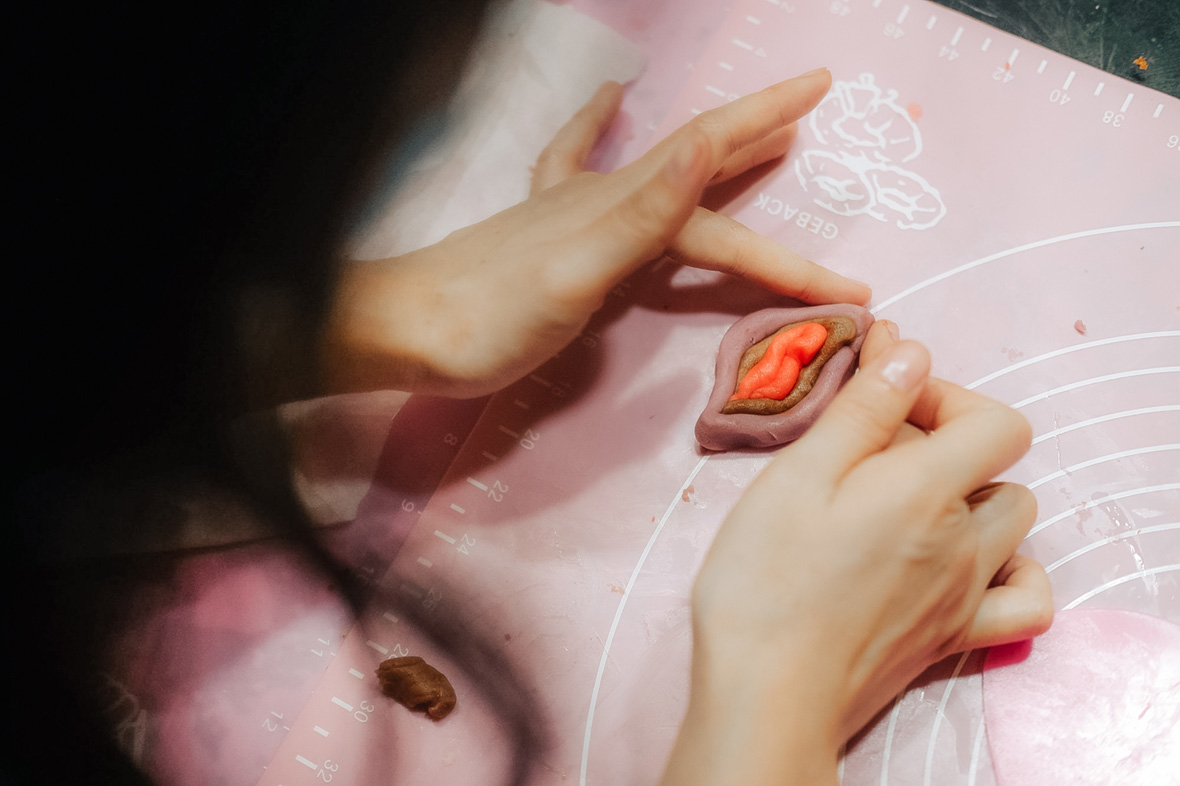
Her cookies land somewhere between cutesy and kooky. “While baby pink is the desired shade for vagina-rejuvenation procedures, my cookies are much more saturated and artificial-looking”, she says. She once received a comment on Instagram saying the cookies look like they’re infested with STDs. “Everybody’s got HPV, okay”, she laughs, quoting comedian Ali Wong. Branded as intentionally lowbrow, her edible art feels chaotic, organic, sensual. Despite their appearance, the confections are incredibly tasty.
Lac Hoang 的饼干既可爱又古怪。她说:“虽然人们做阴道修复手术时都想变得粉嫩一些,但我的饼干颜色更深,有一种人造的风格。”曾经有人在她的 Instagram 上留言,说这些饼干看起来像染了性病。她笑着引用喜剧演员黄阿丽(Ali Wong)的话说:“谁还没有过 HPV 呢!”她的艺术饼干有一种刻意而为的低俗化,混乱疯狂,毫不造作,又充满情色意味。不论外形如何,吃起来还是相当美味的。
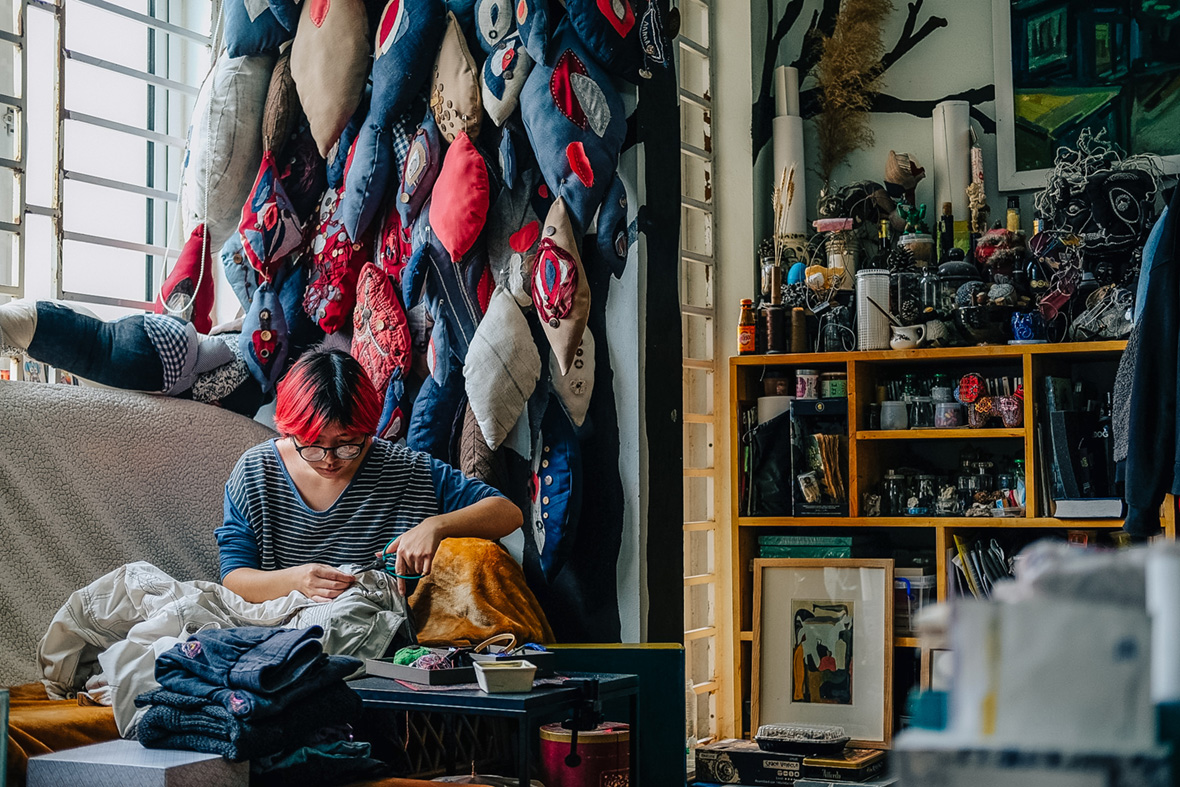
Nguyen’s elegant needlework is loaded with a darker context. Growing up in a strict, patriarchal household and having survived multiple sexual assaults, she regards hand-sewing vulva shapes as an act of self-care and resistance. A self-described “diligent pussy patcher,” she toils away at an embroidery hoop on most days, spending from several hours to a consecutive week on a piece.
She has been practicing this slow craft on her own for some time before starting an embroidery service as an outlet for intimate, one-on-one conversations with other women. She offers to fix worn-out clothes by embroidering a vulva on top of torn or stained surfaces. She has since given a second life to a variety of garments, including denim pants, T-shirts, knit cardigans, velour blankets, and more. Guided by imagination, she patches rips and exposed seams with blooming vulvas, tiny nipples, or even a rearranged reproductive system.
Nguyen Linh Phuong 优雅的针线作品却透露着一种暗黑的氛围。她成长于一个家规森严的父权家庭,曾遭受过多次的性侵犯。在她看来,手工缝制的阴户图案象征着一种自我保护和抵抗。她自称是“勤奋的阴道缝纫工”,整日埋头在绣花箍上穿针引线,一件作品需要花费几个小时到一个星期不等。
在很长的一段时间里,她一直独自练习这种“慢工出细活”的工艺;现在,她开始提供刺绣服务,藉此与其他女性进行亲密的一对一对话。她在破损或脏污的表面上绣上阴户图案,修补各种旧衣服。到目前为此,她已经翻新过各种各类的衣服,包括牛仔裤、T 恤、针织开衫、丝绒毯子等等。她借助丰富的创意想象,用阴户、乳头,甚至是重新排列的生殖器官来遮盖衣物的裂缝。
The bold project title Cái lồn gì đấy is a play on words. It is an expression of surprise and disgust, the reaction which she predicts onlookers would blurt out when seeing an ornate vulva hanging from a piece of clothing. Across languages, the female genitalia is frequently used in derogatory curse words, implying perceived shame and vulgarity. Clipped and harsh, lồn, meaning cunt, is likely the most offensive sound in the Vietnamese vocabulary. Yet she decides to use it instead of other tame monikers, hoping to dilute its cruelty and reclaim ownership of the term.
大胆的作品标题“Cái lồn gì đấy”(意为“What the cunt”)一语双关,既出人意外,也令人厌恶,她认为这是旁人看到这些衣服上的外阴图案时会脱口而出的反应。在各国语言的粗口里,经常会出现女性生殖器,让这种器官蒙上了一层羞耻与粗俗的色彩。“lồn”这个词意为阴道,发音短促刺耳,可能是越南语最令人反感的一个字。然而,她依然坚持使用这个标题,而不是其他循规蹈矩的标题,其意图在于淡化这个字的冒犯性,重新获得对这个字的话语权。
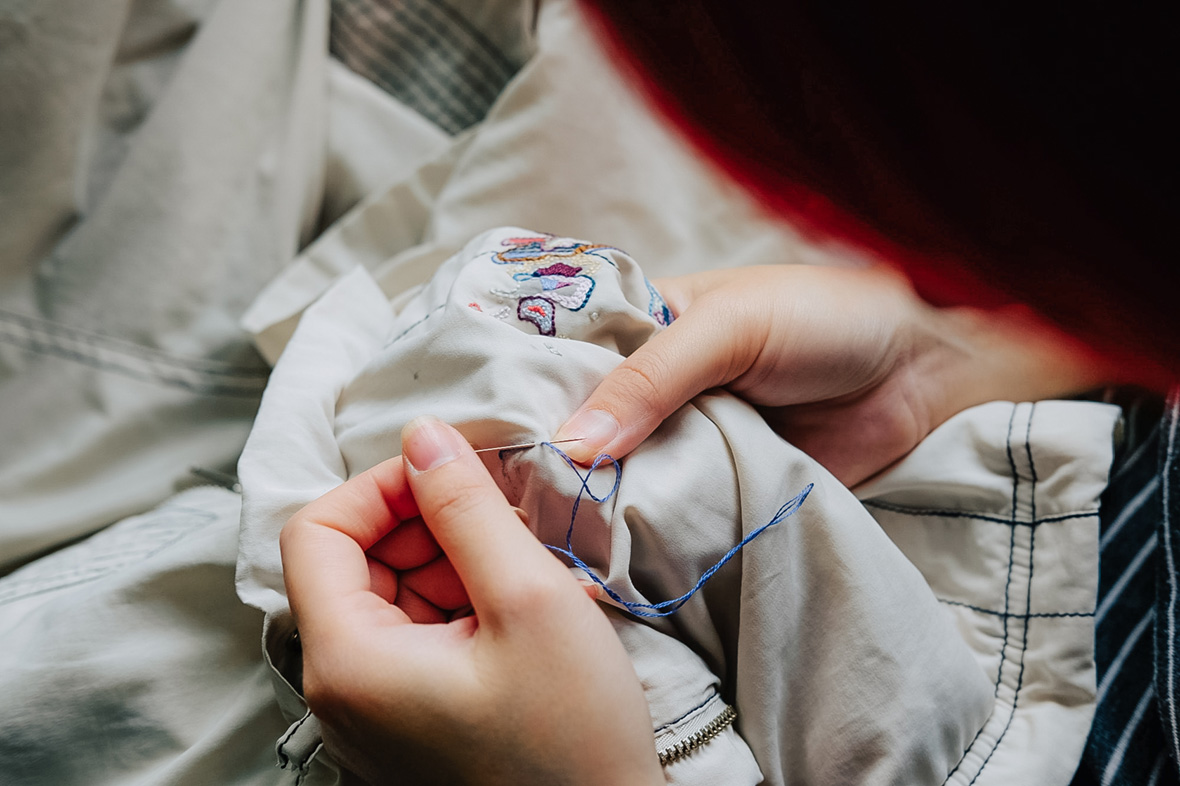
Graduating from the Vietnam University of Fine Arts, Nguyen is familiar with the deep-seated hierarchy of art media. Oil and lacquer paintings are universally revered, instantly qualifying as “serious art,” while contemporary mediums still have a hard time finding their ways into institutions. In fact, embroidery is especially looked down upon since it only requires relatively cheap materials and basic techniques. Despite being well versed in traditional media, Nguyen chooses to work with this underappreciated medium. She explains her fondness by saying that it reminds her of playing with stuffed animals as a child. Aside from the focus on fabrics, repurposing secondhand things is another prominent aspect of her art. For a piece titled Exposure/Hiding, she installed a wall of vulva cushions made from pieces of cloth her grandmother saved up from the subsidy period, which have little practical use in today’s modern life. Depicting the mysterious veil around the female sex organ, the exhibition space is kept dark and the audience has to use a flashlight if they wish to see her work in detail. With its abstract presentation, the audience doesn’t always recognize the work for what it is right away. When they do, it’s often followed by giggles, embarrassed looks, or raised eyebrows.
Nguyen Linh Phuong 毕业于越南美术大学,对艺术媒介的等级划分尤其熟悉。油画作品是“严肃艺术”,广受推崇,而当代新兴媒介的艺术作品至今仍然难以得到“体制”的认可。实际上,刺绣就一直备受轻视,原因在于其创作只需要便宜的材料和基本的技巧。虽然 Nguyen 也精通传统的艺术媒介创作,但她依然选择了这种未被充分重视的媒介。她说自己之所以喜欢刺绣,是因为刺绣会让她回想起小时候玩毛绒玩具的经历。除了注重面料的选择之外,重新利用二手物品也是她艺术创作的另一个重点。在一件名为《Exposure/Hiding》(暴露/隐藏)的作品中,她铺满了一墙的阴户靠垫,所用的布料来自她祖母在贫穷的年代积攒的布料,这些布料在现代的生活中几乎已经没有合适的用途。整个展览空间一片黑暗,以此突显围绕在女性性器官上的神秘面纱。如果观众想仔细观察她的作品,就必须打开手电筒。加上抽象的风格,观众有时不能马上意识到作品所描画的内容。而当他们看清之后,往往都会吃吃地笑出身,旋即露出尴尬或吃惊的表情。
Having their work available for purchase encourages interaction and further drives conversations about these hush-hush topics. Hoang plans to make cookies that tackle other relevant subjects such as female pleasure and sexual diversity, thus promoting civilized communication on sex. Luckily, Nguyen and Hoang aren’t alone. There’s a movement to normalize discussions about sex and sexuality in Vietnam with a handful of active community art projects that have popped up, notably Bàn lộn (Vulva Talks) which invites participants from all walks of life to draw their perception of the vulva and share their personal relationship with it.
While not intentionally made to provoke, their handcrafted vulvas send a powerful message. They skirt the virtue of modesty, grace, appropriateness; qualities that have confined women by putting them on a pedestal. Through cookie dough and embroidery tools, two young artists put forward their own version of femininity and elevate women’s everyday creativity as a form of art.
创作这些便于购买的作品能鼓励更多的互动,进一步推动人们谈论这些“禁忌”话题。Nguyen Linh Phuong计划制作其他相关主题的饼干,例如女性愉悦和性多元化问题,促进人们对性话题进行更多有意义的交流。值得庆幸的是,Nguyen Linh Phuon 和 Lac Hoang 并非孤军奋战。在越南,人们正开展一项运动,旨在通过一些活跃的社区艺术项目鼓励人们探讨性与性取向的问题,其中一个突出的项目就是“Bàn lộn”(阴道对话)。该活动会邀请各行各业的人来分享他们对阴道的看法与见解,以及自己与阴道的个人关系。
她们的阴道艺术作品并非旨在故意挑衅,但仍传达了一个强有力的信息,抛开了谦虚、优雅和得体这些道德绑架女性的特质。这两位年轻的艺术家通过面团和针线,表达着自己眼中的女性气质,将女性在生活里的平凡创意,变成一种艺术形式。
Like our stories? Follow us on Facebook and Instagram.
Instagrams: @claycookiesvn | @cailongiday_wtc
Contributor & Photographer: Ha Dao
Chinese Translation: Olivia Li

